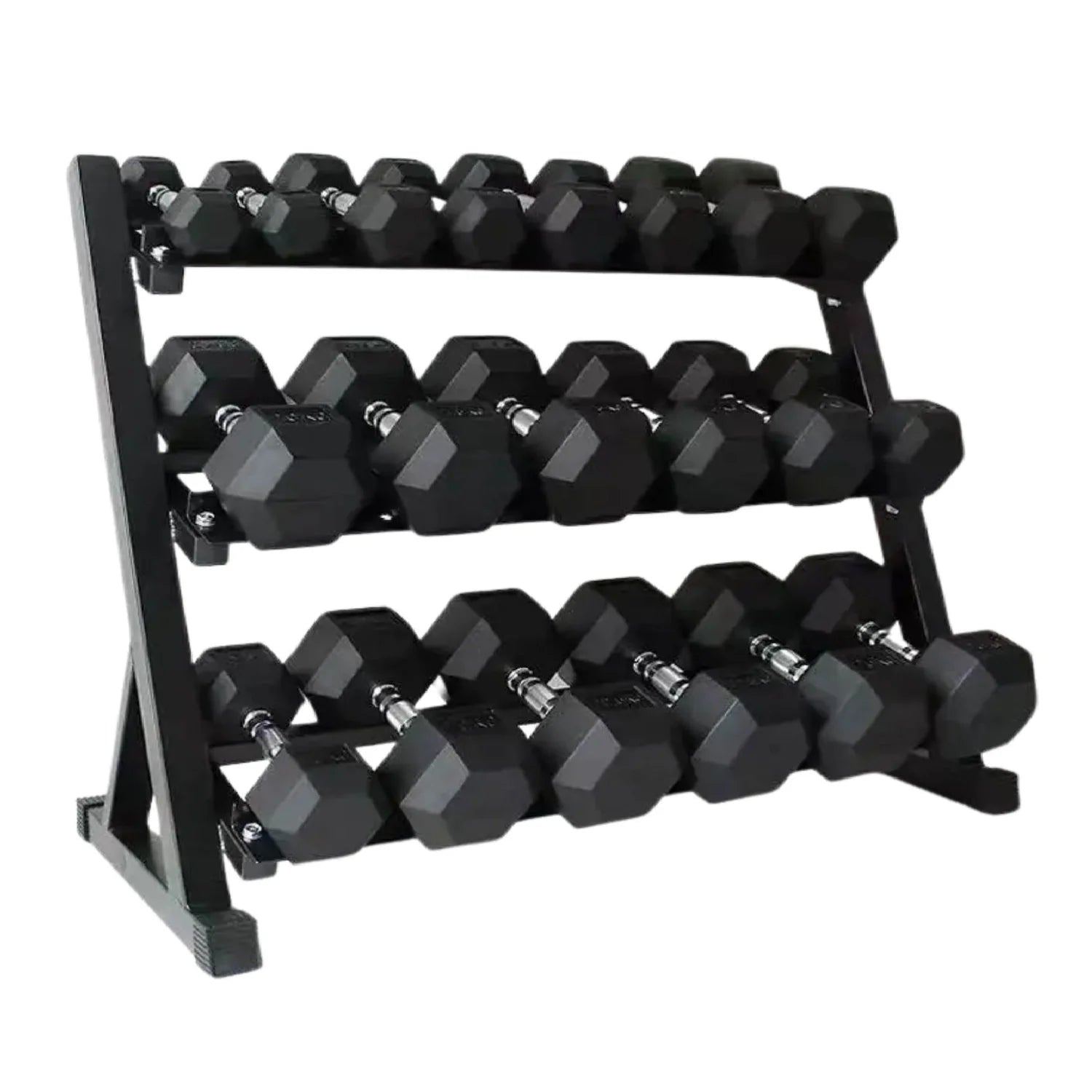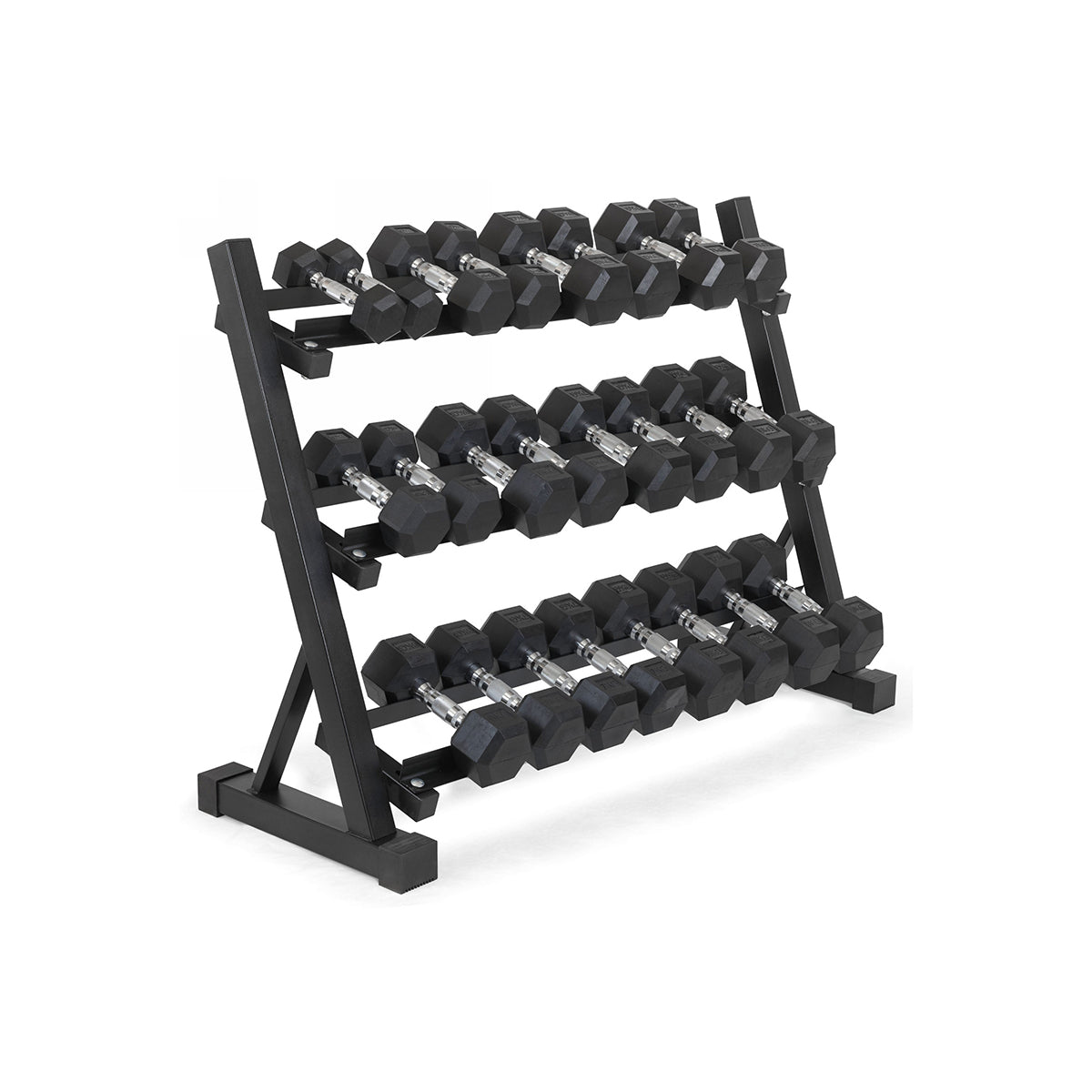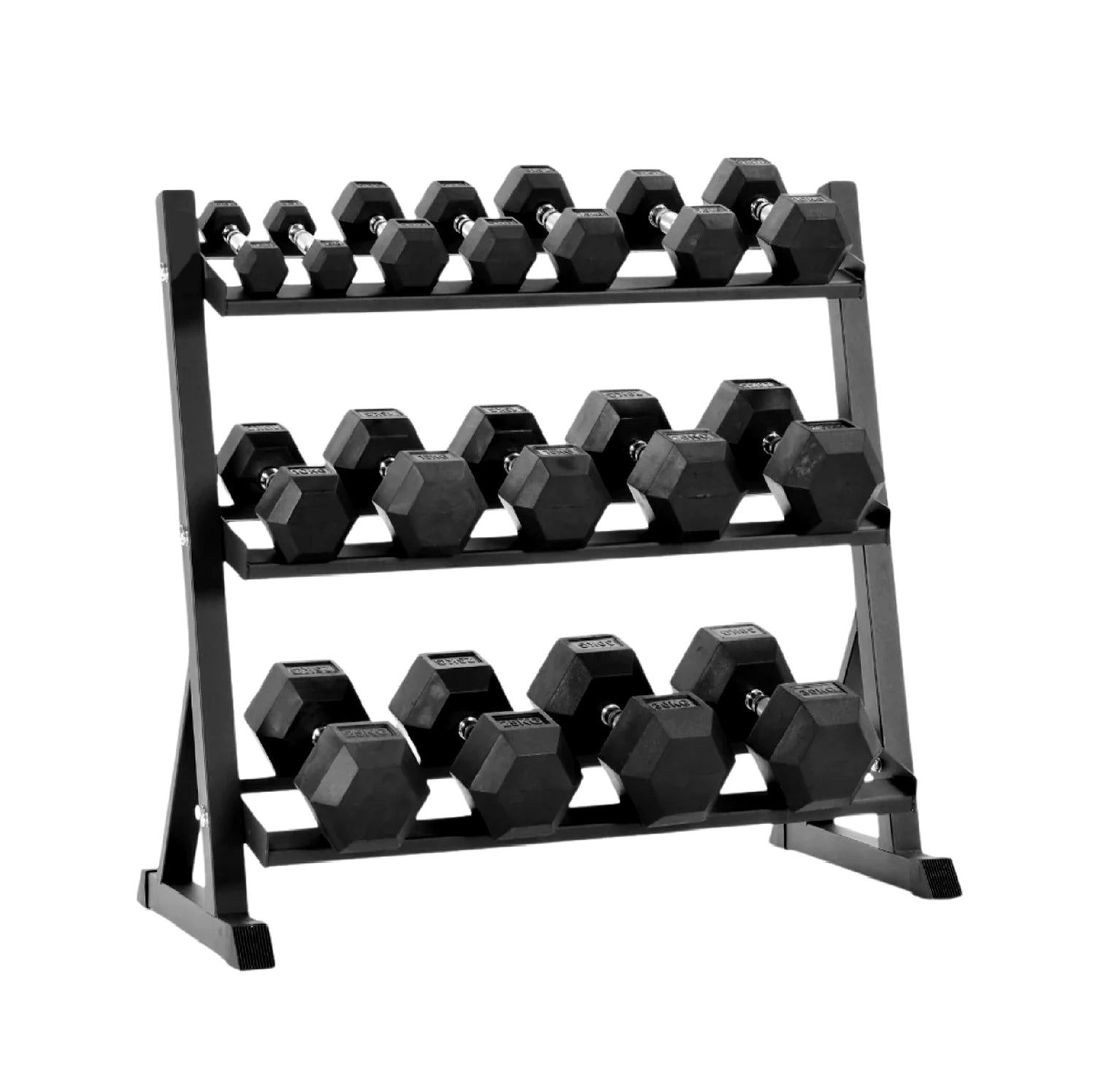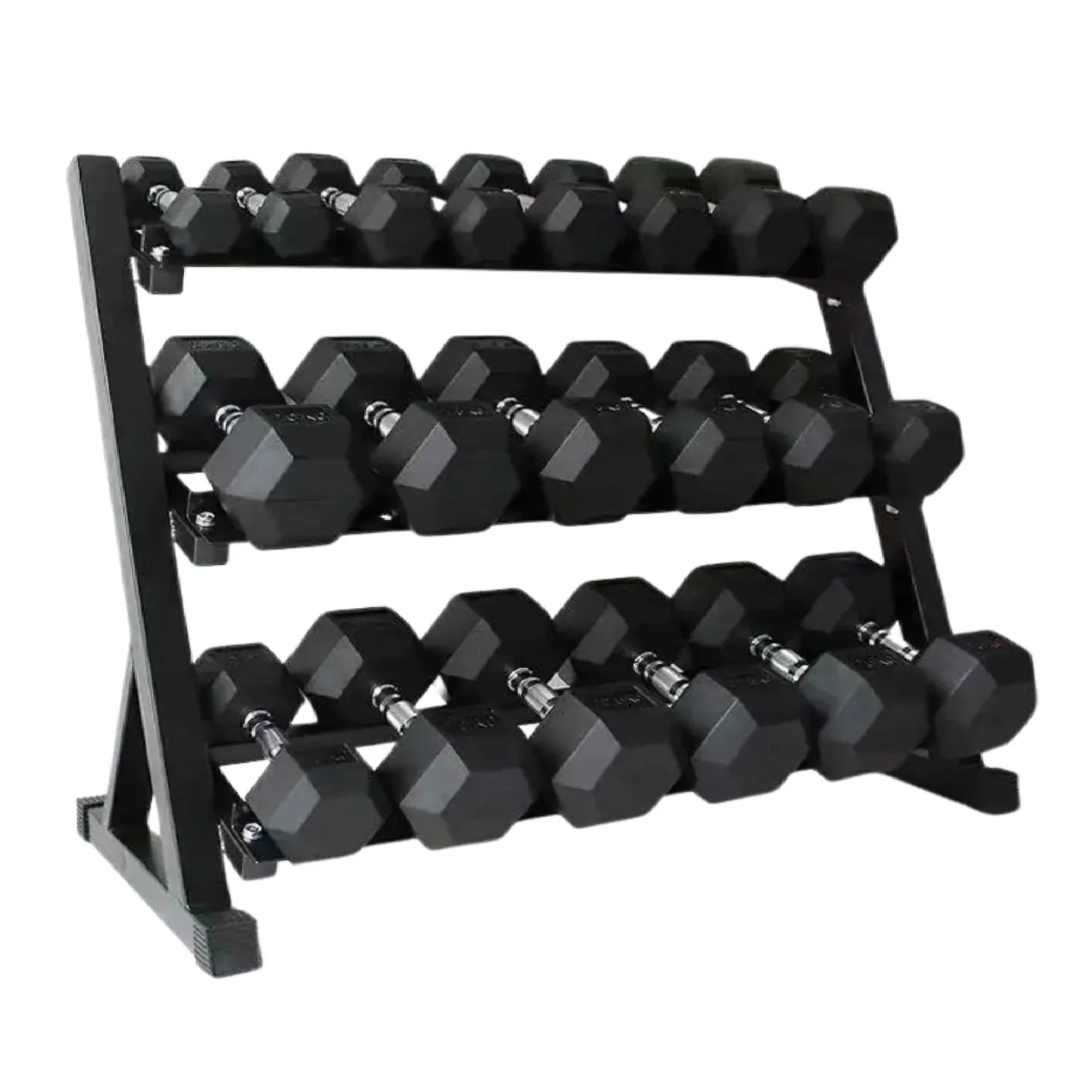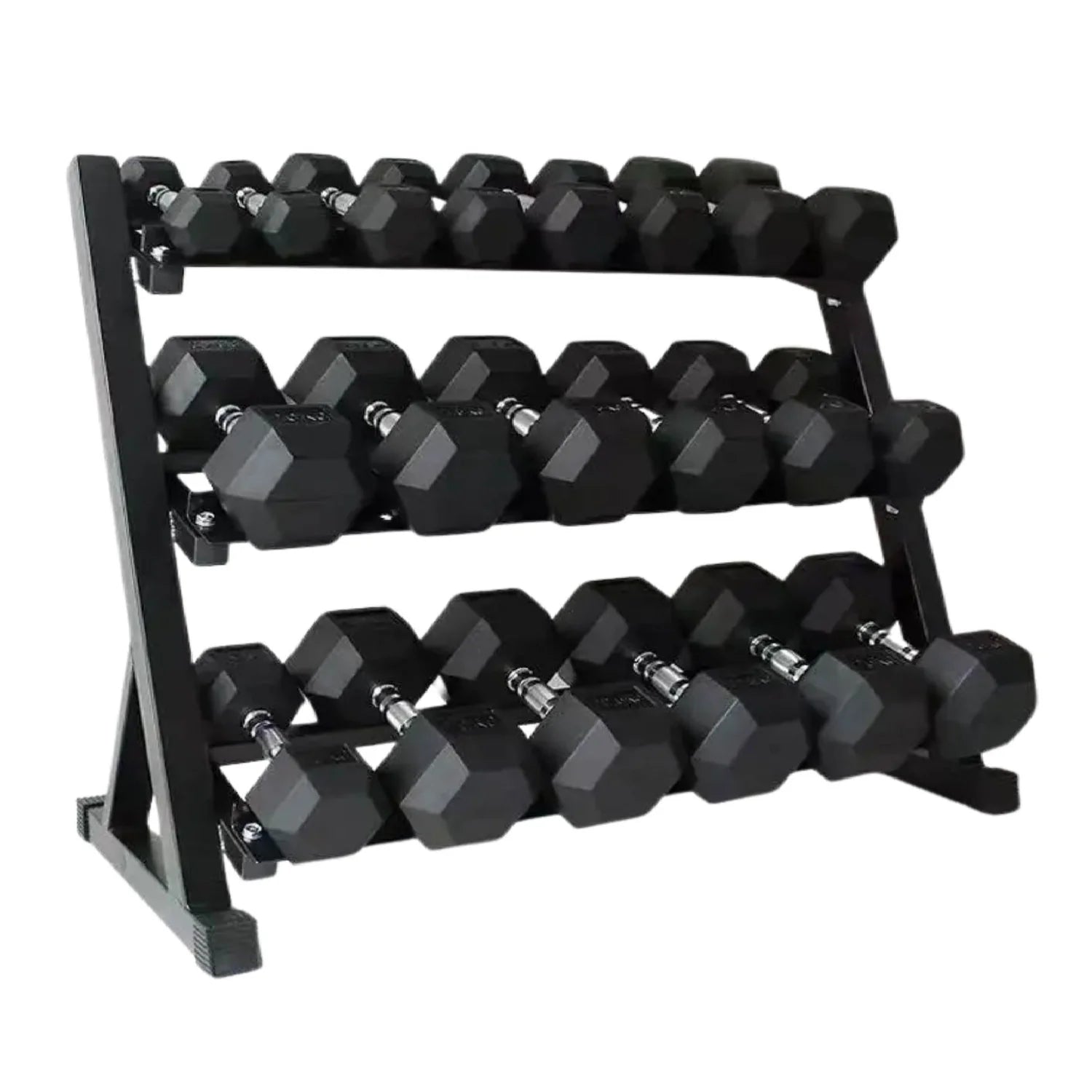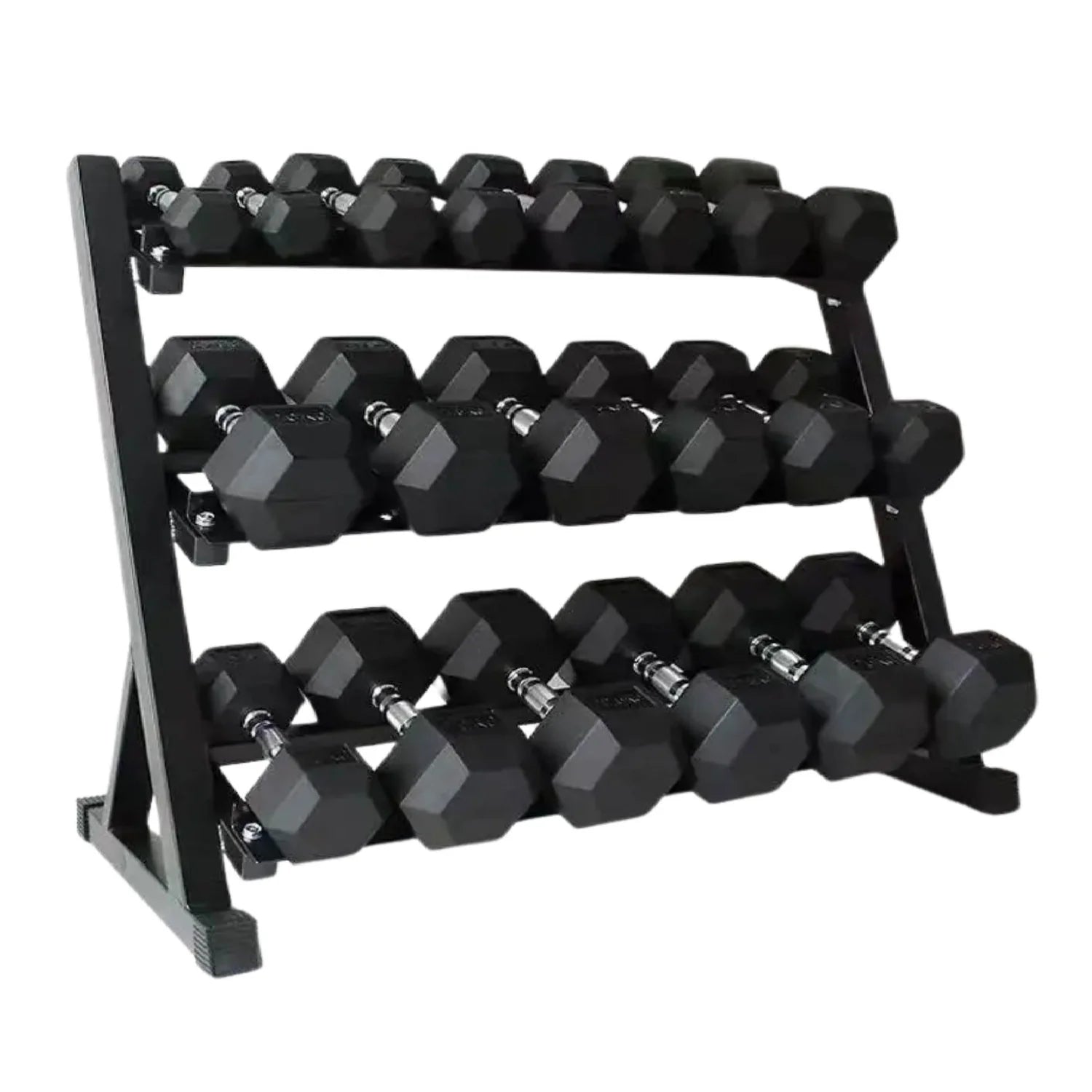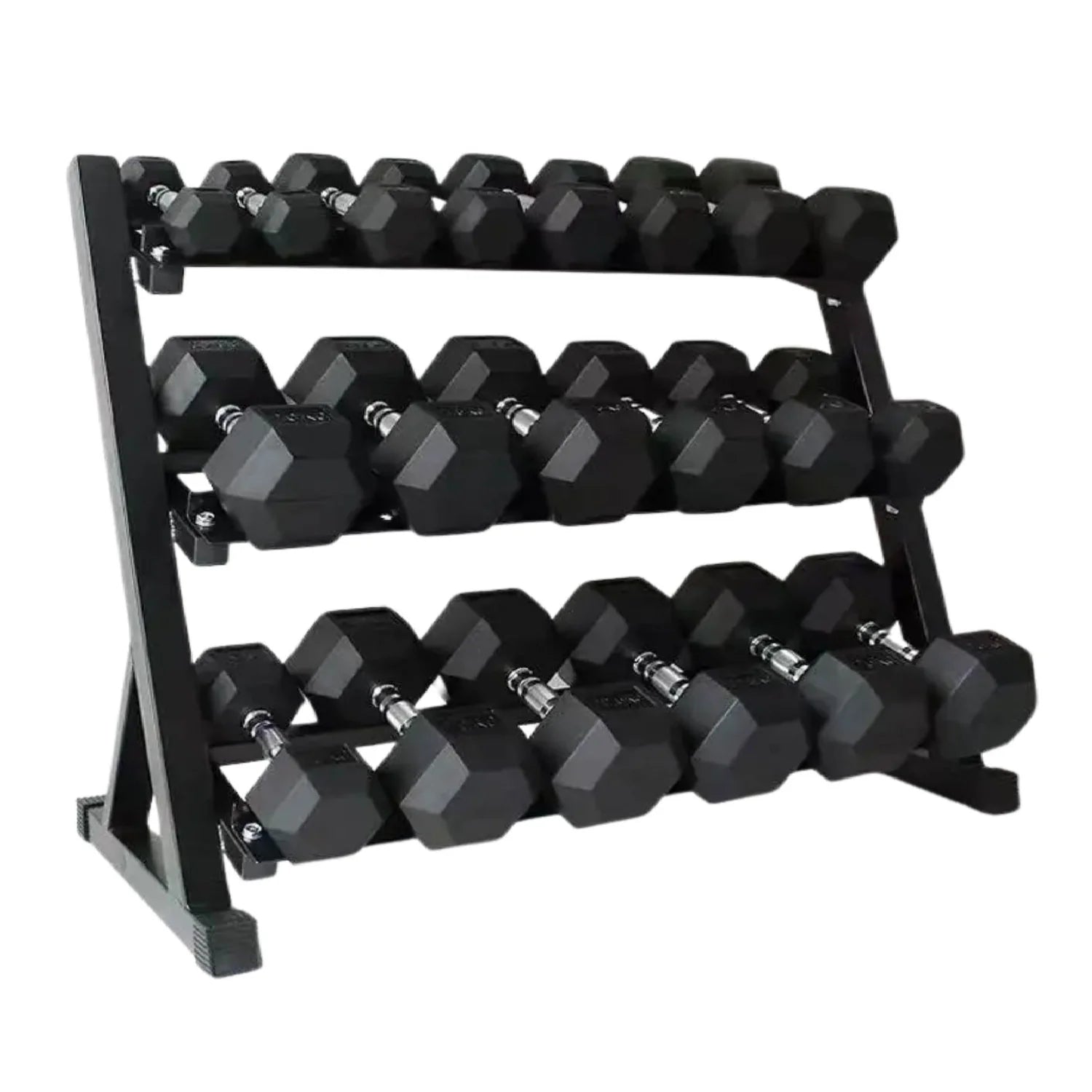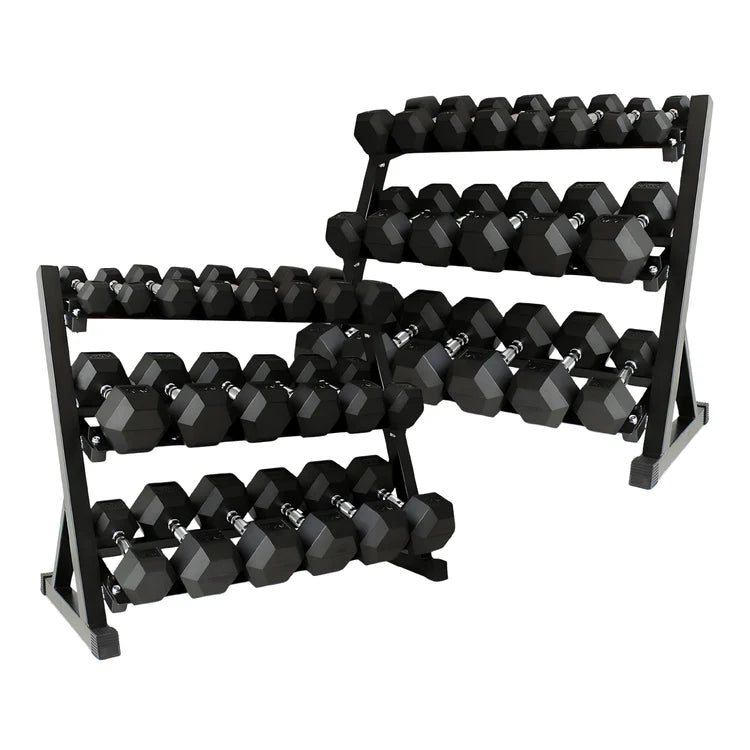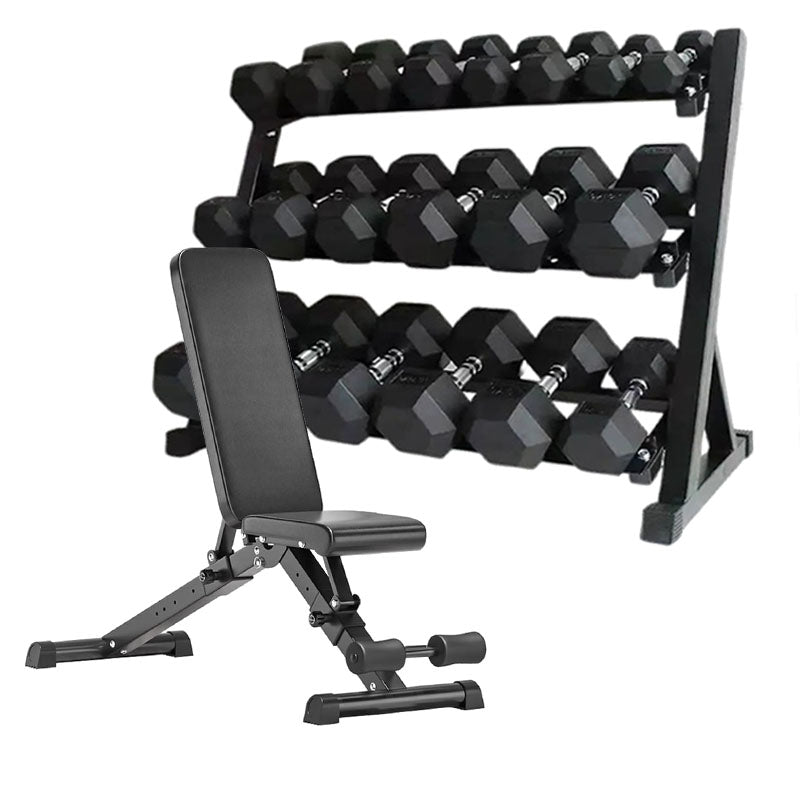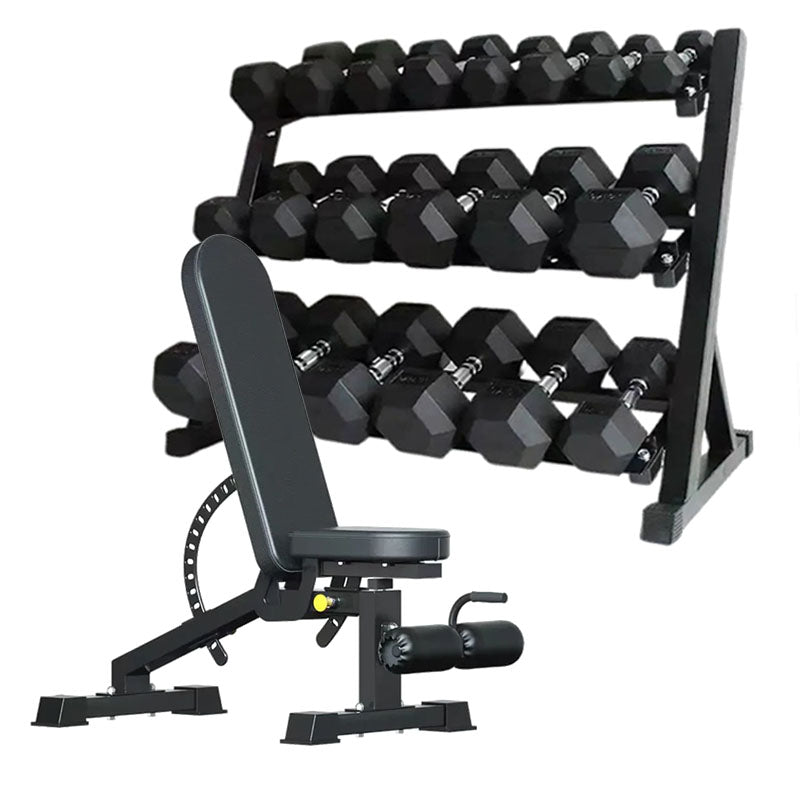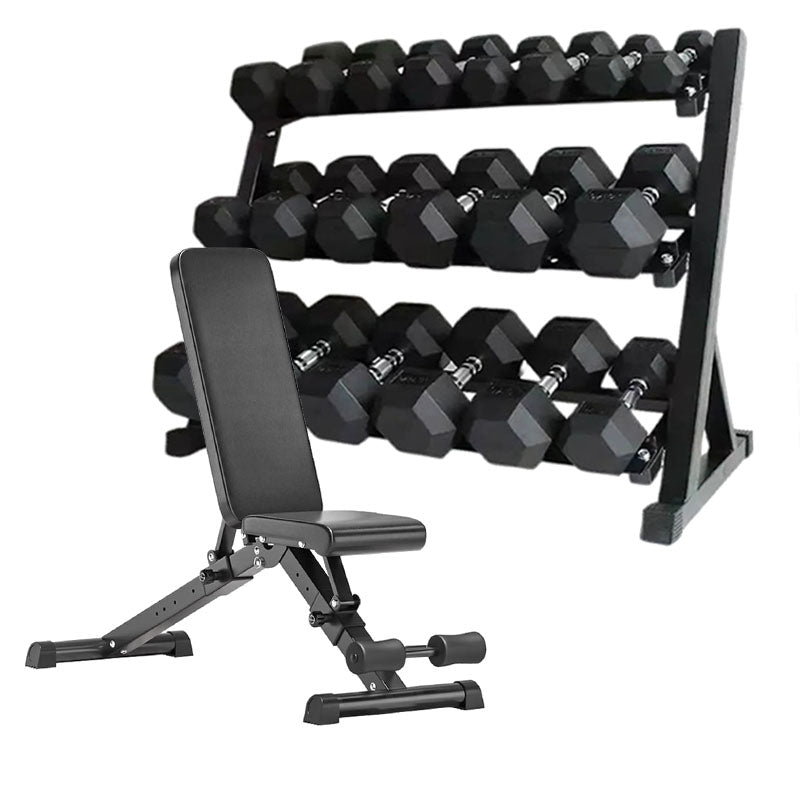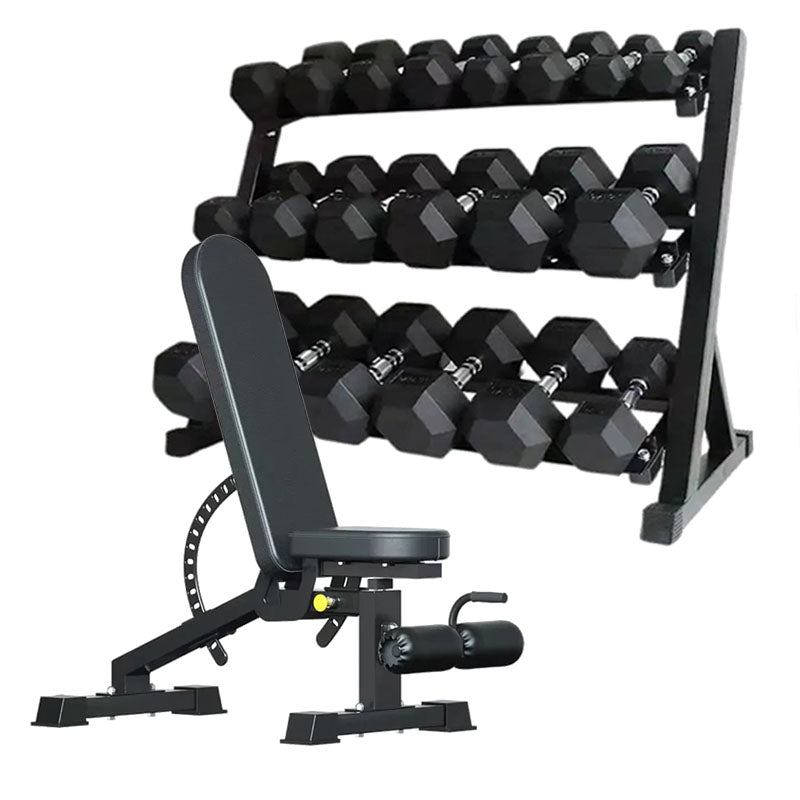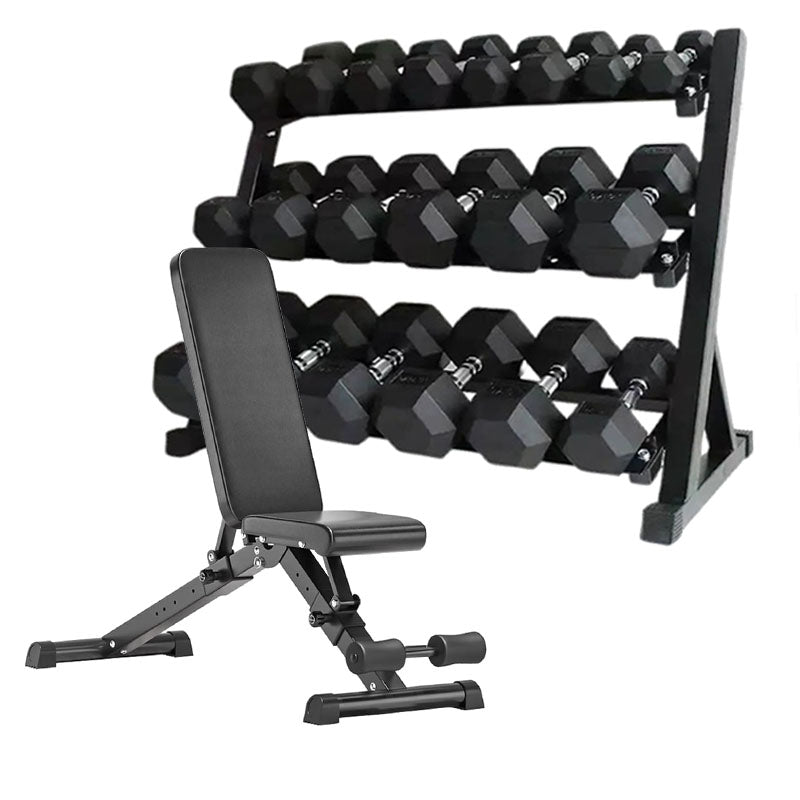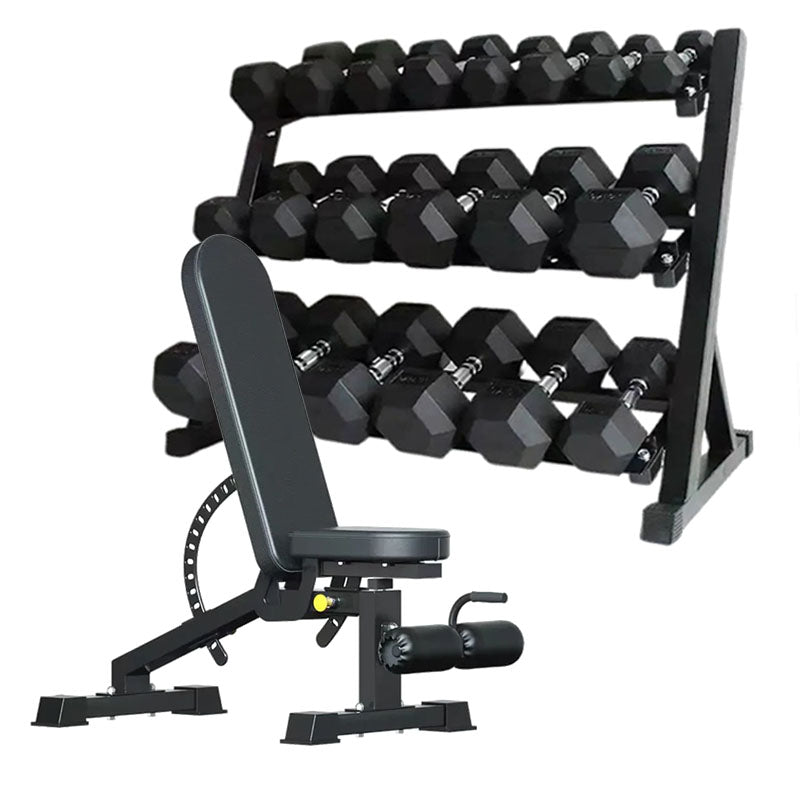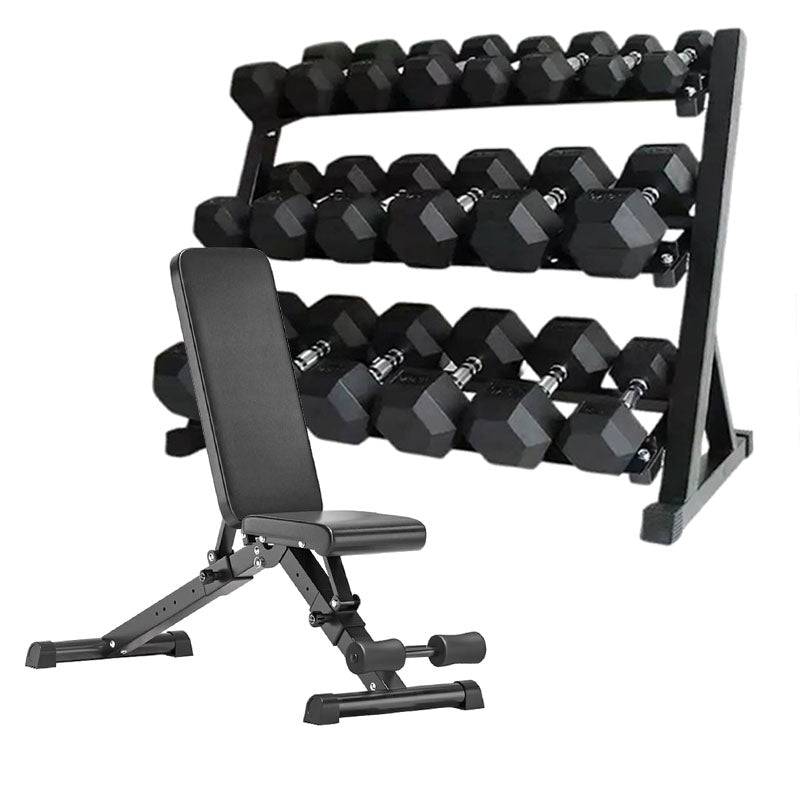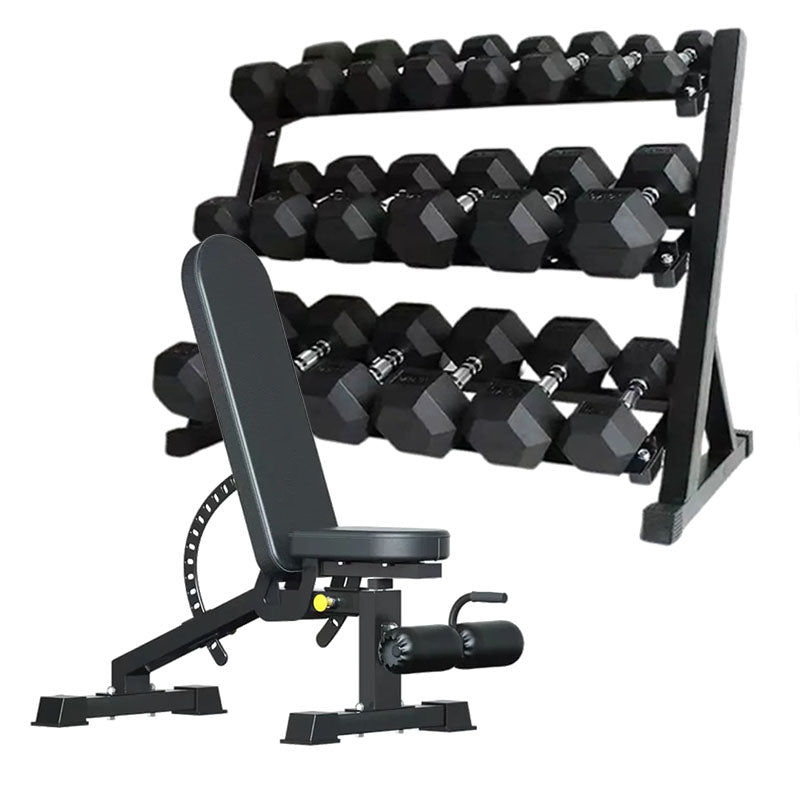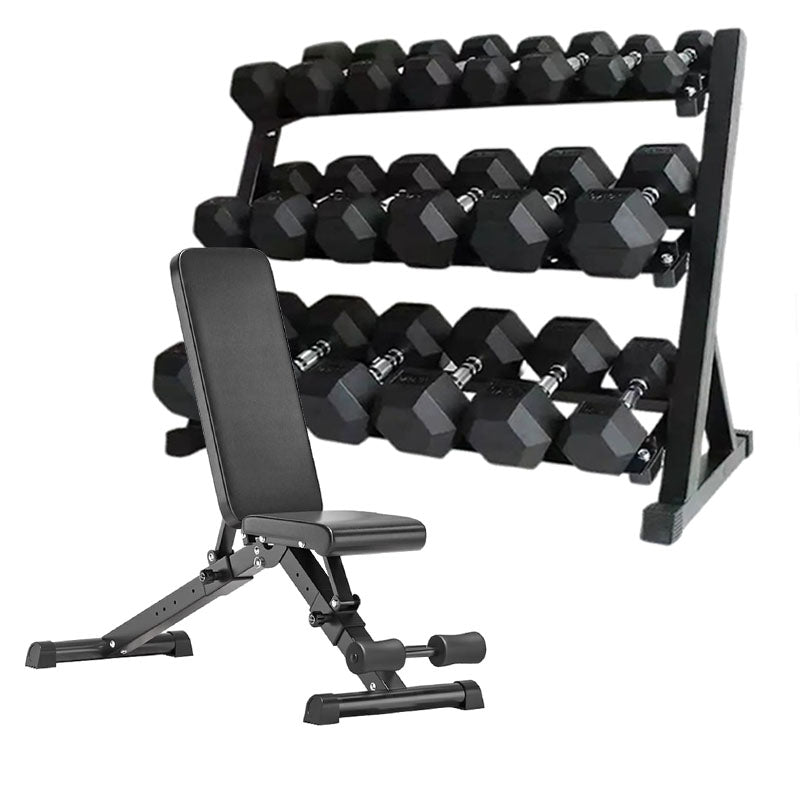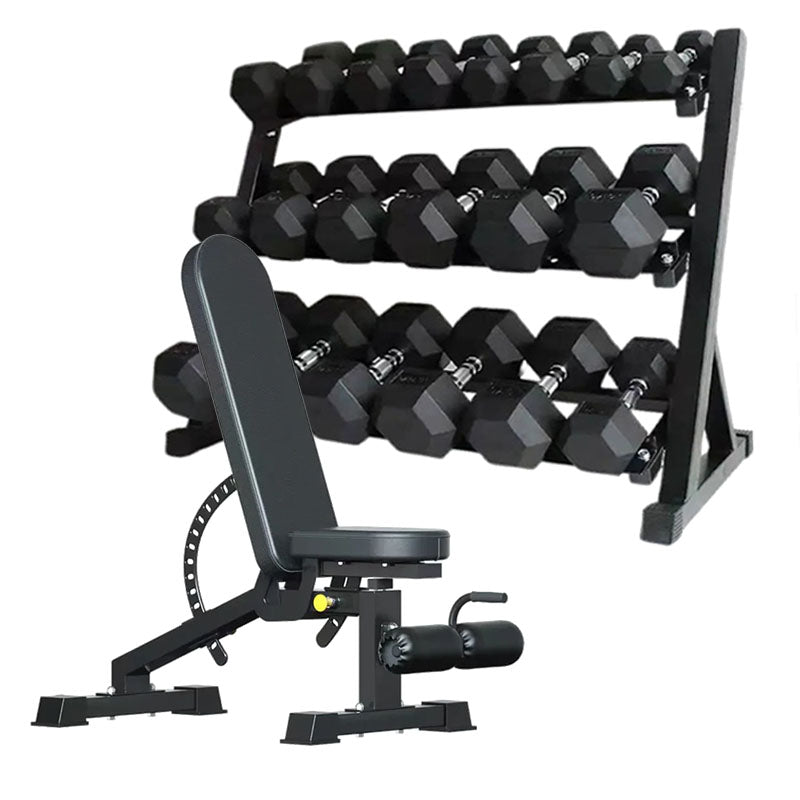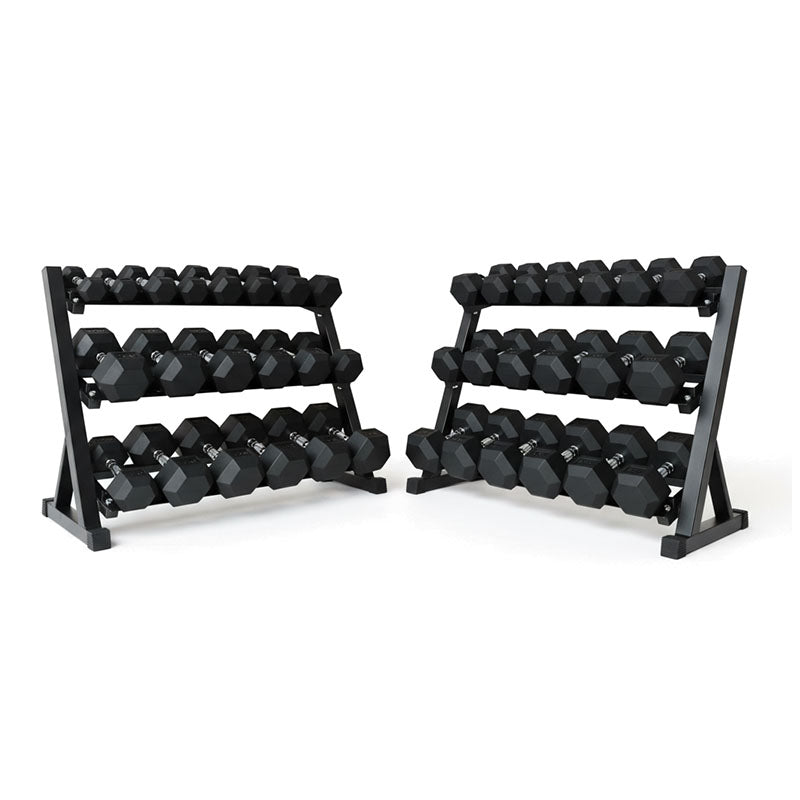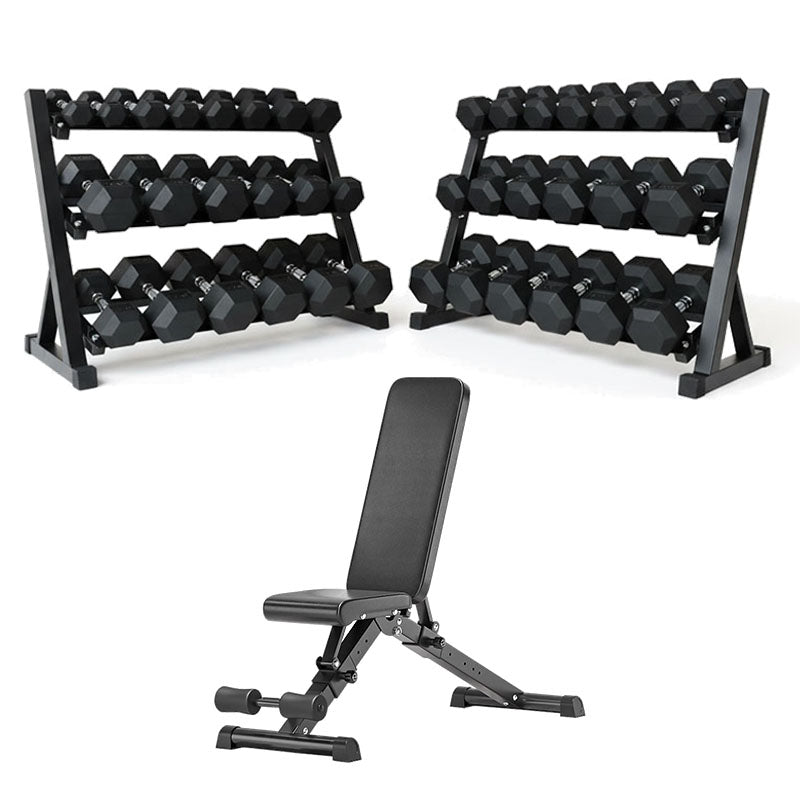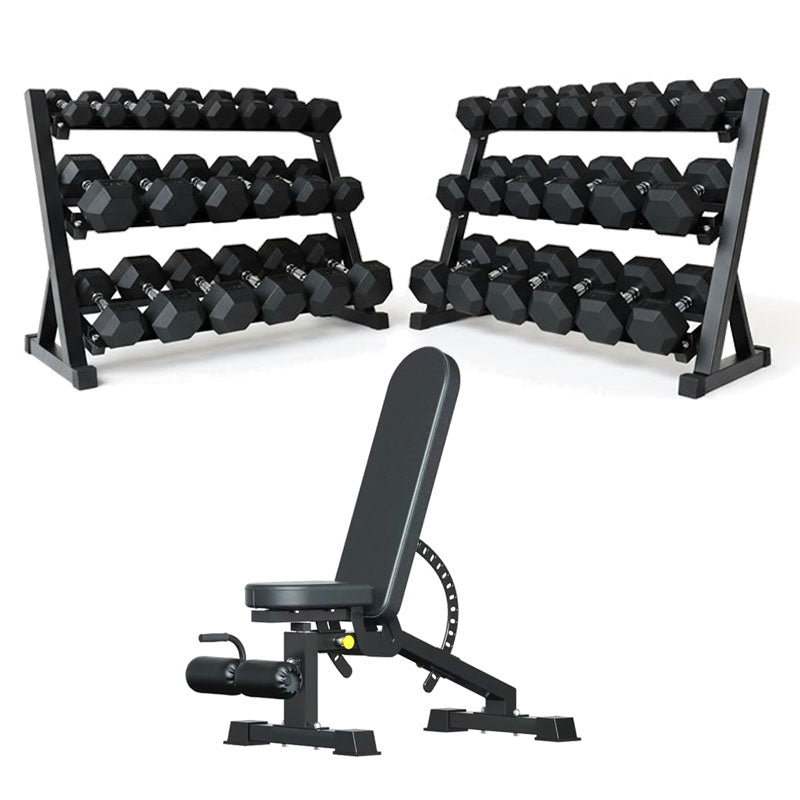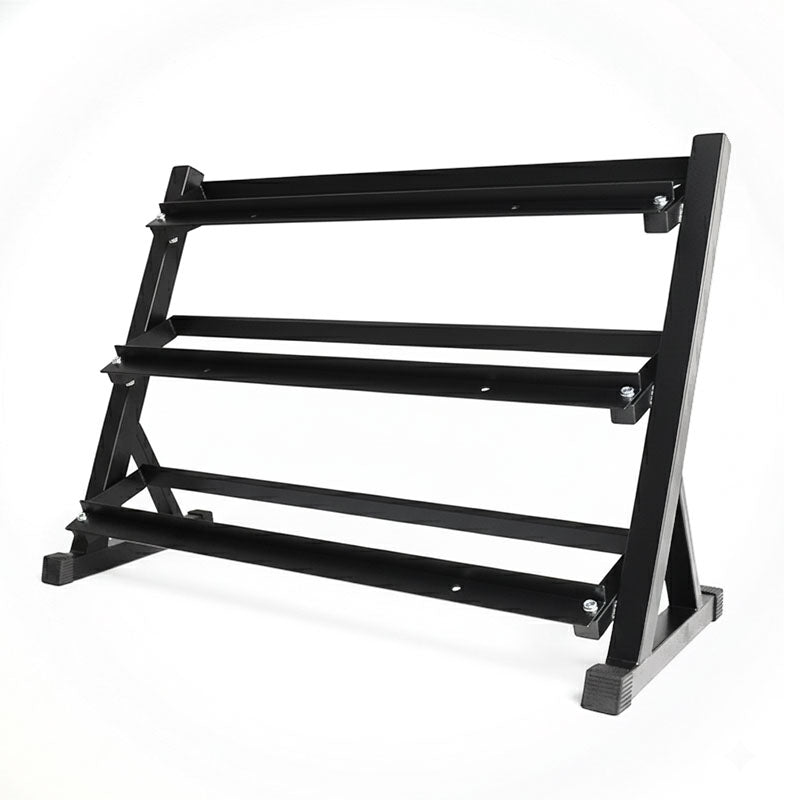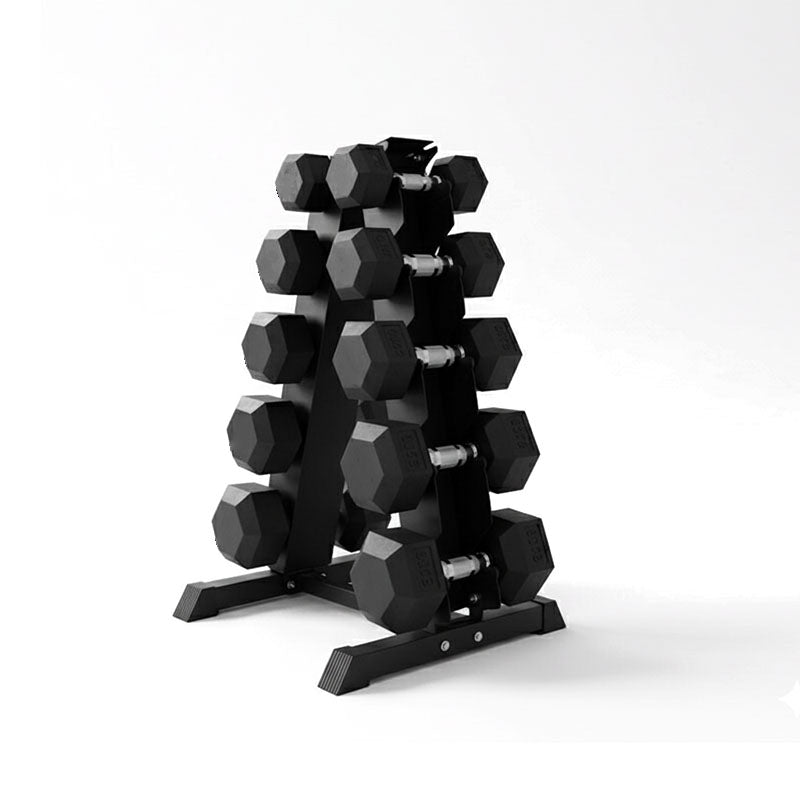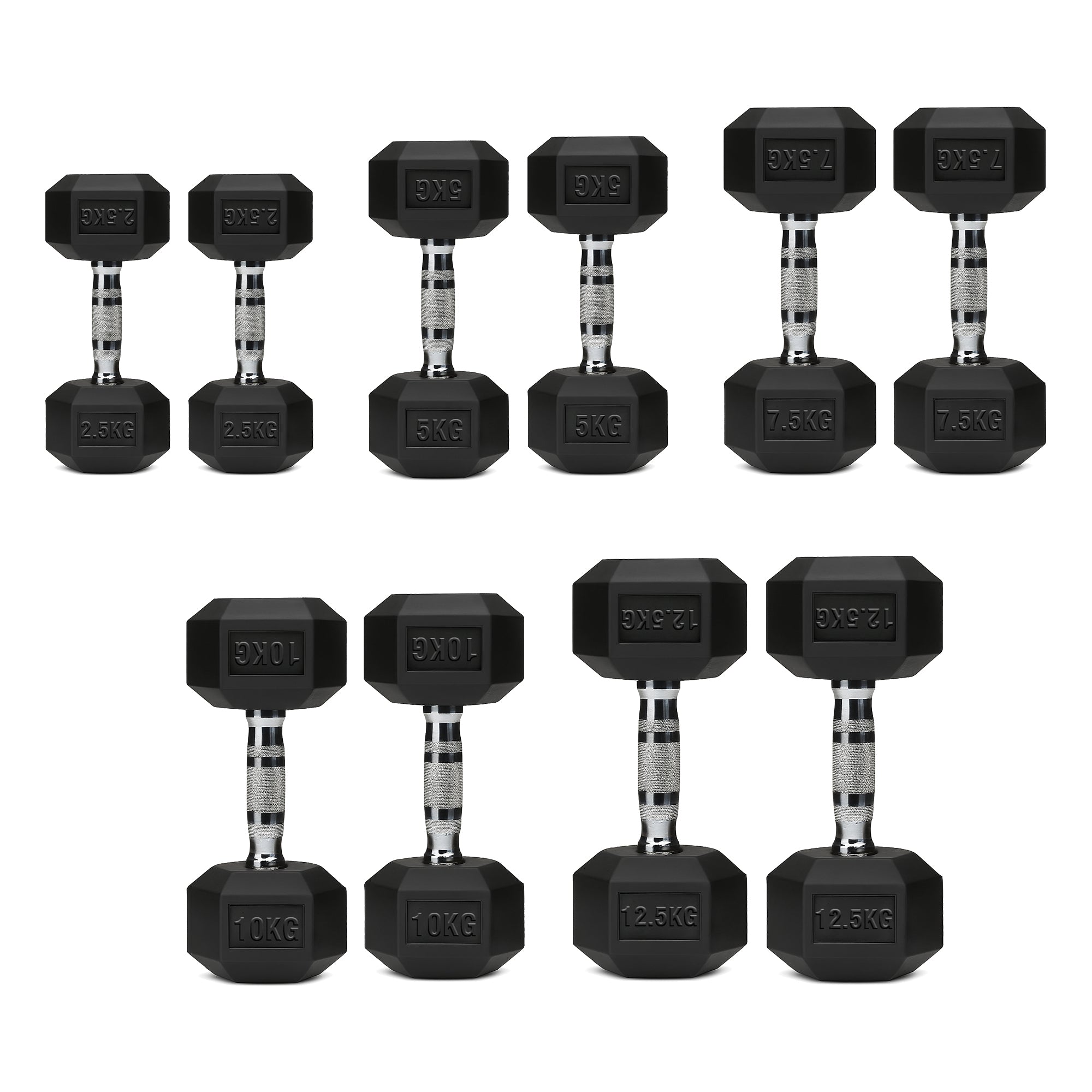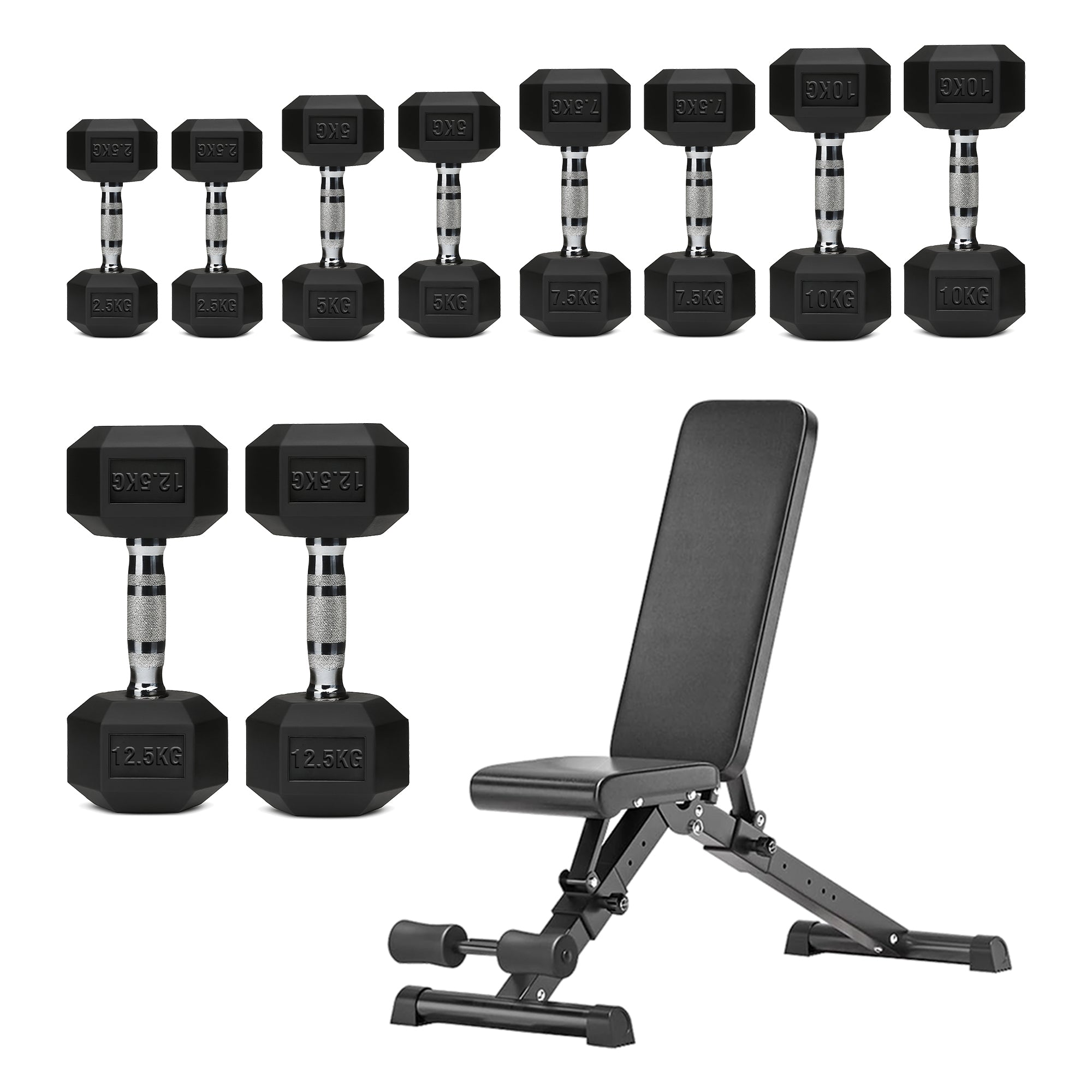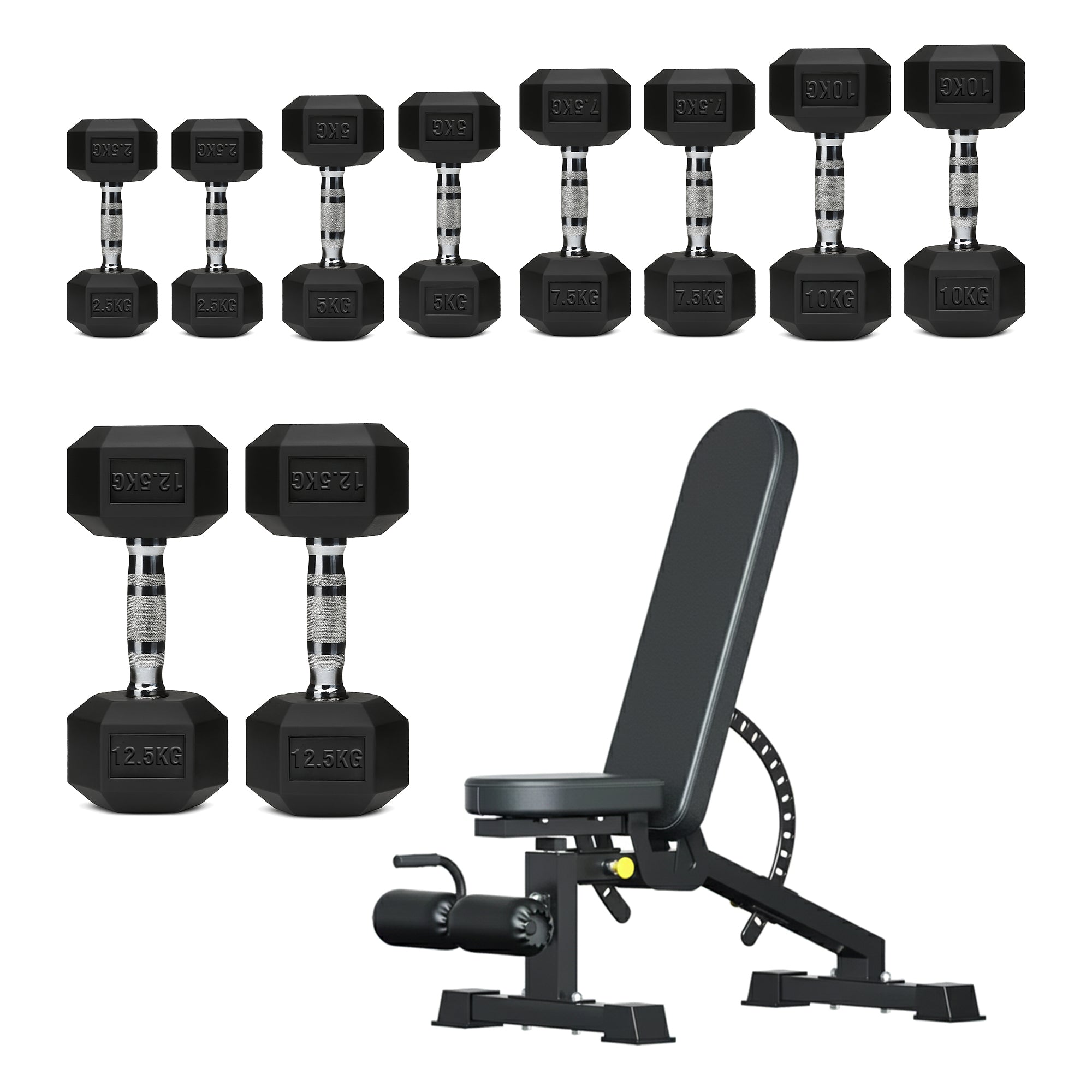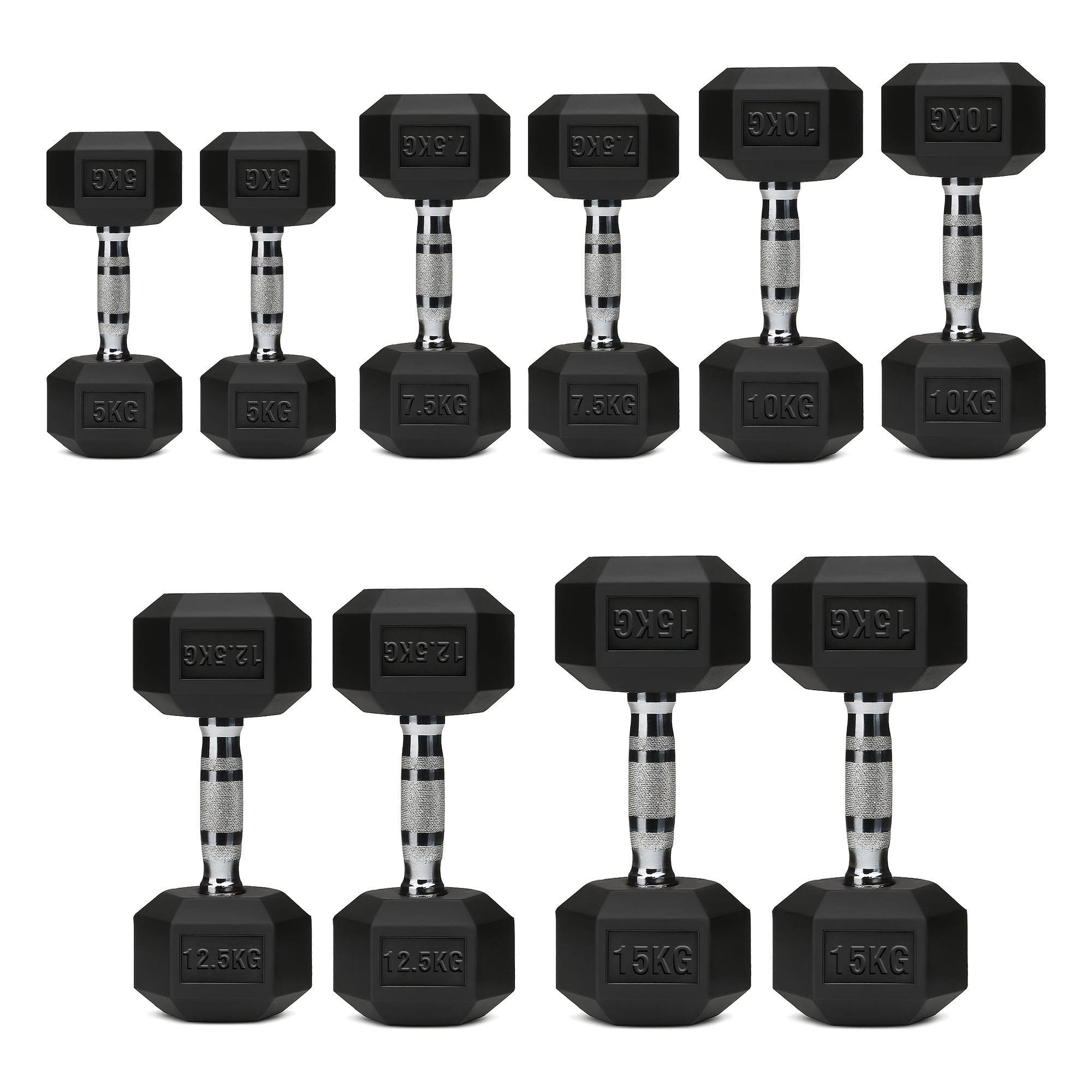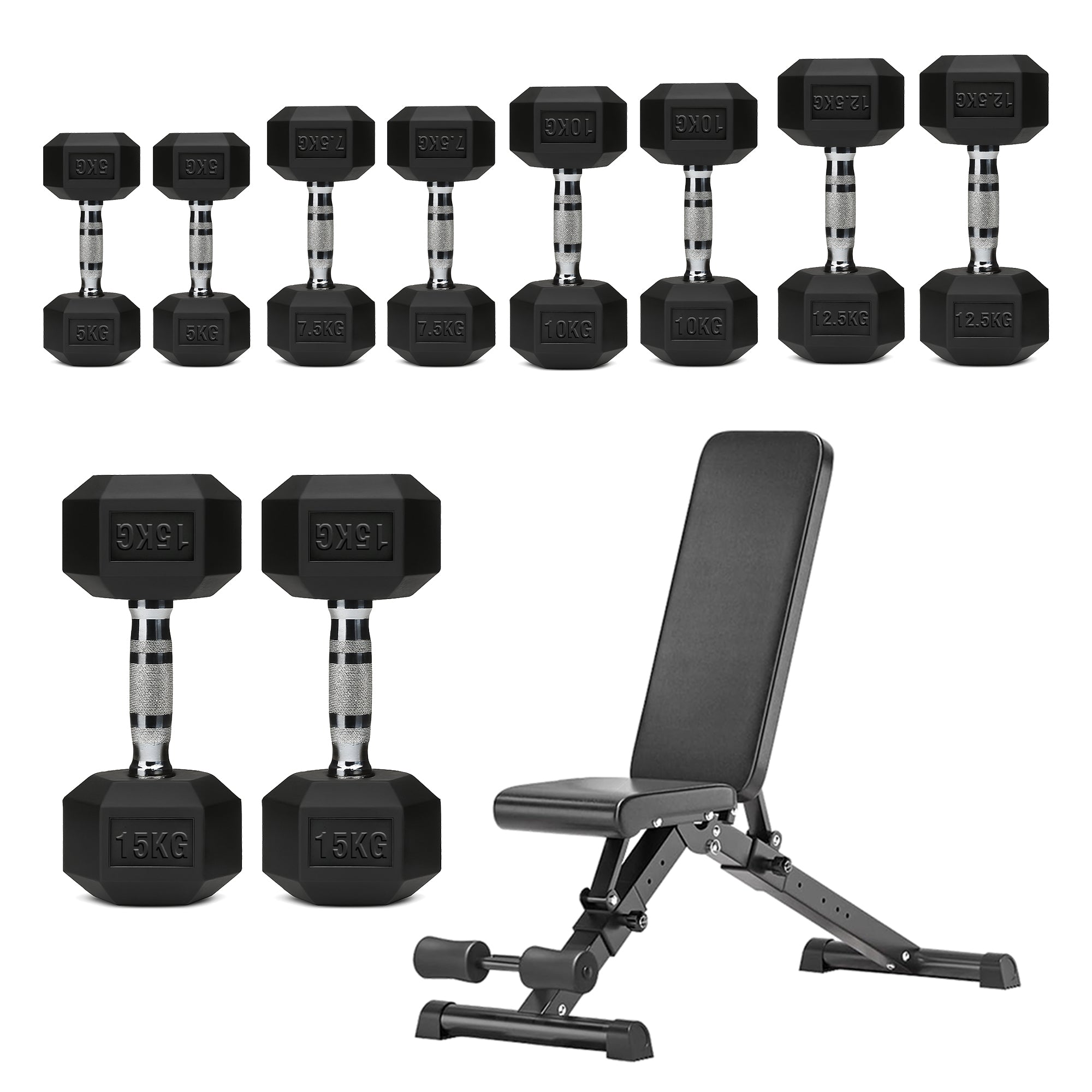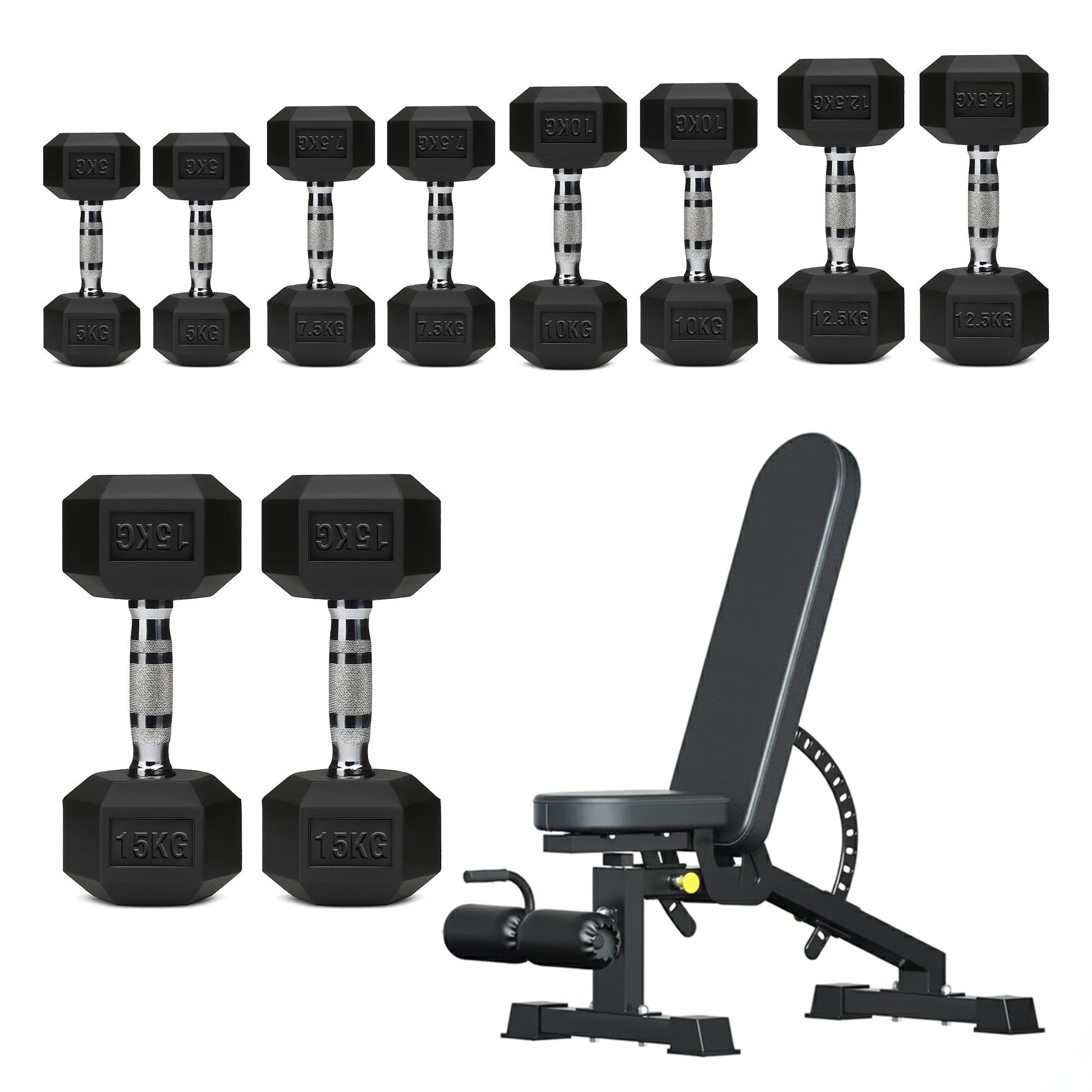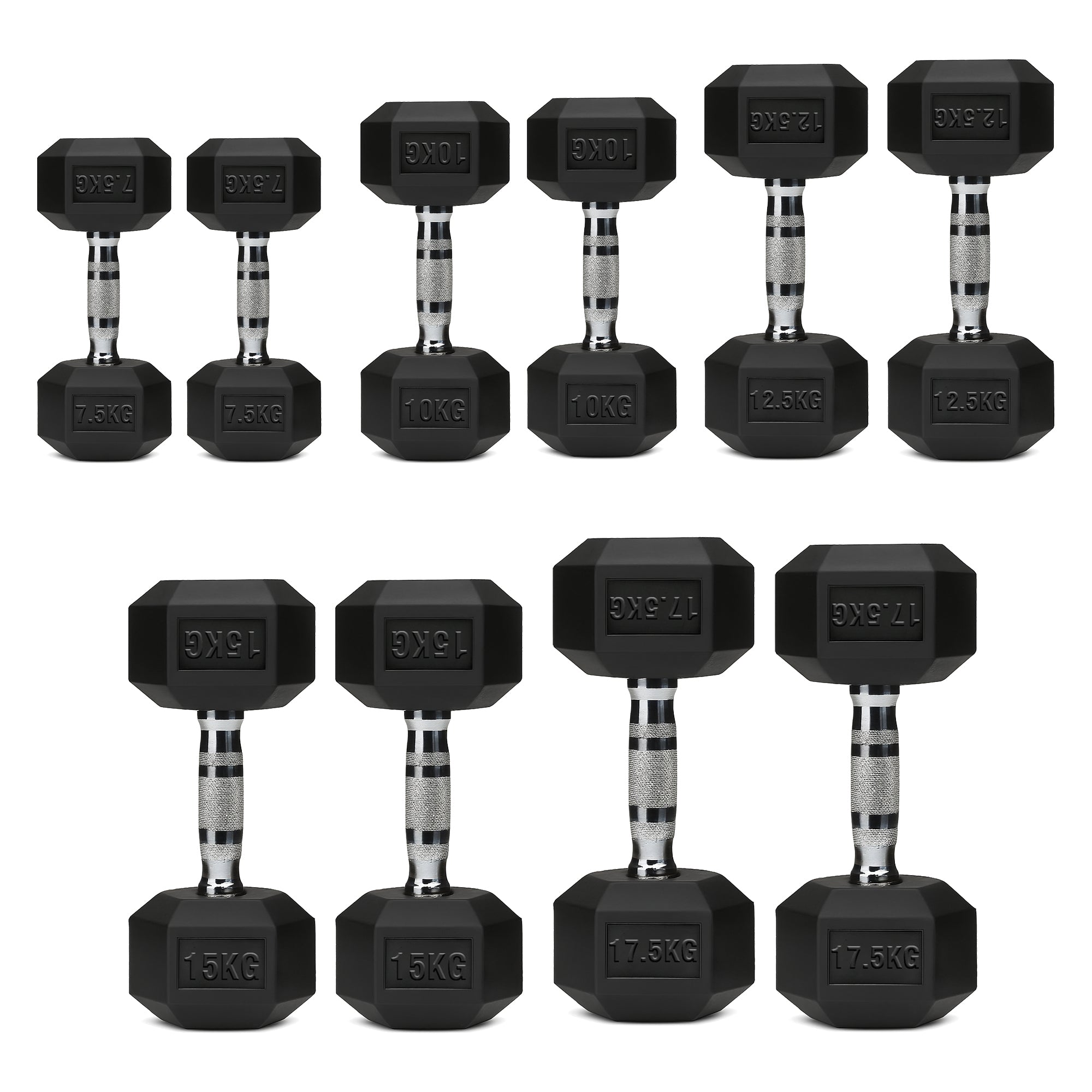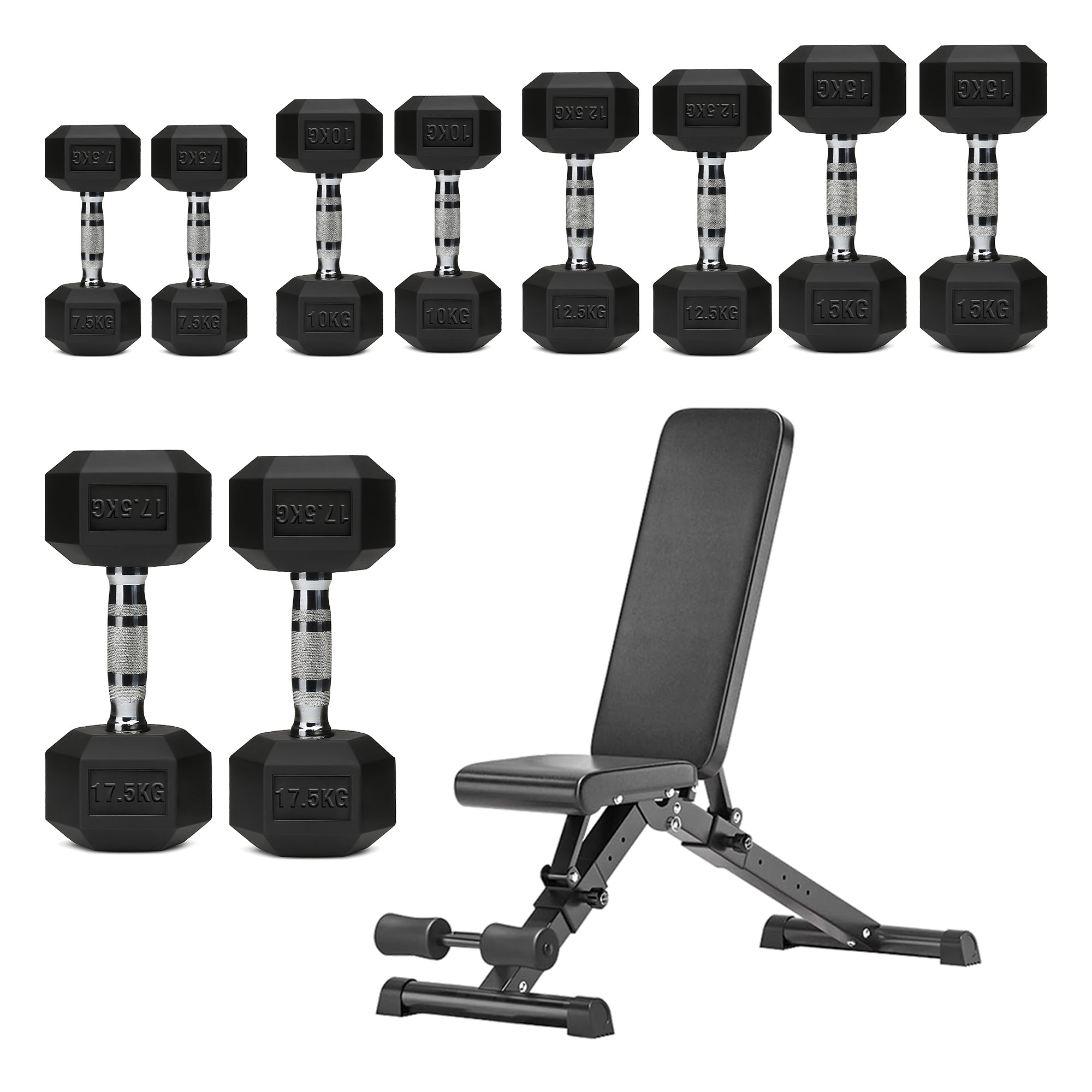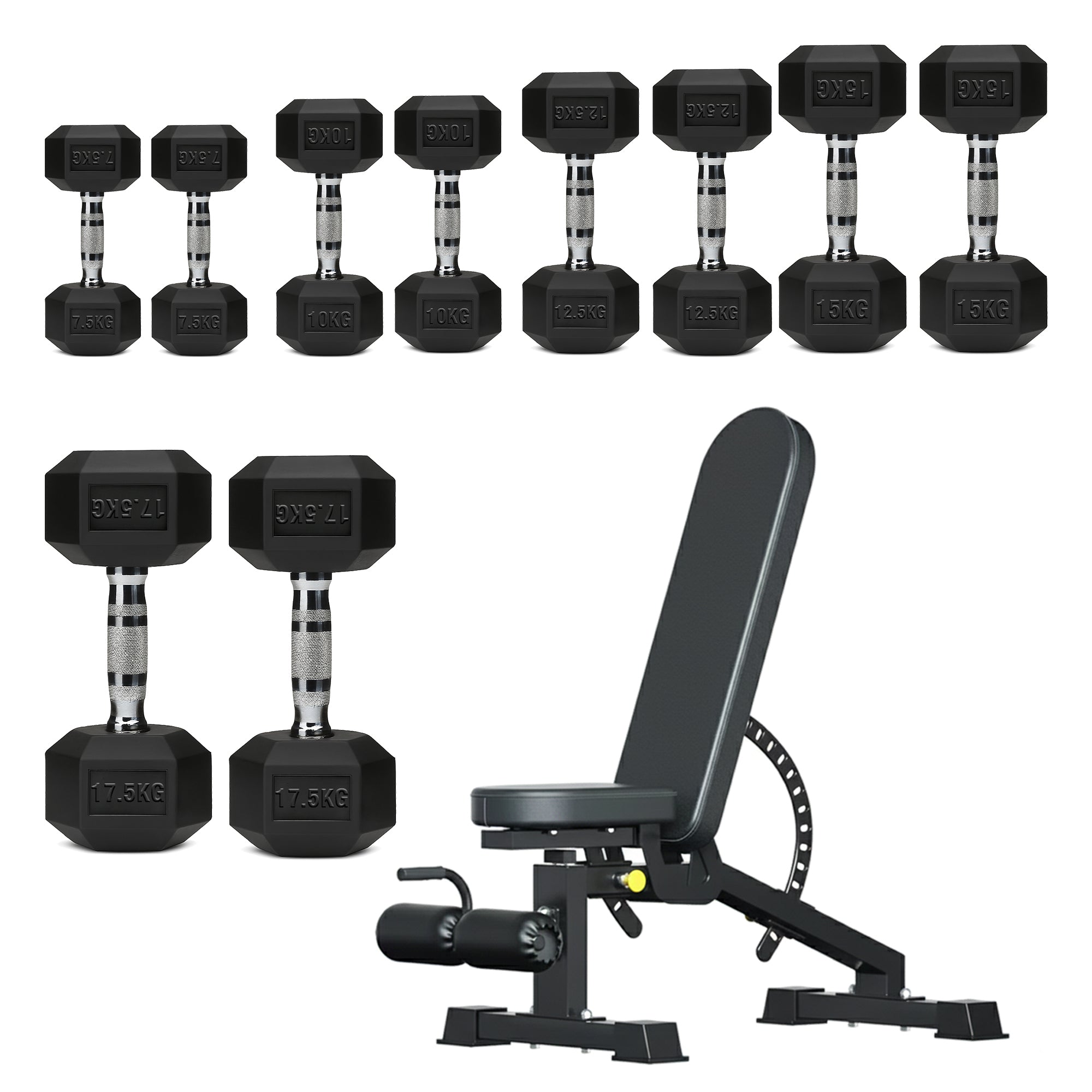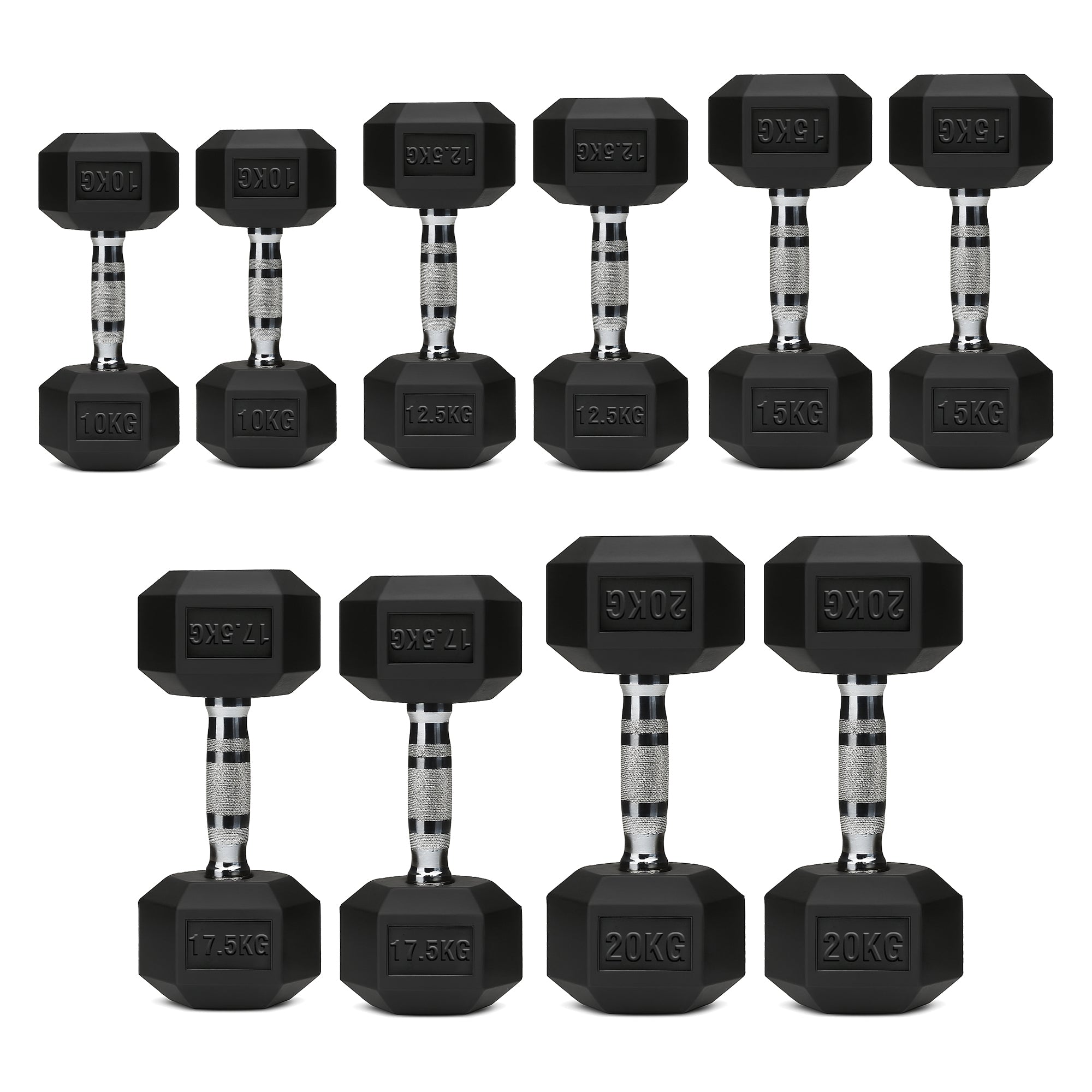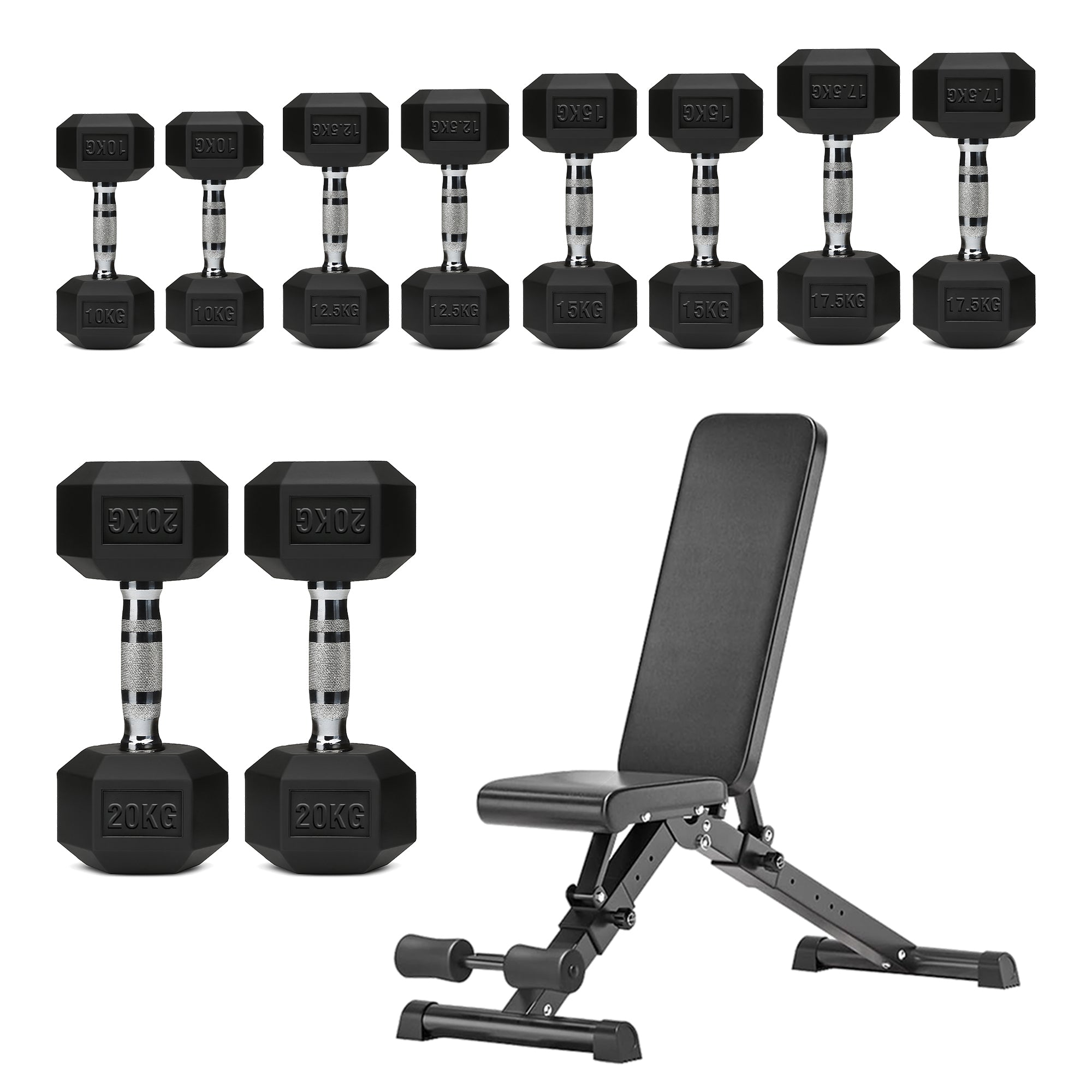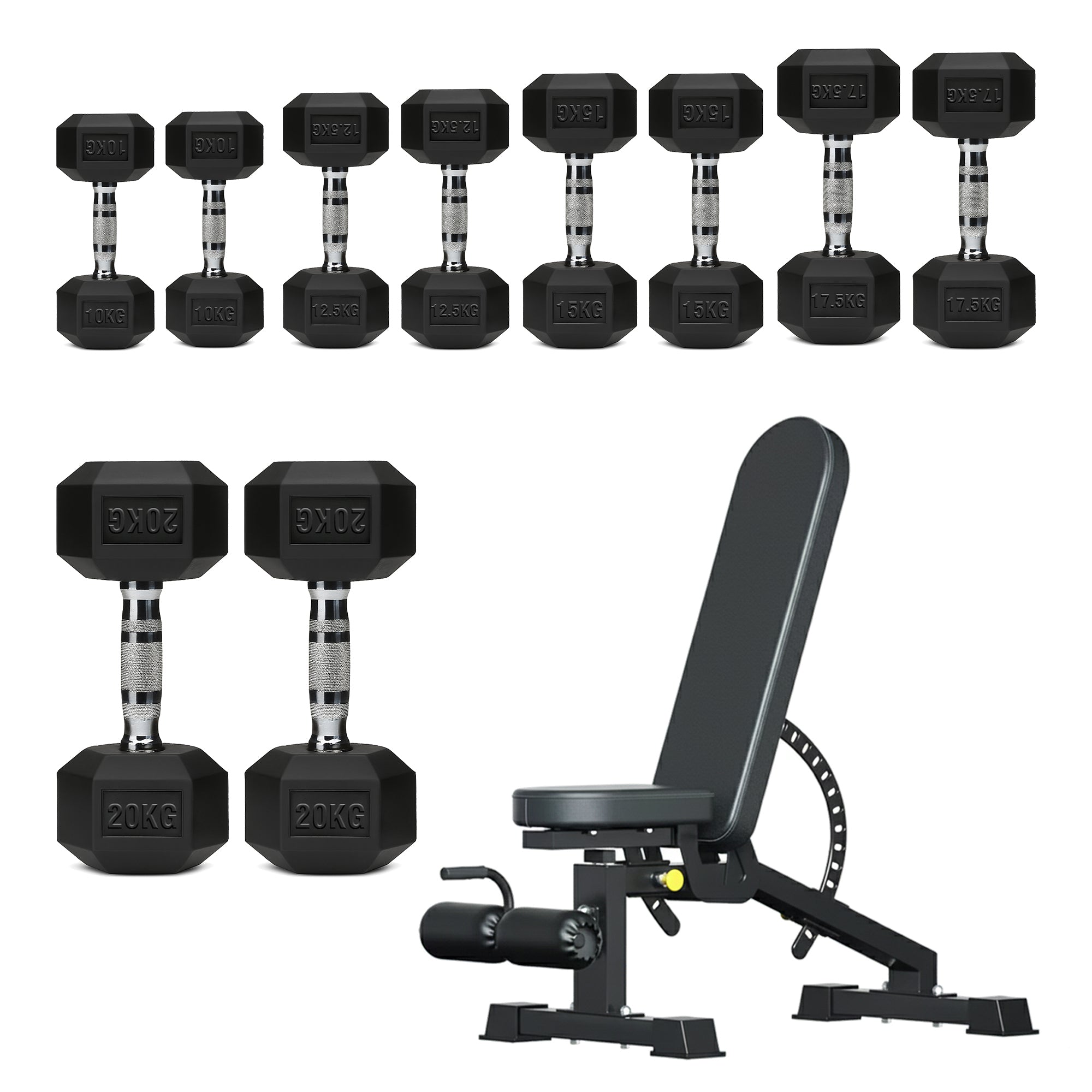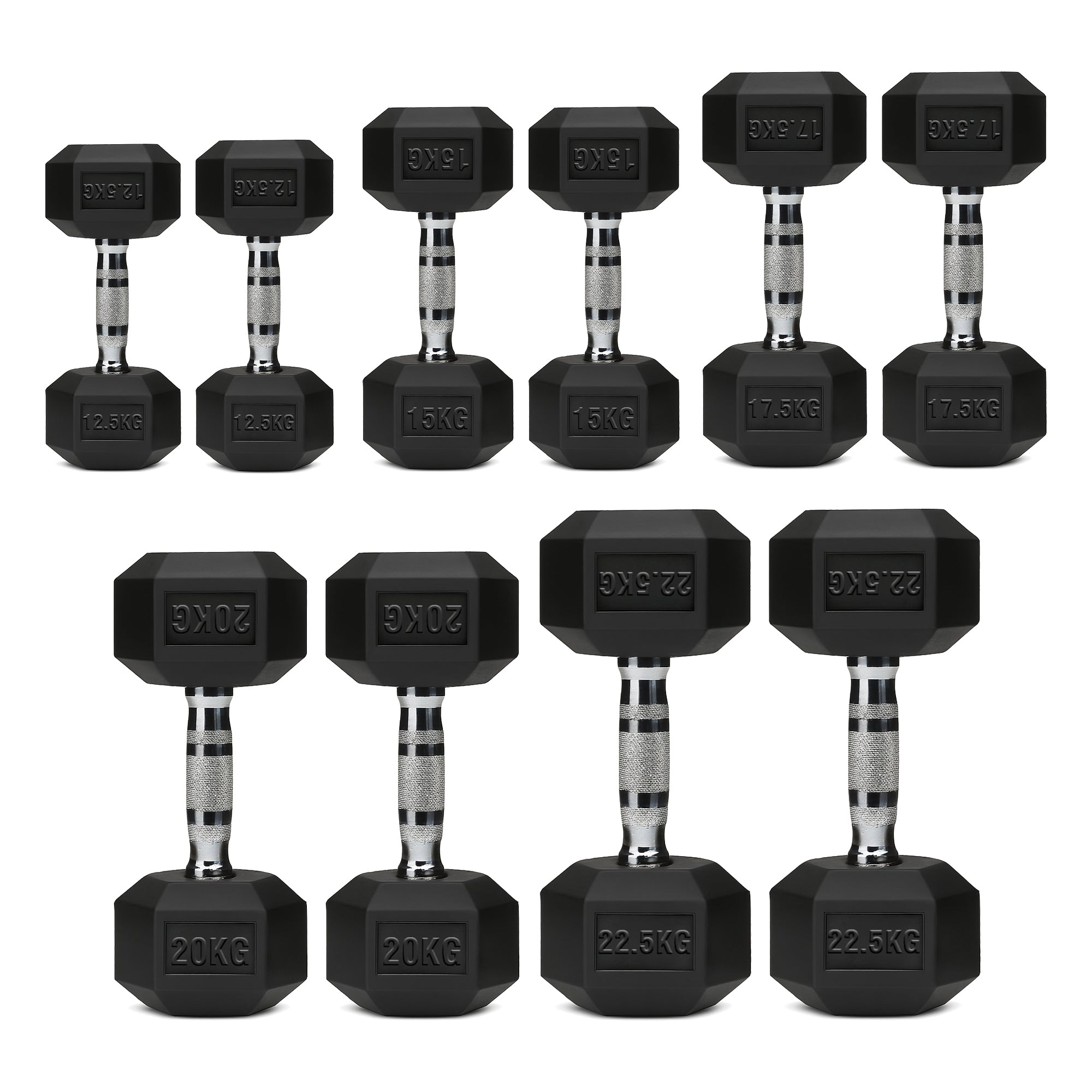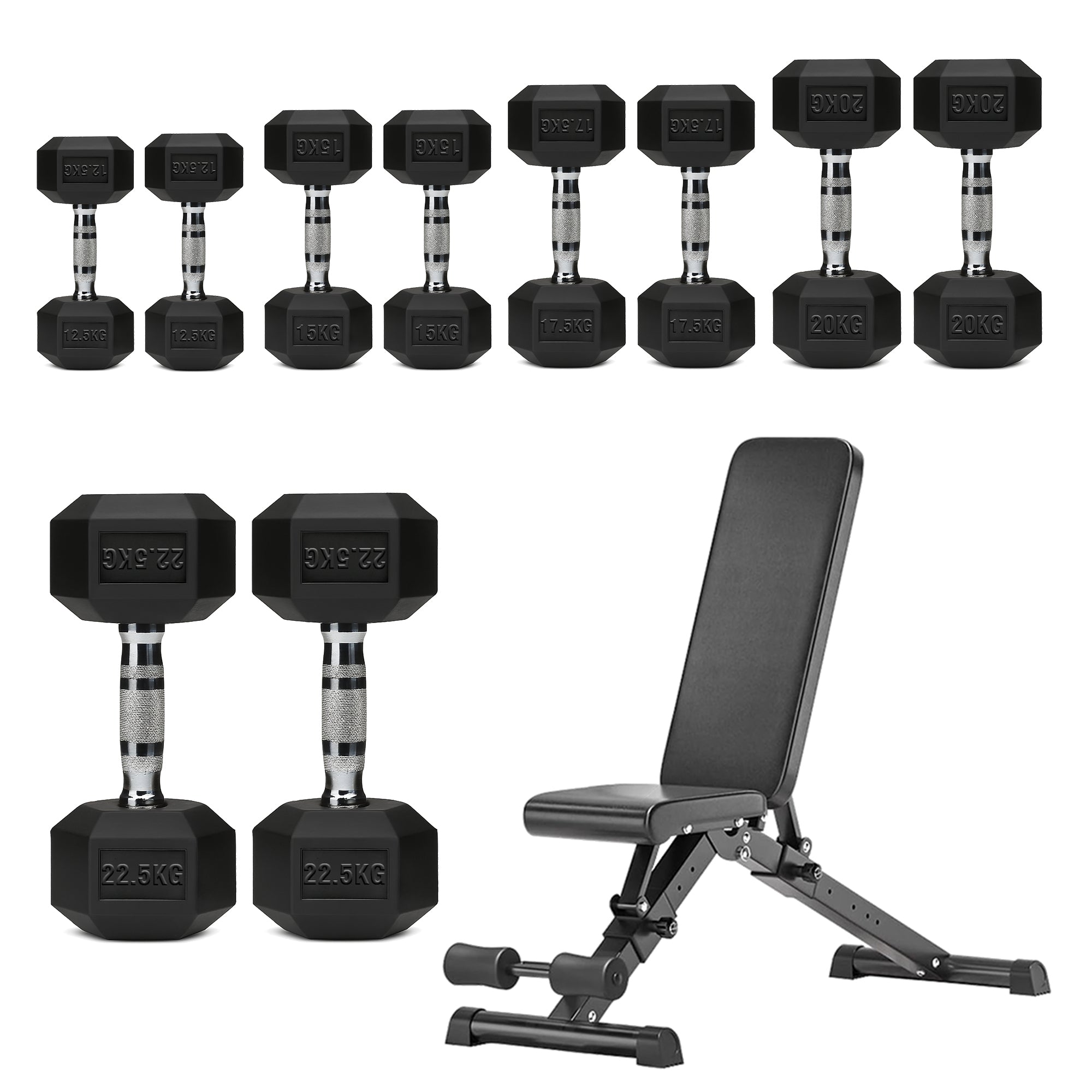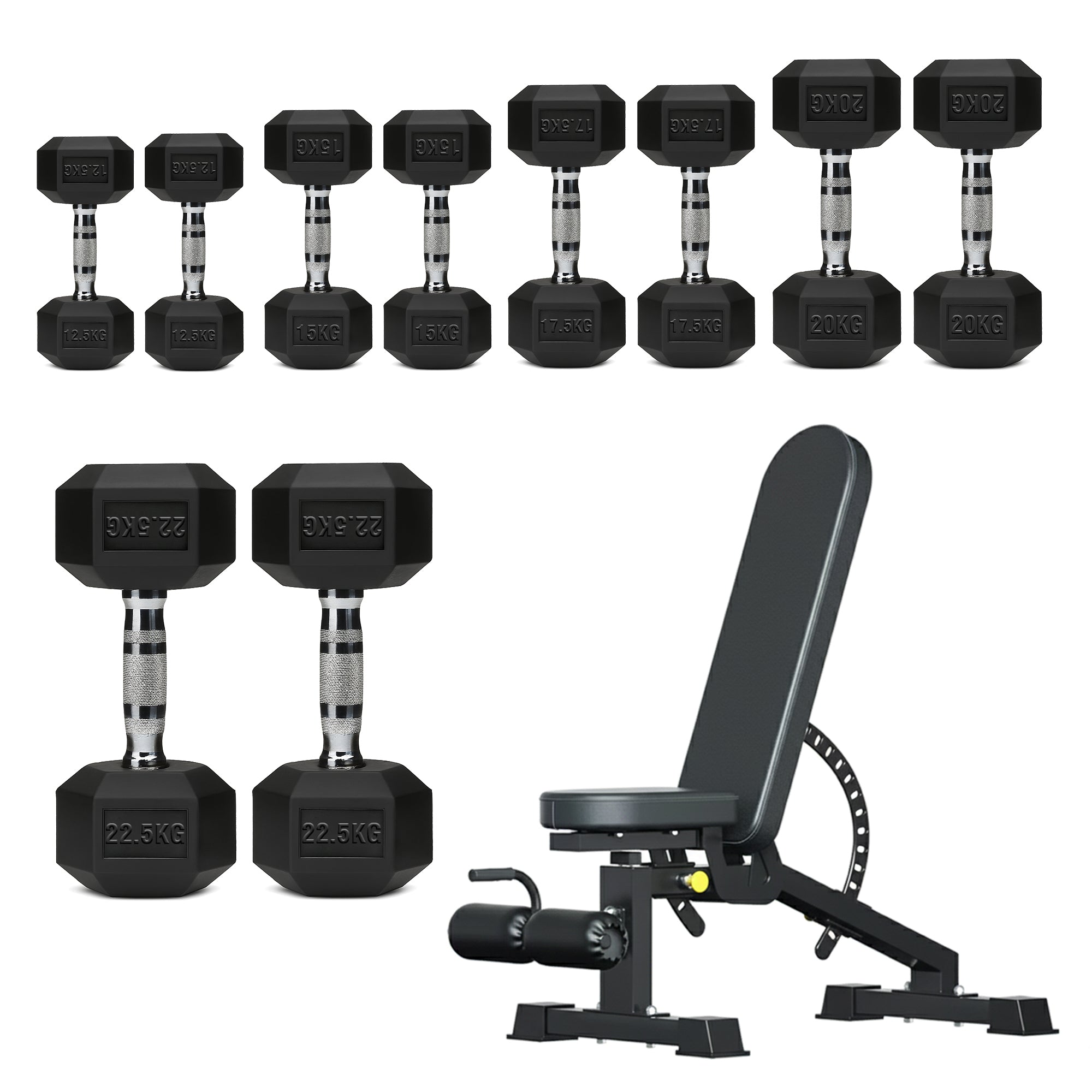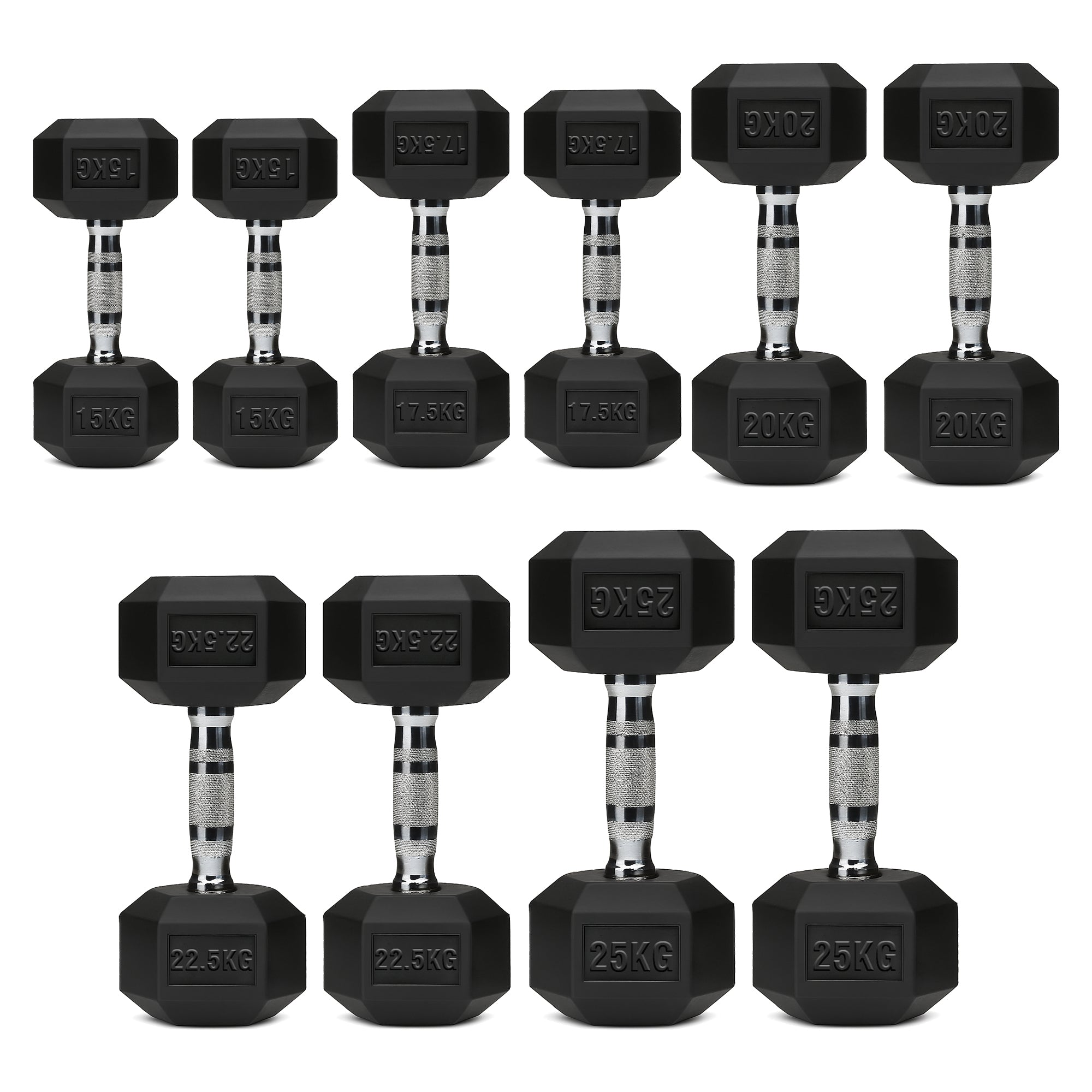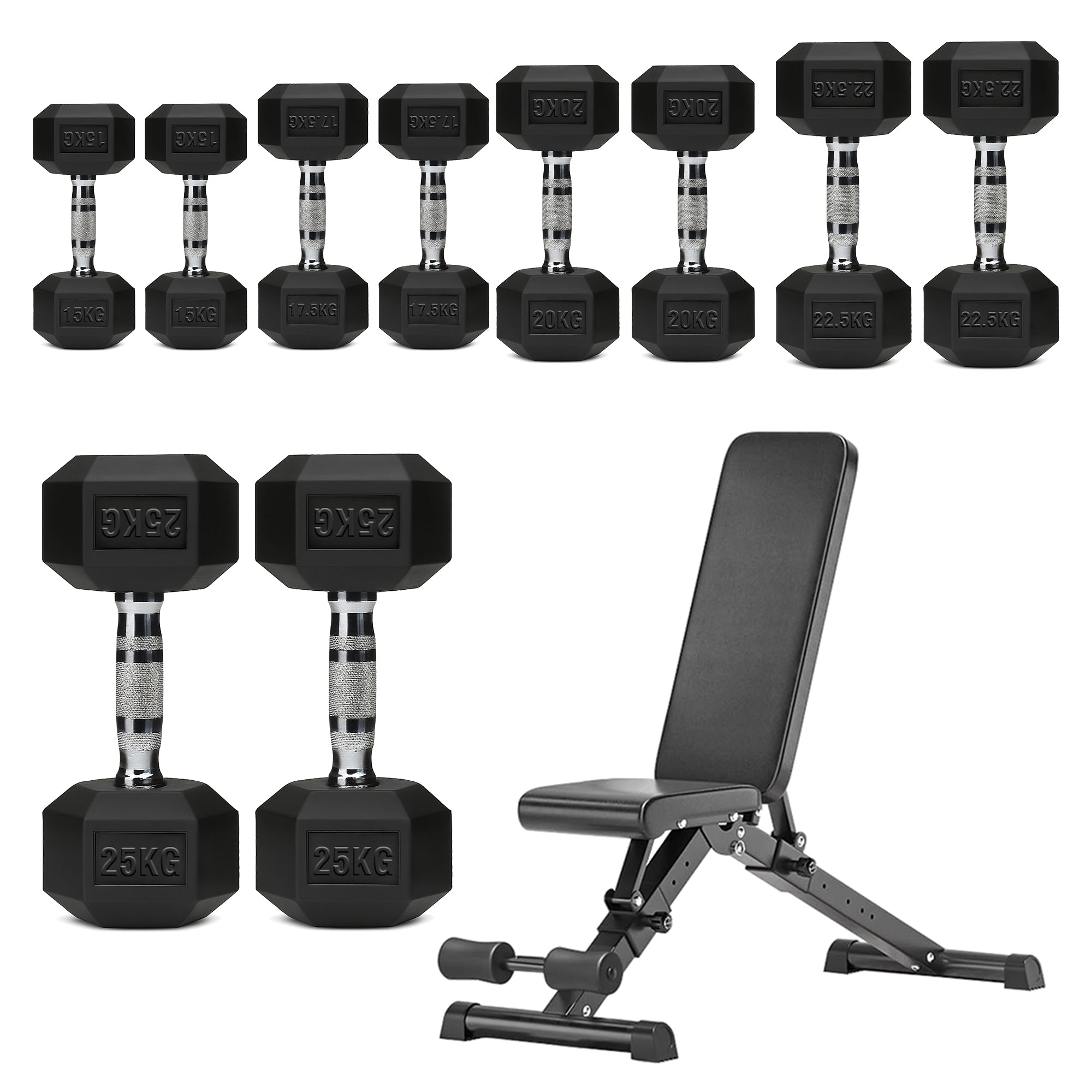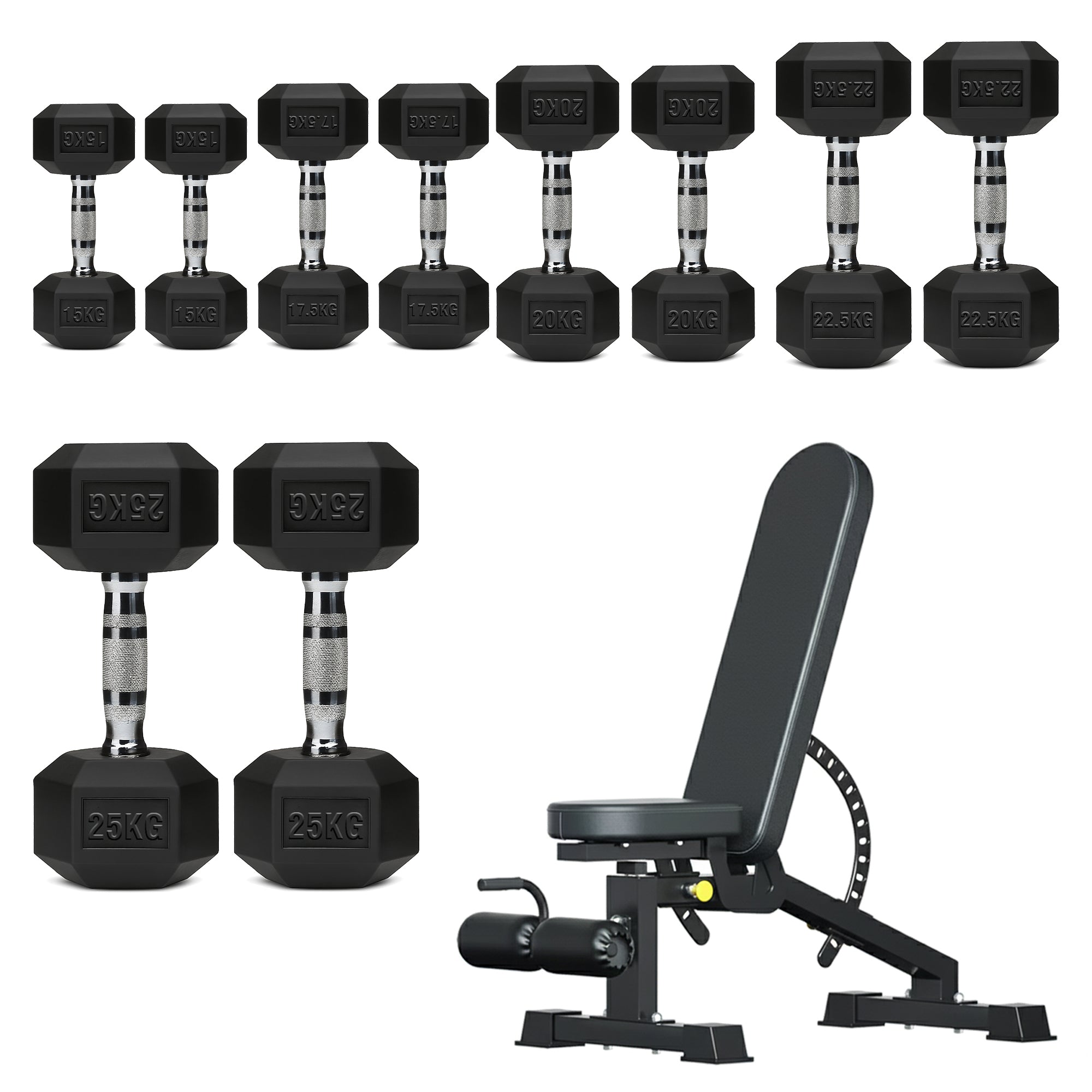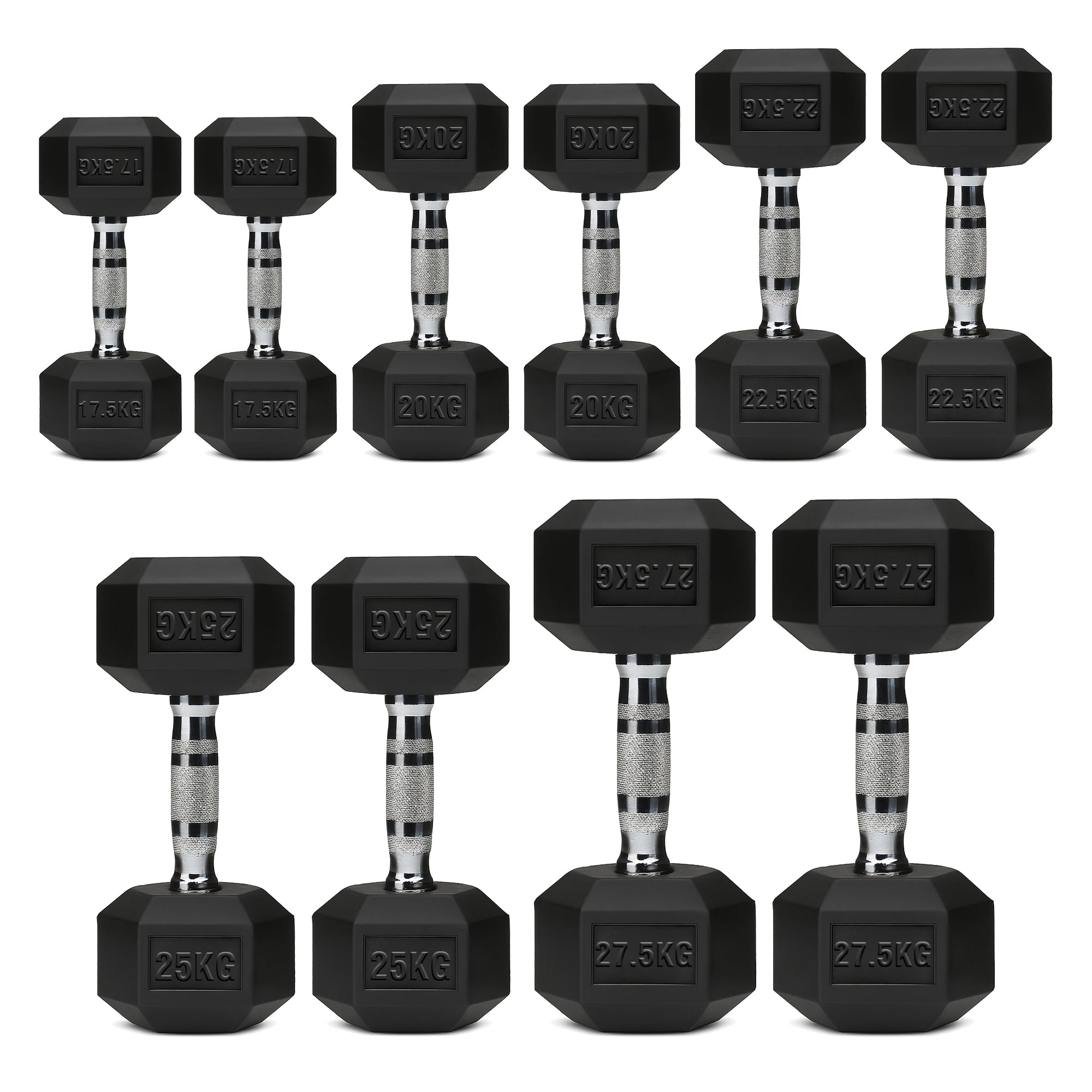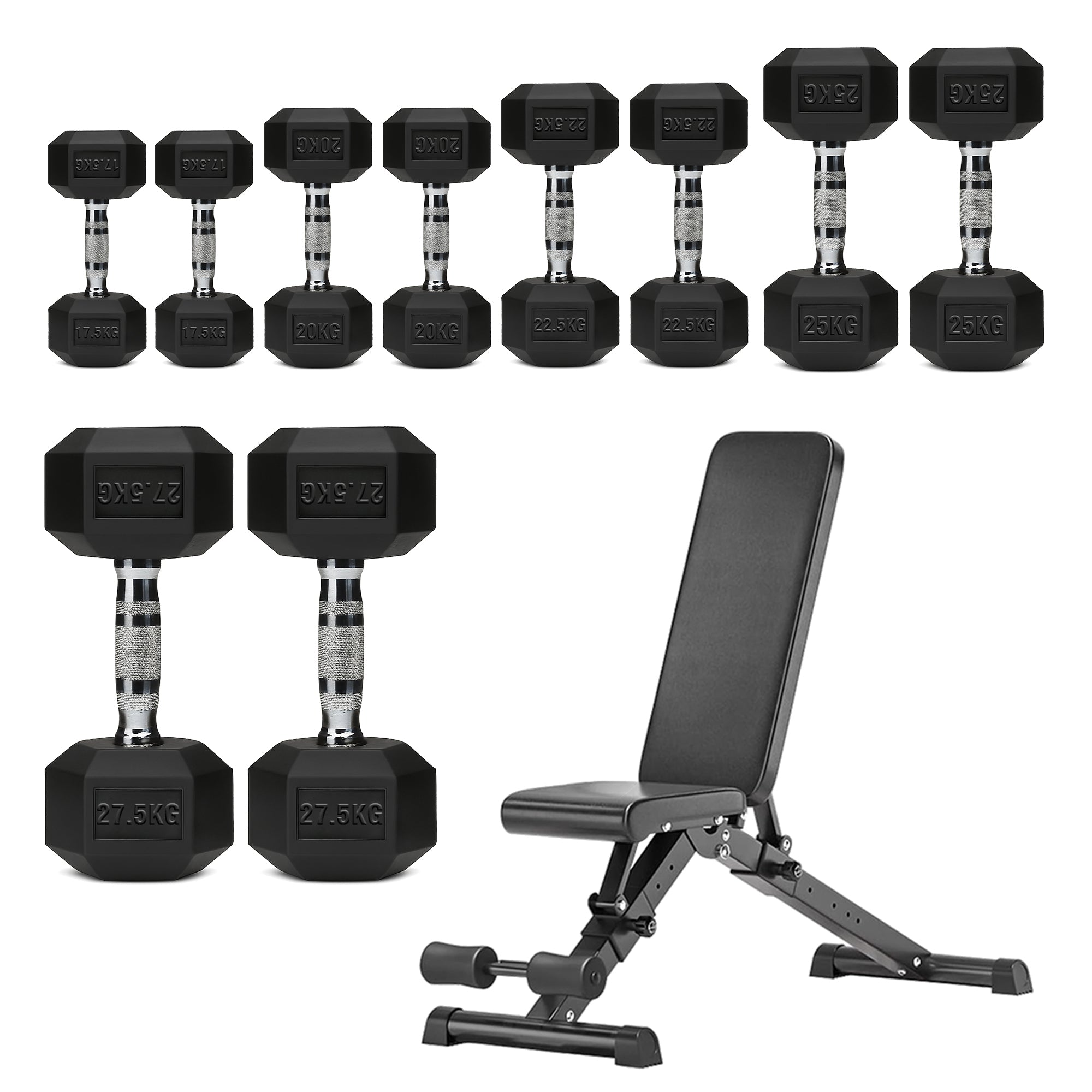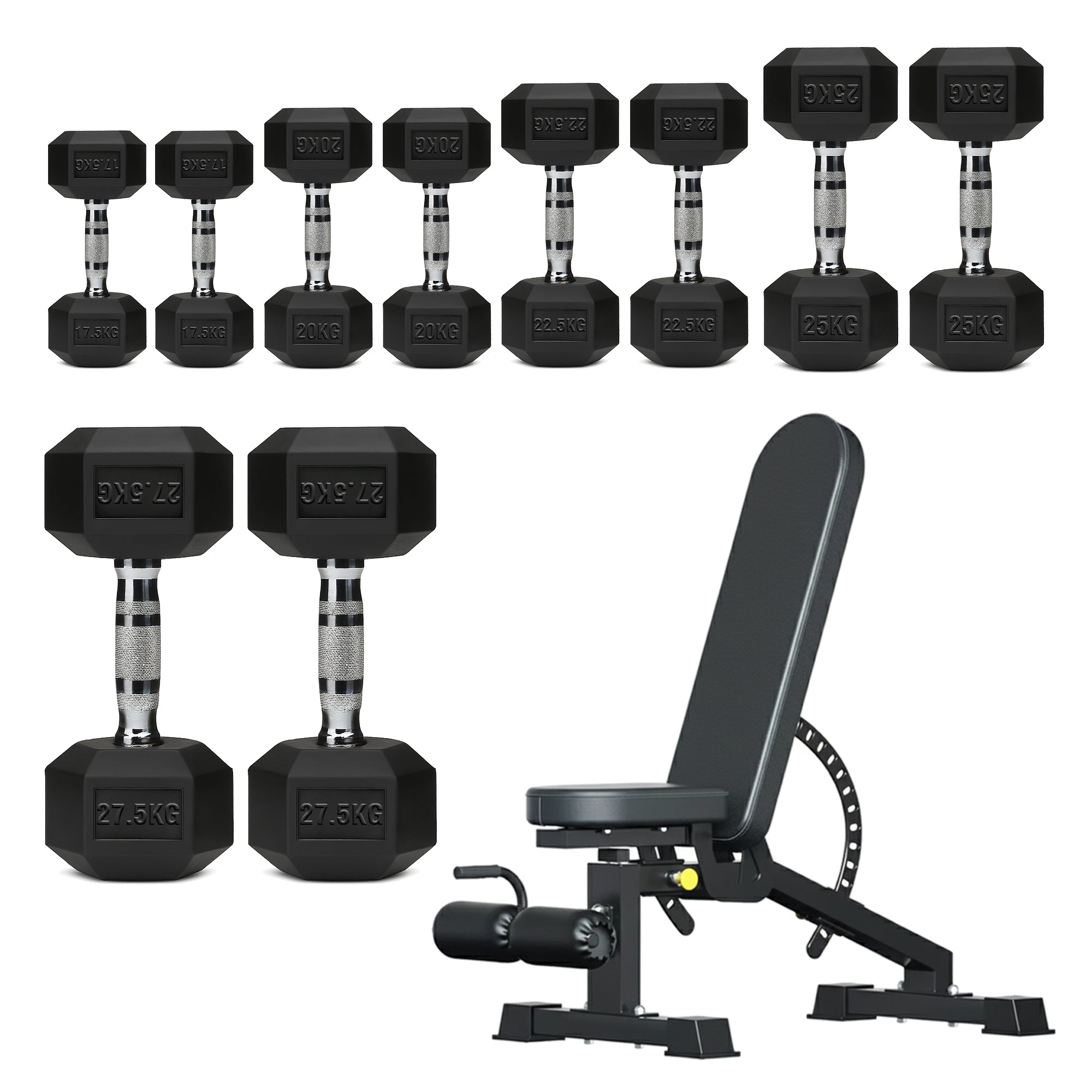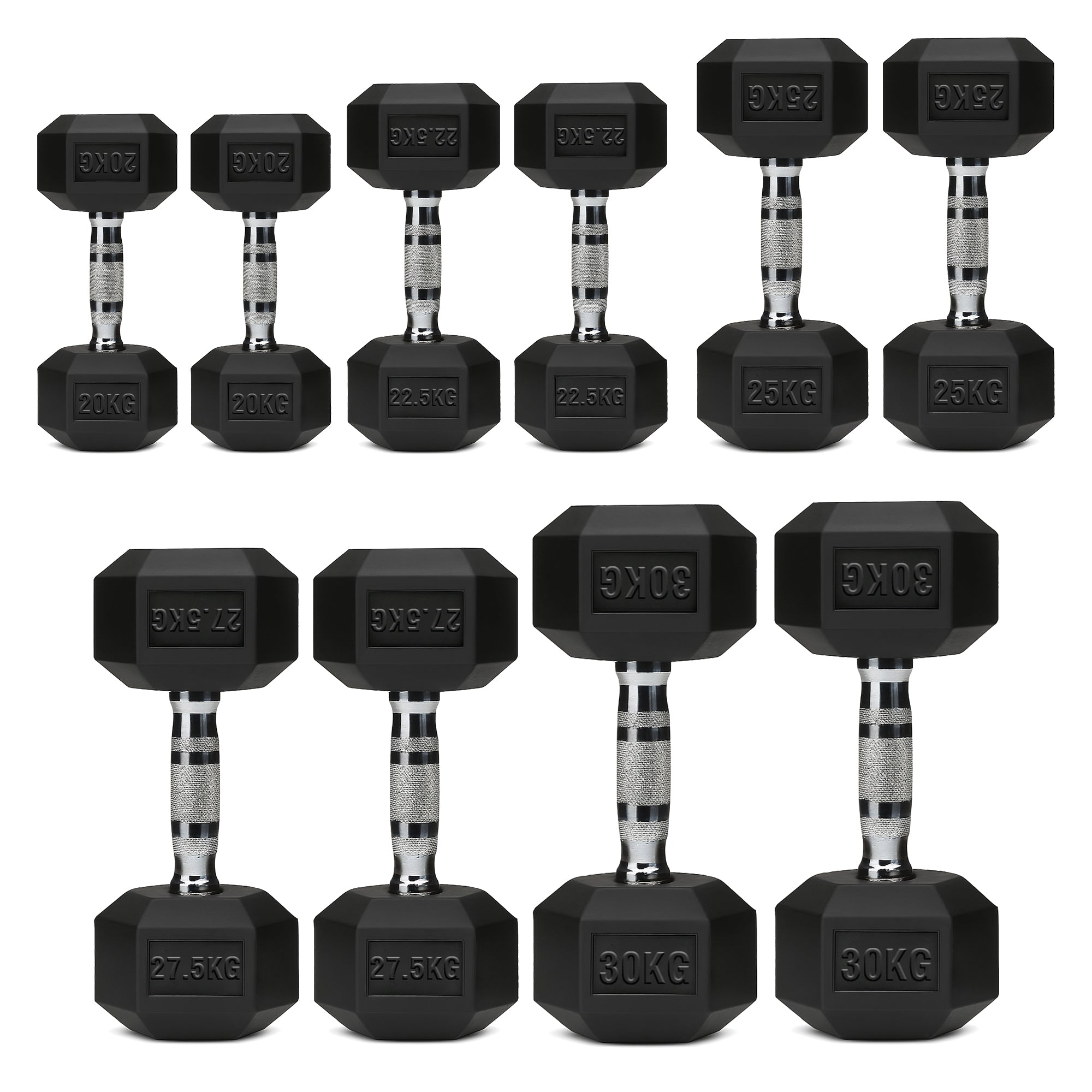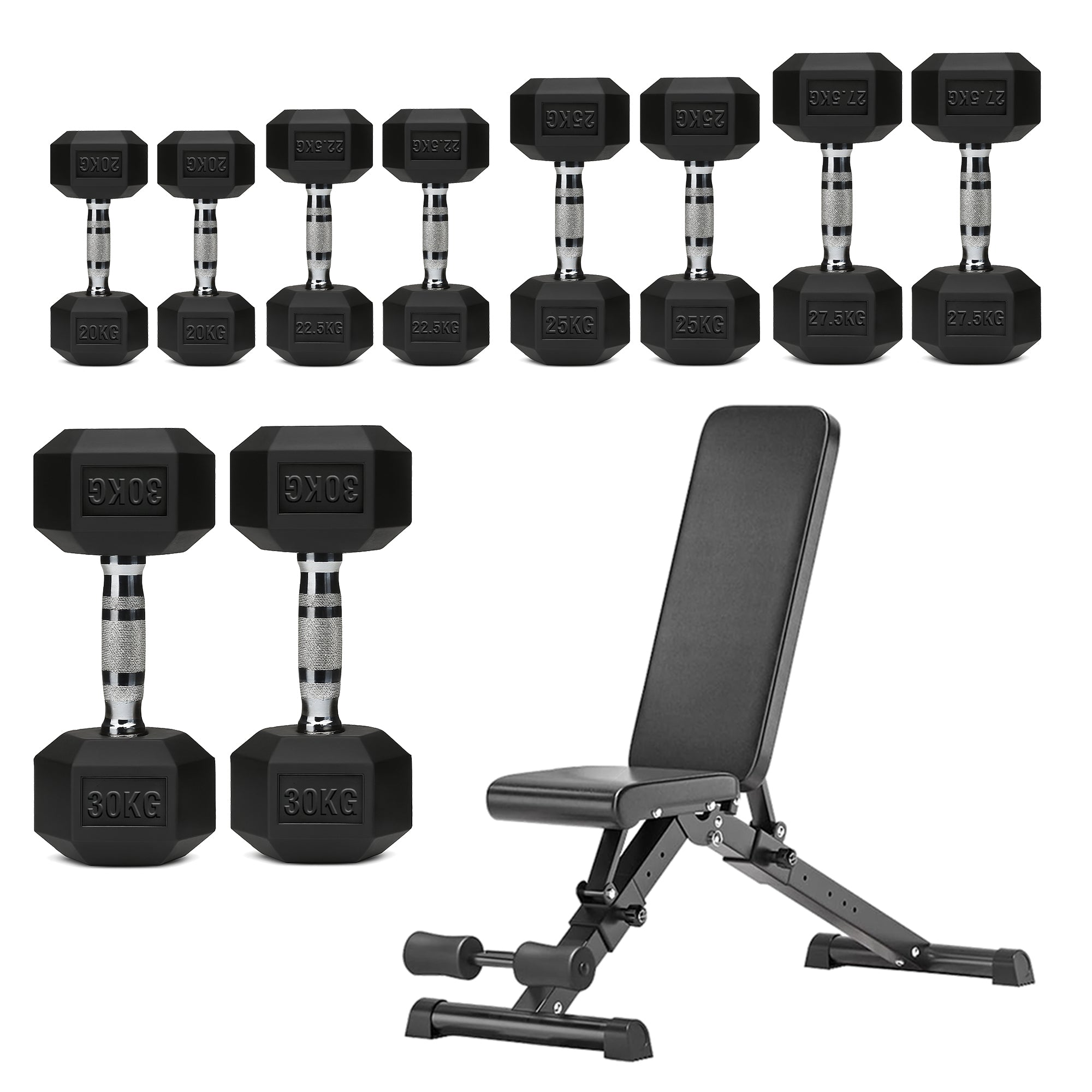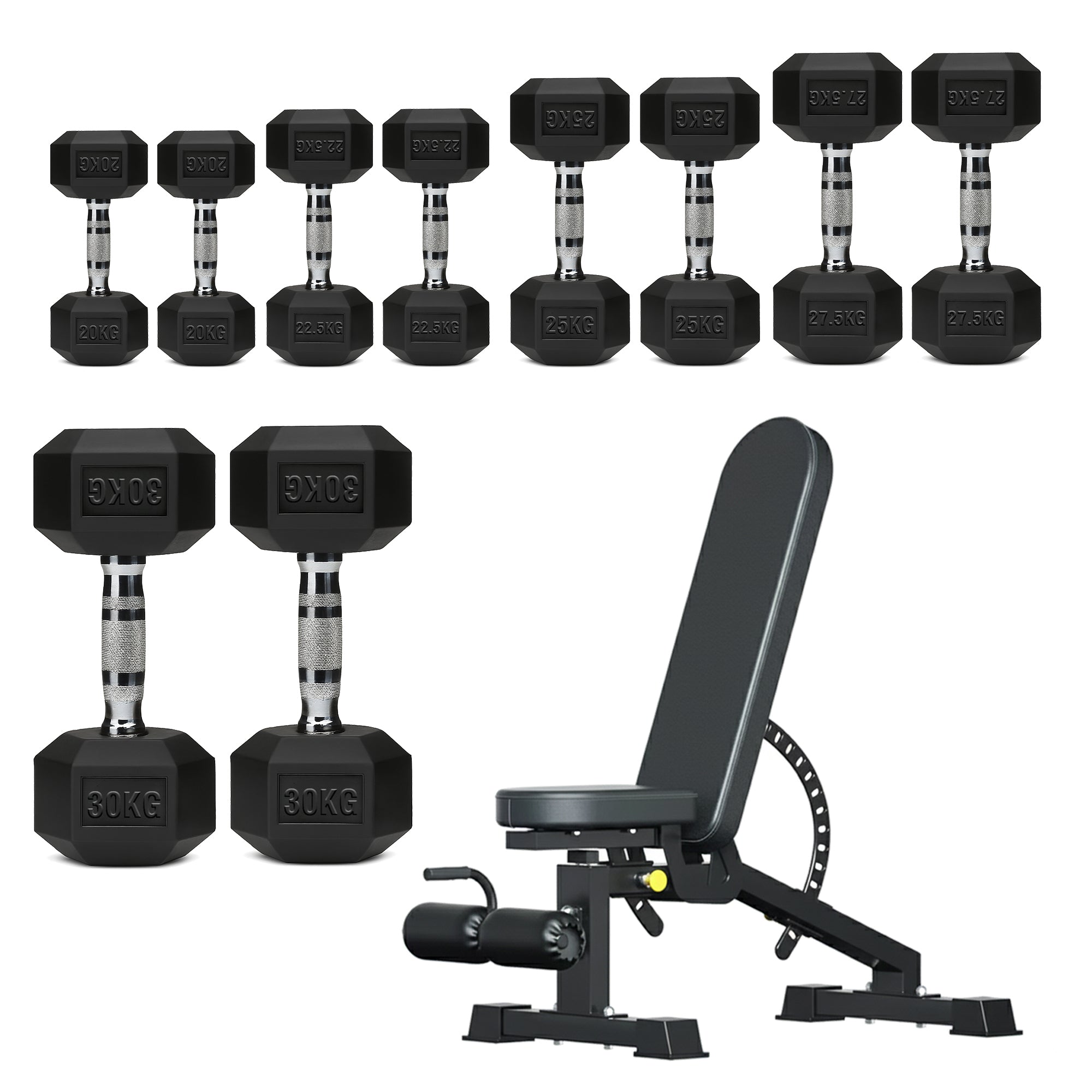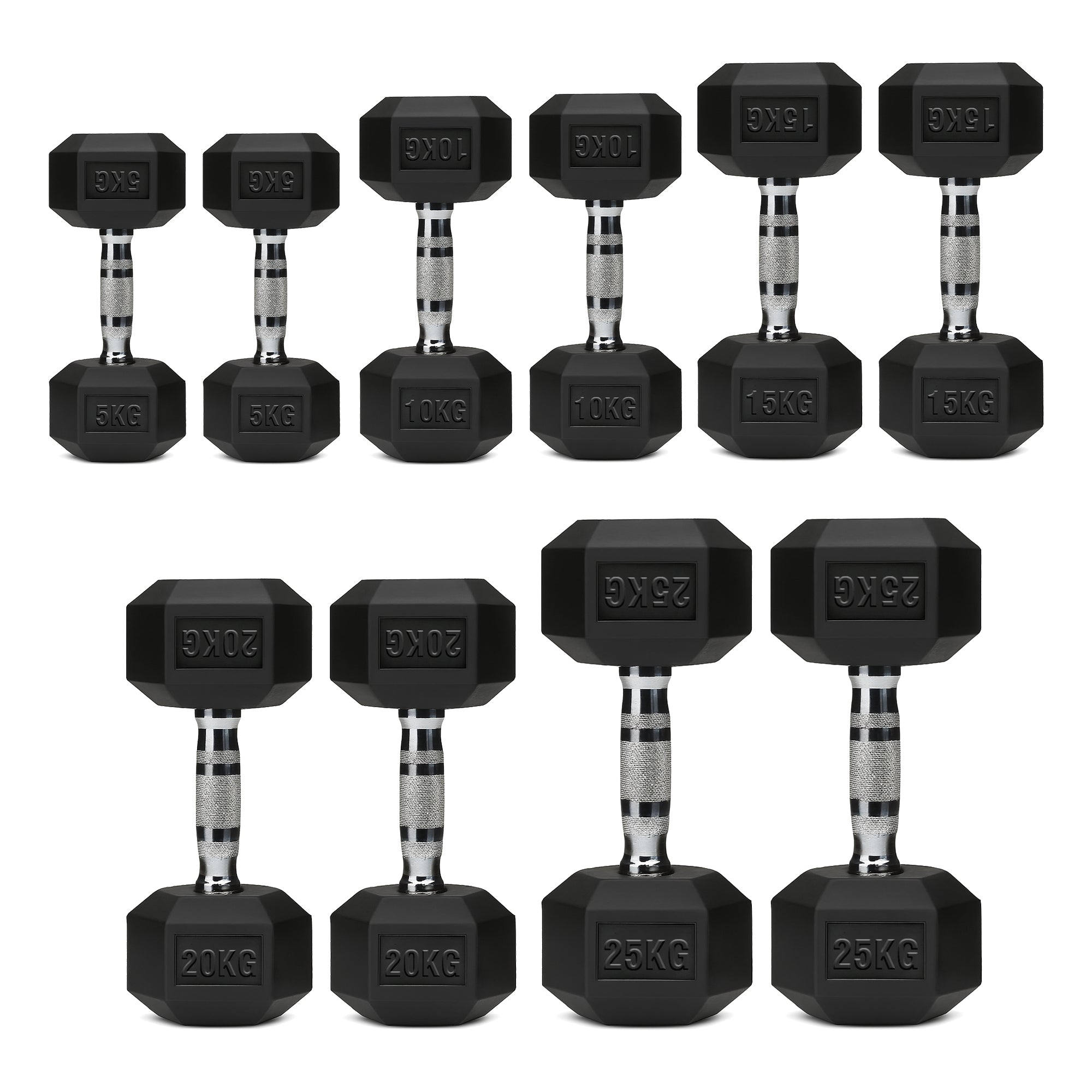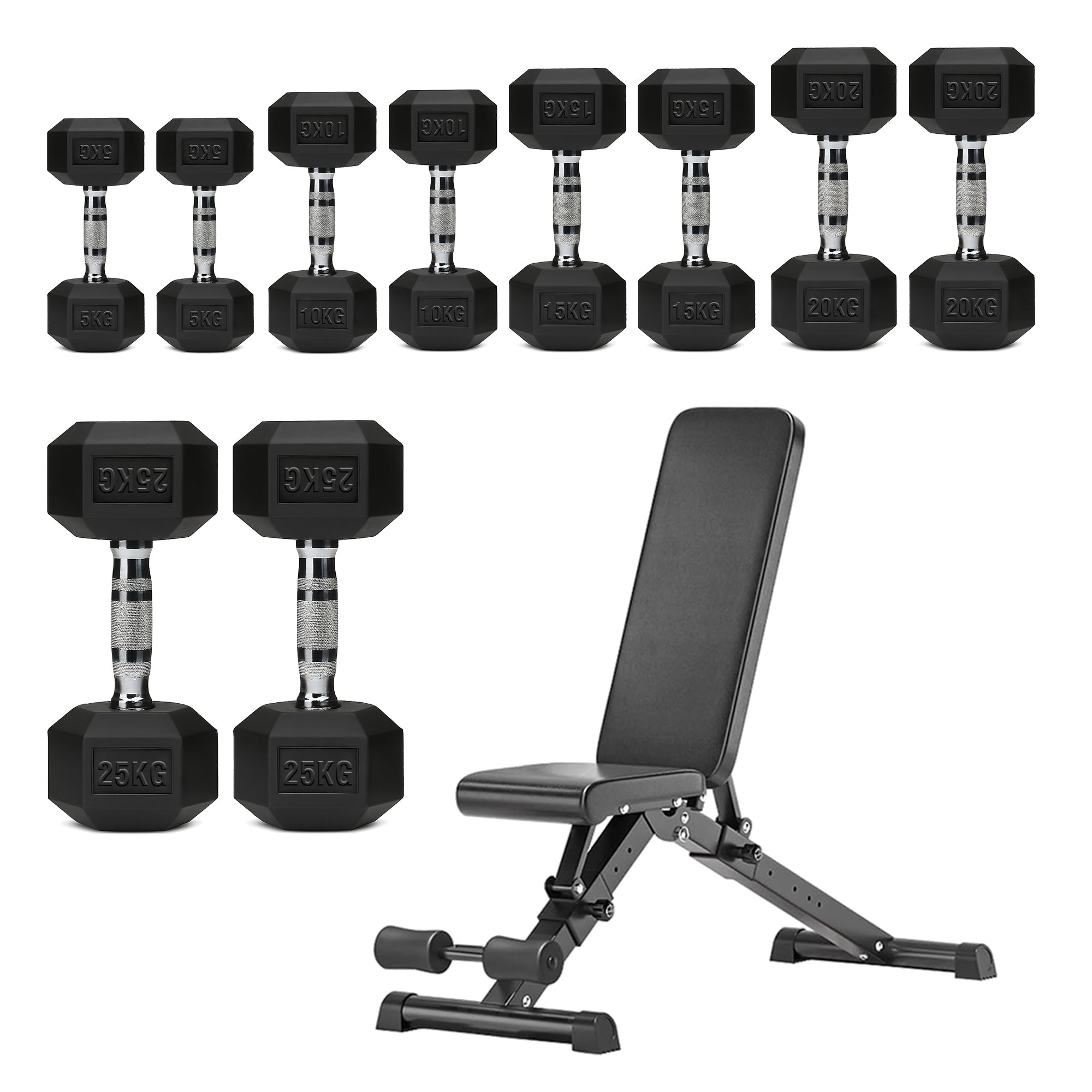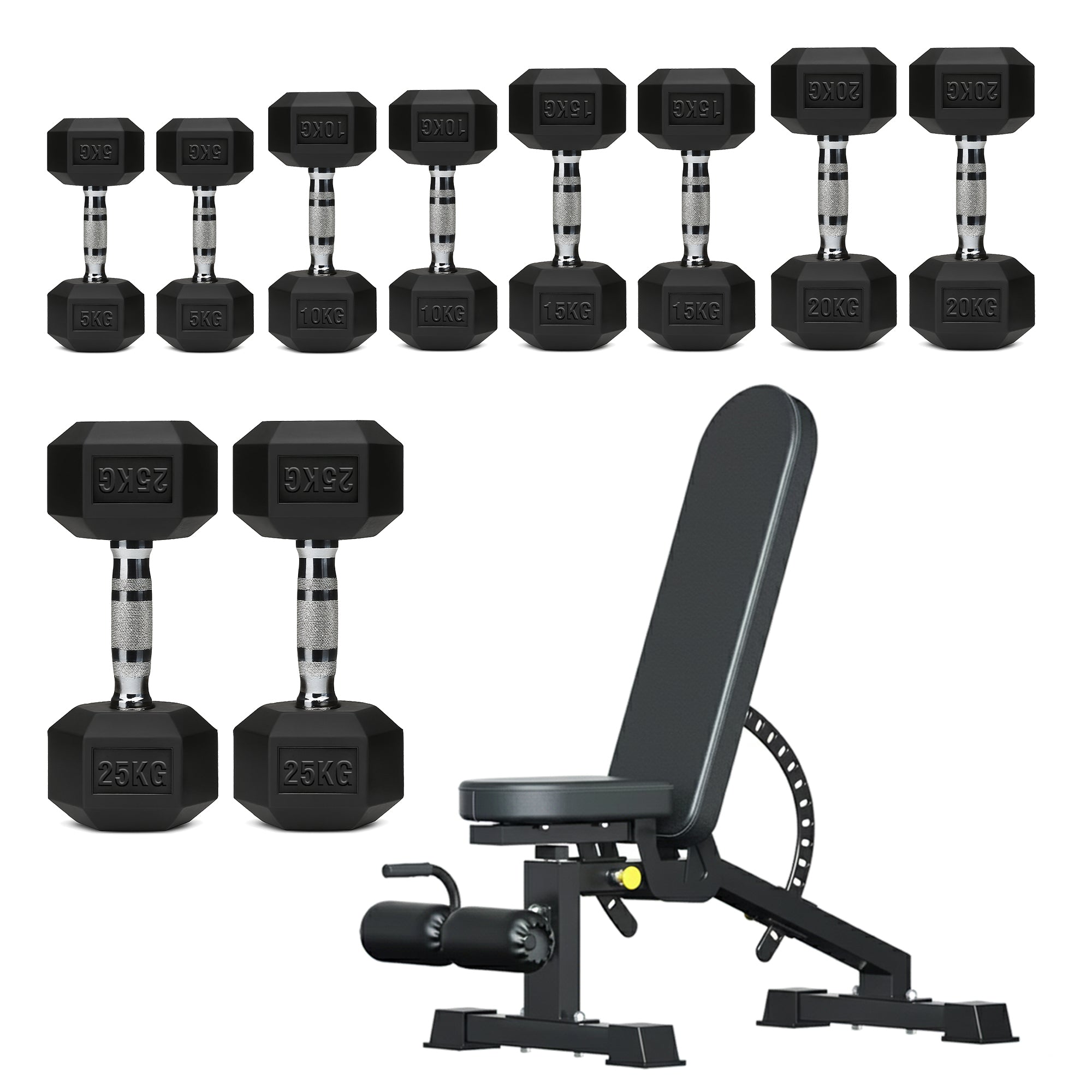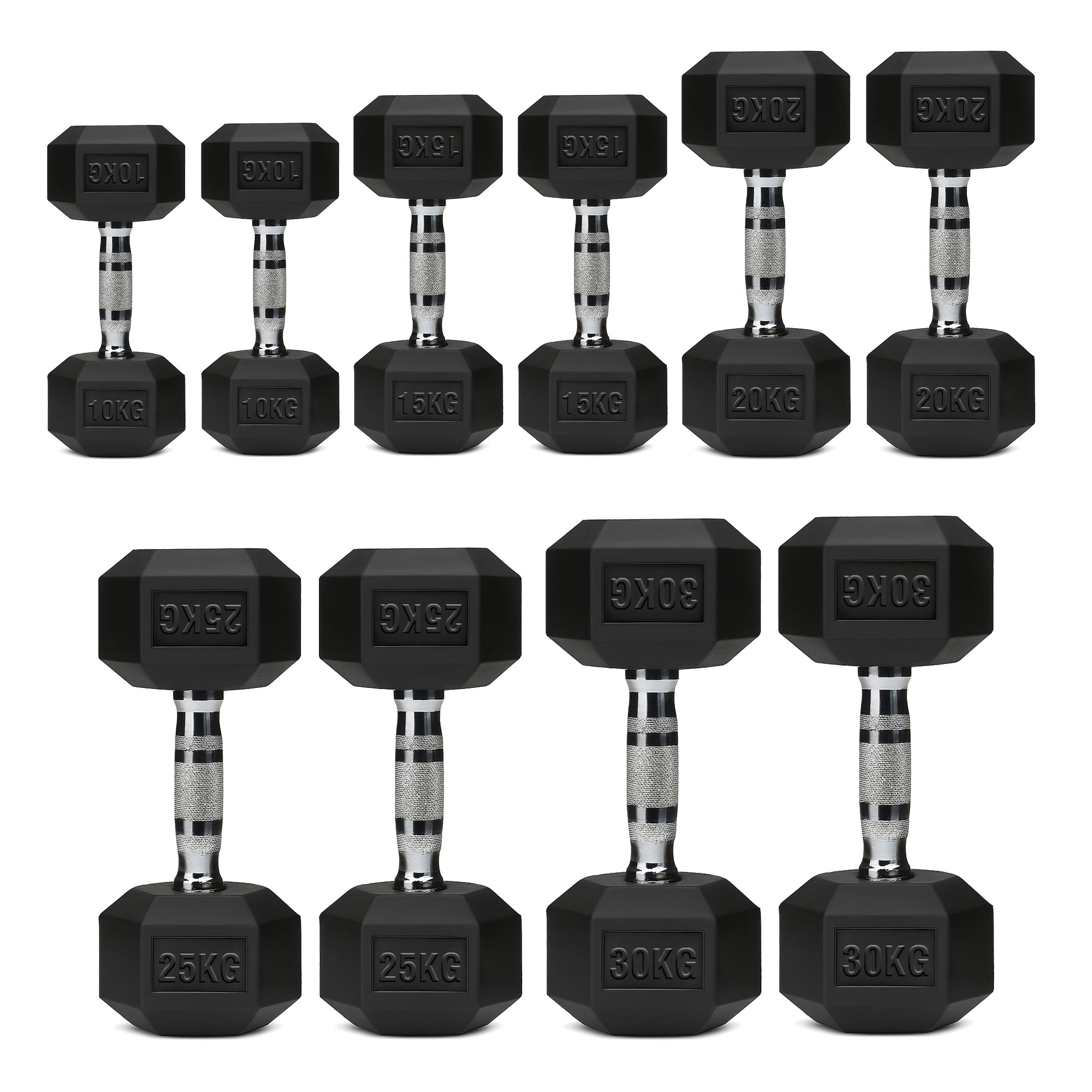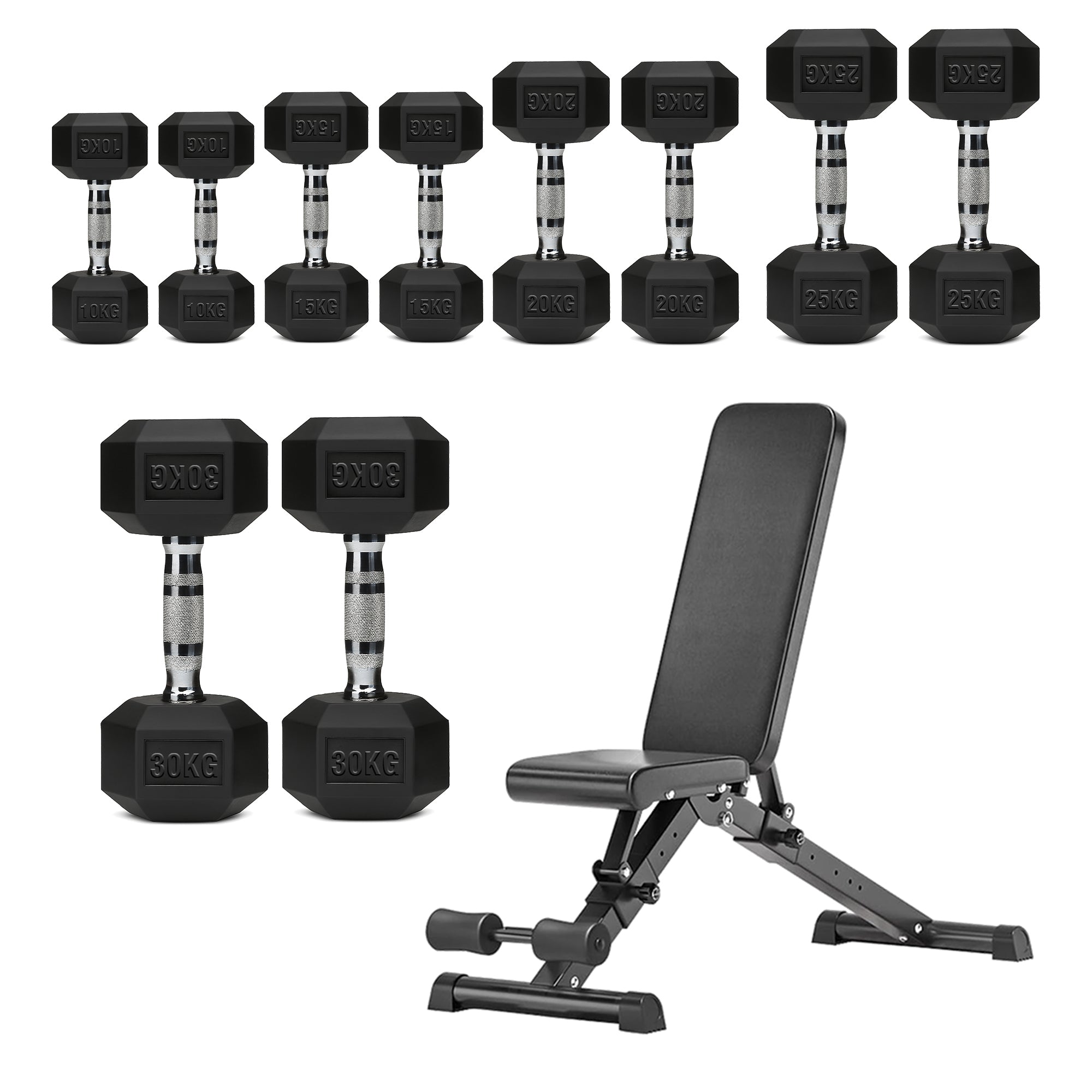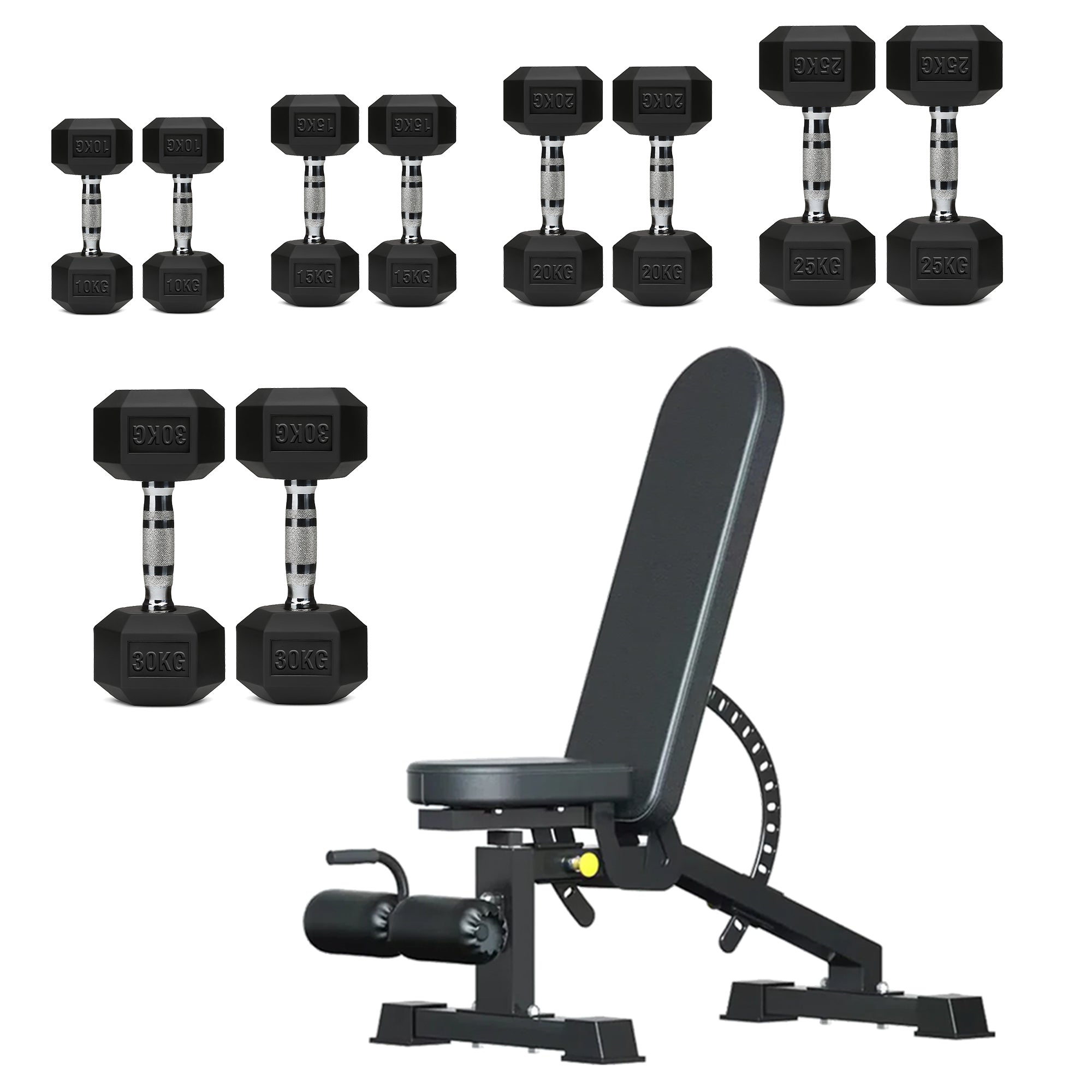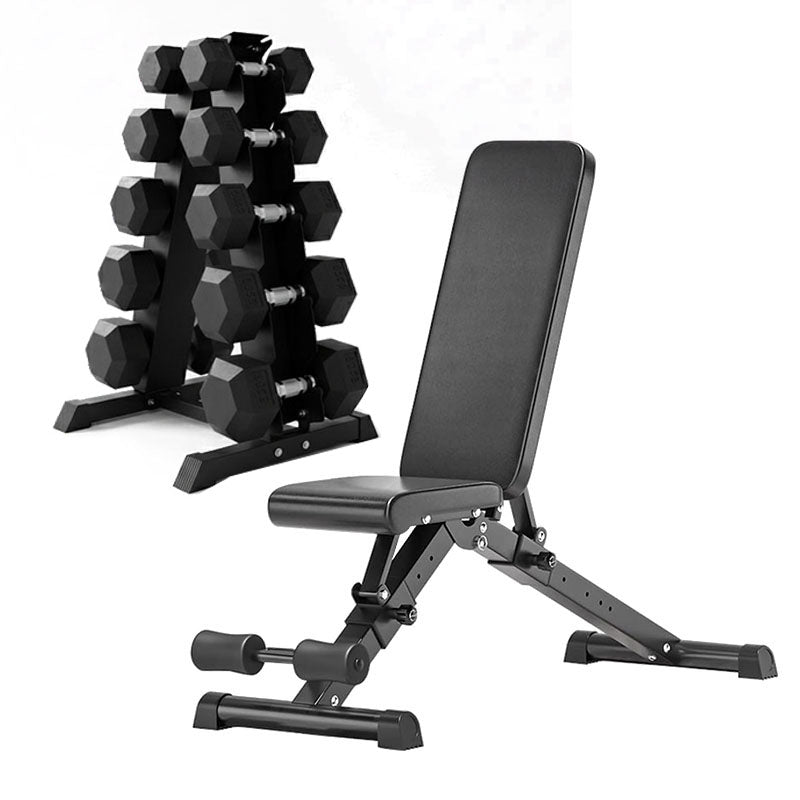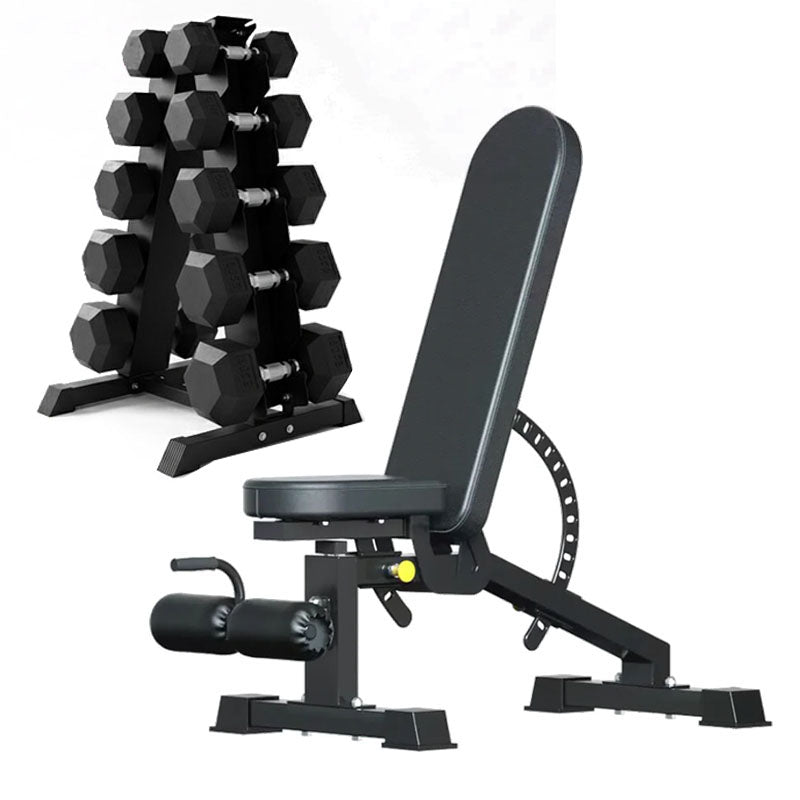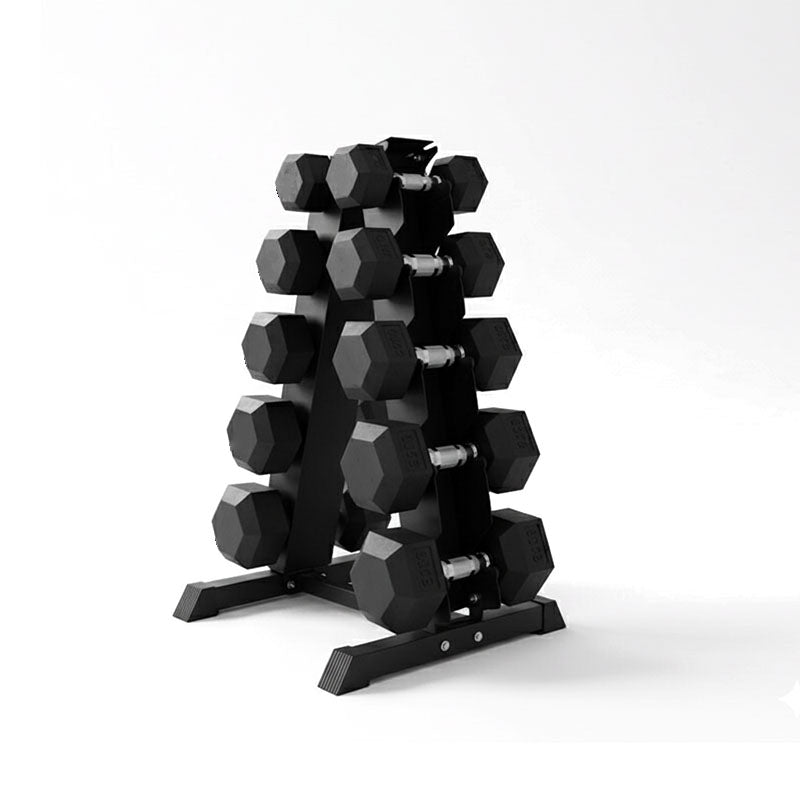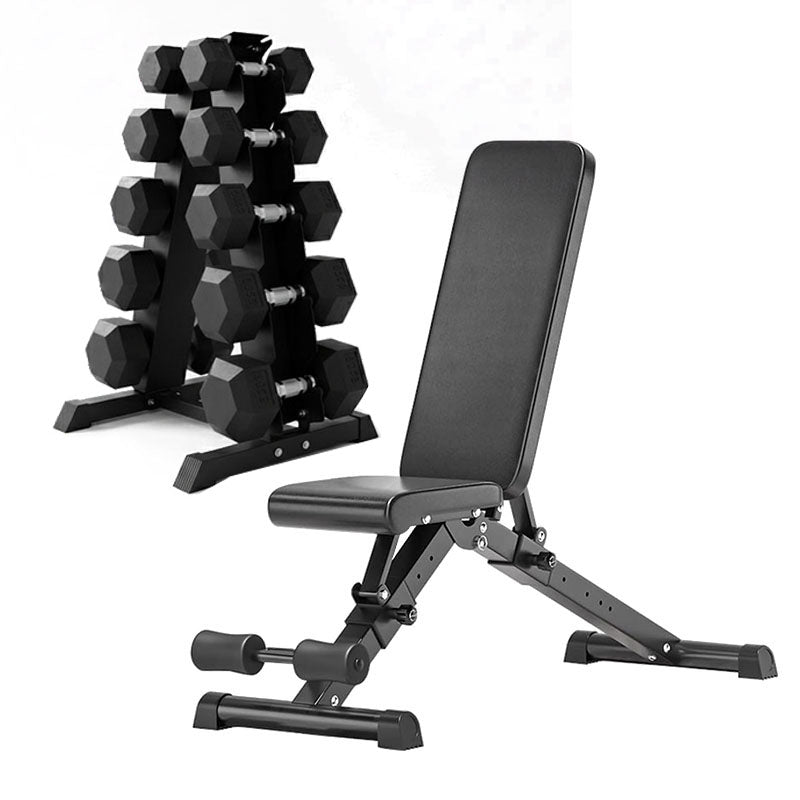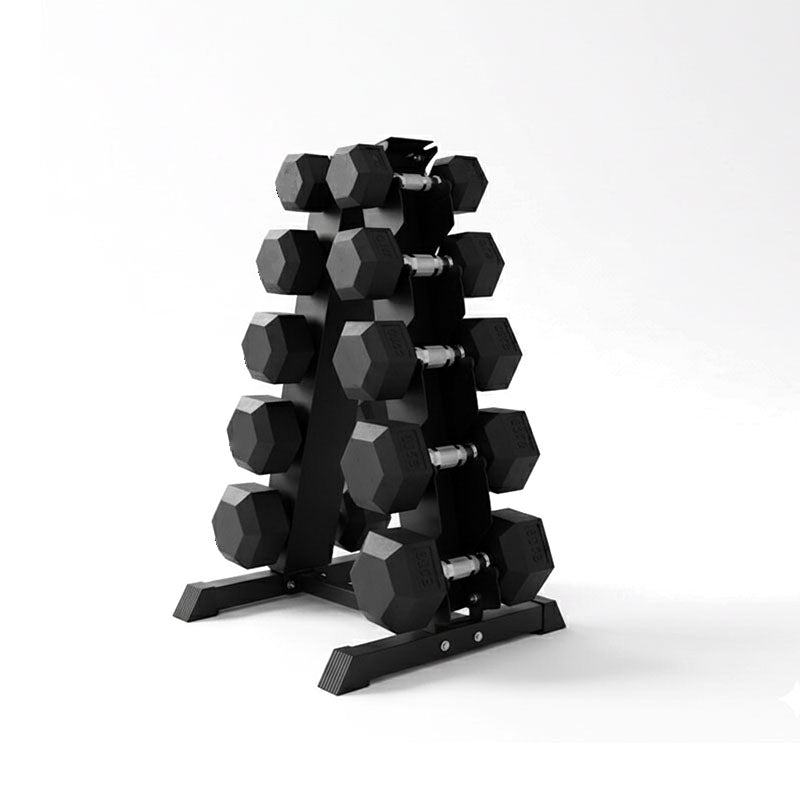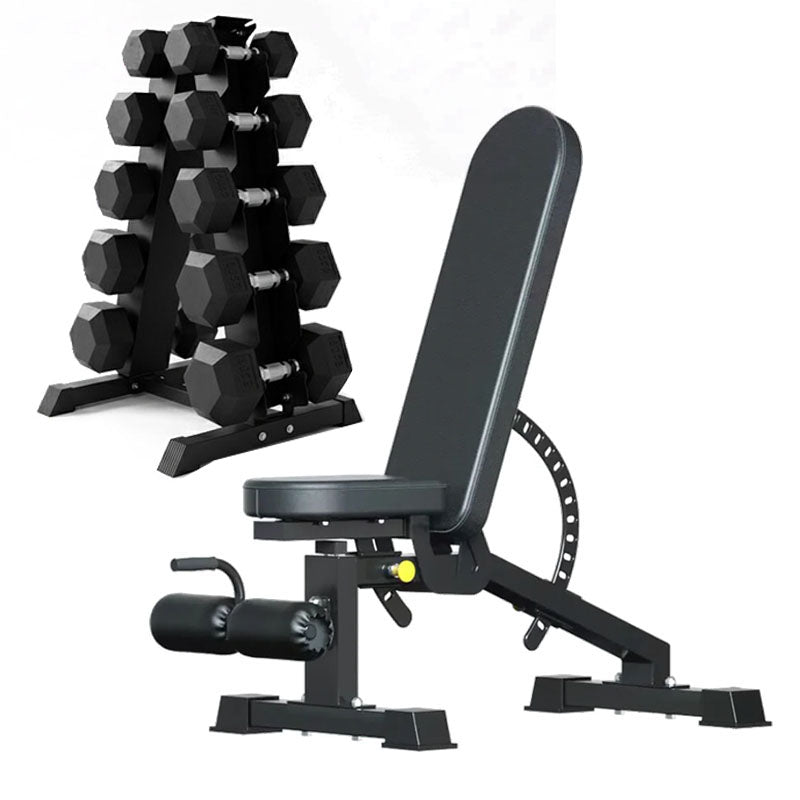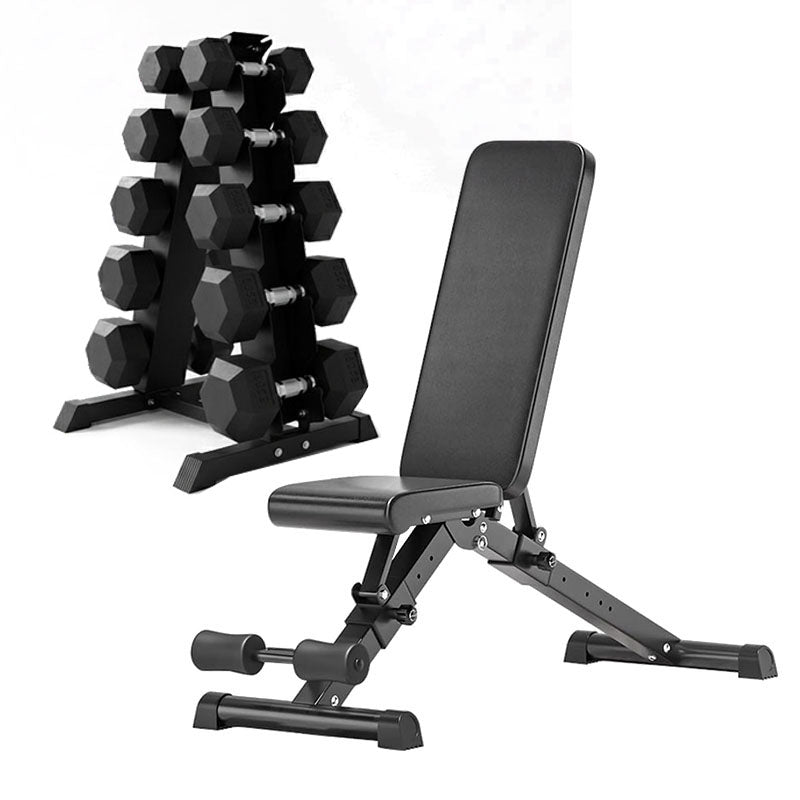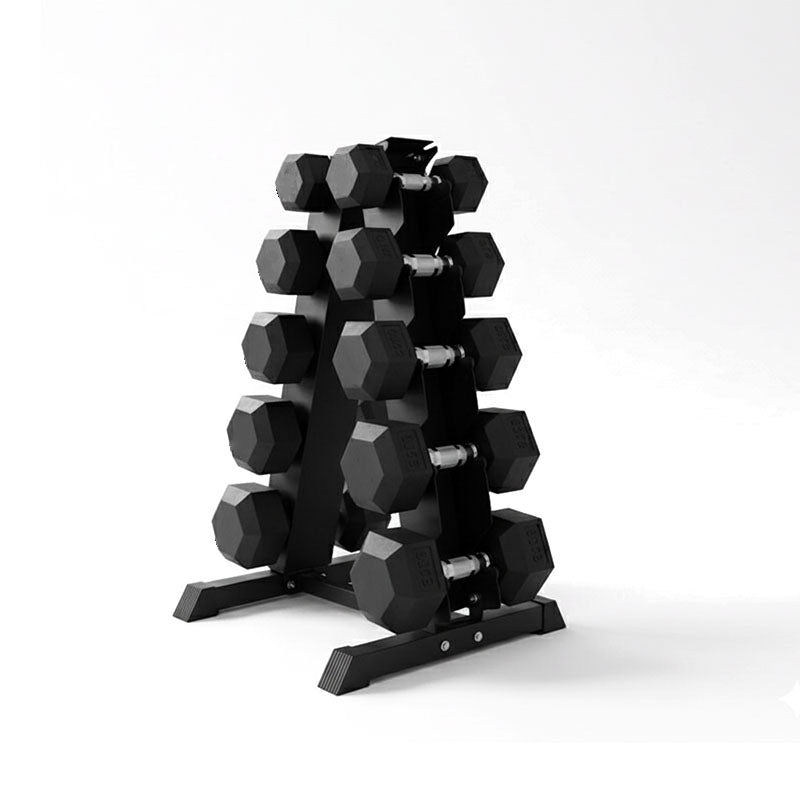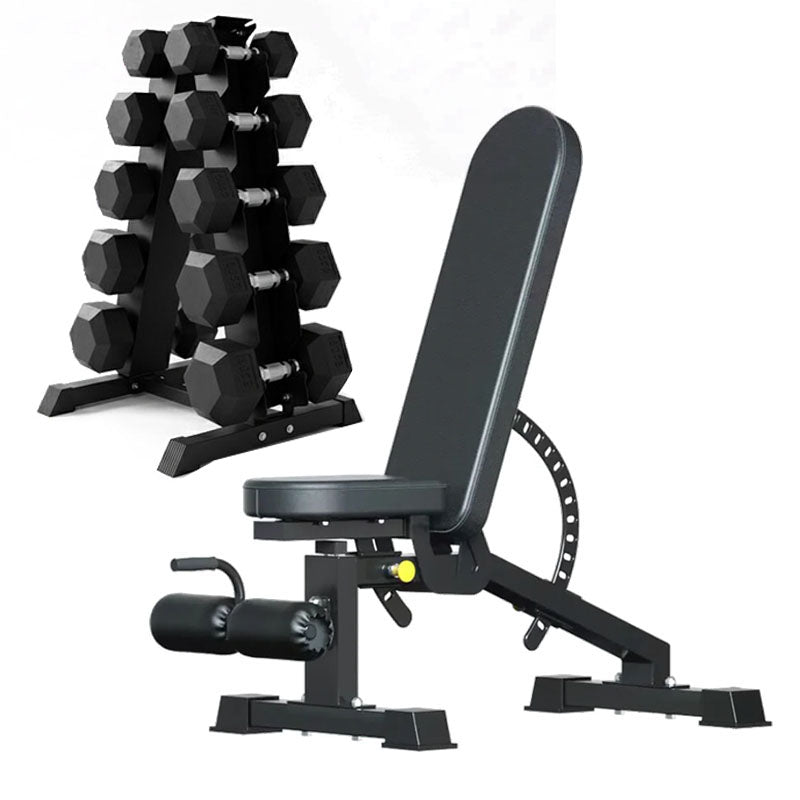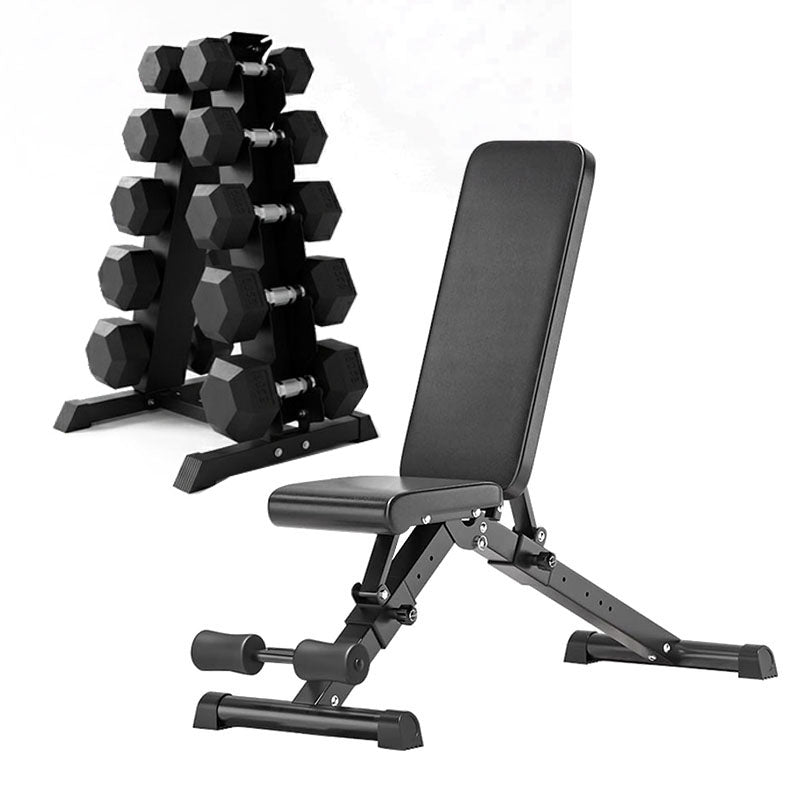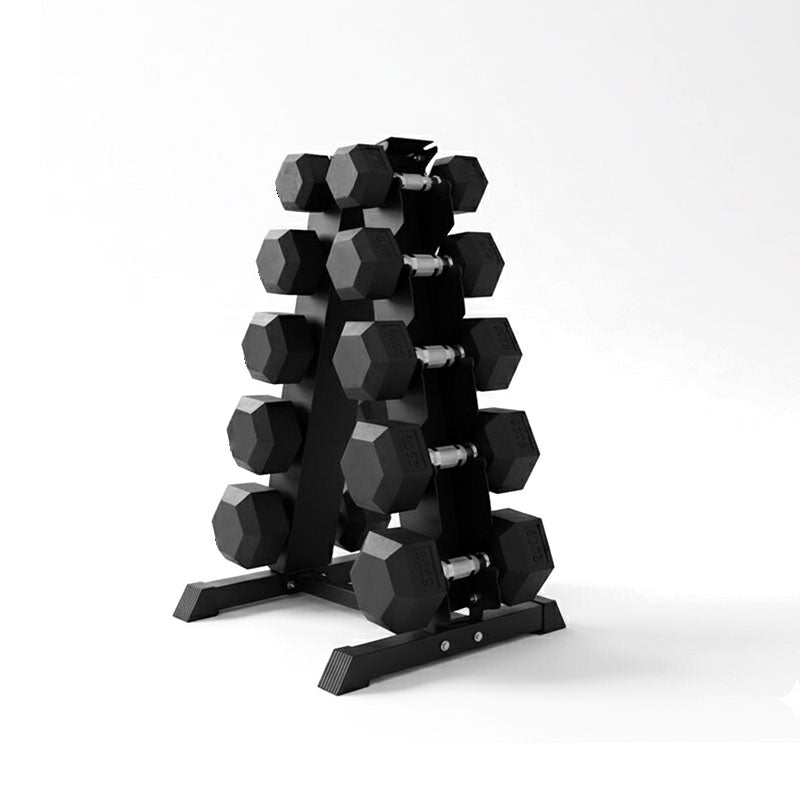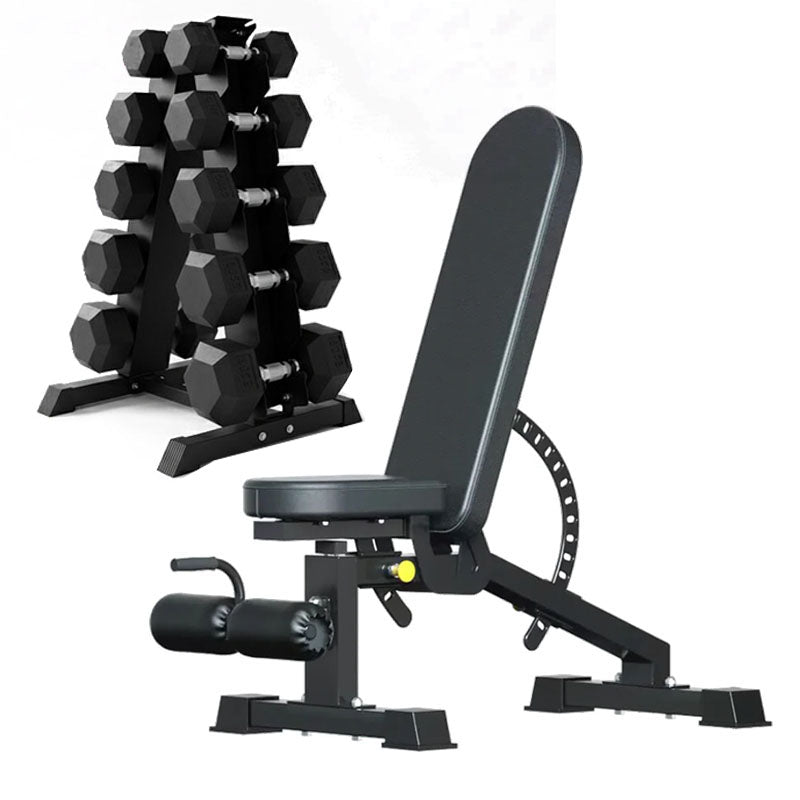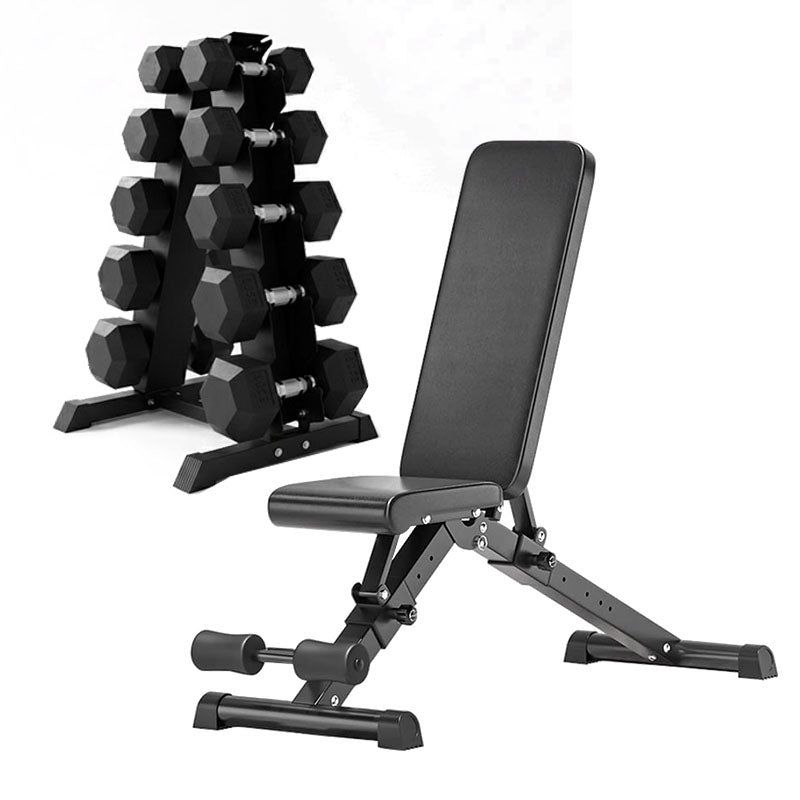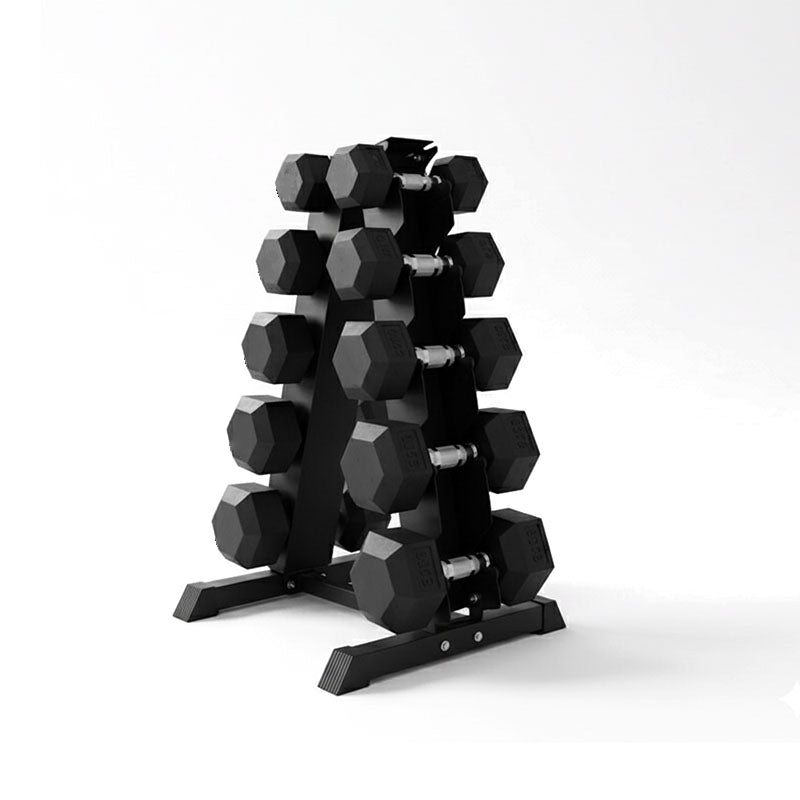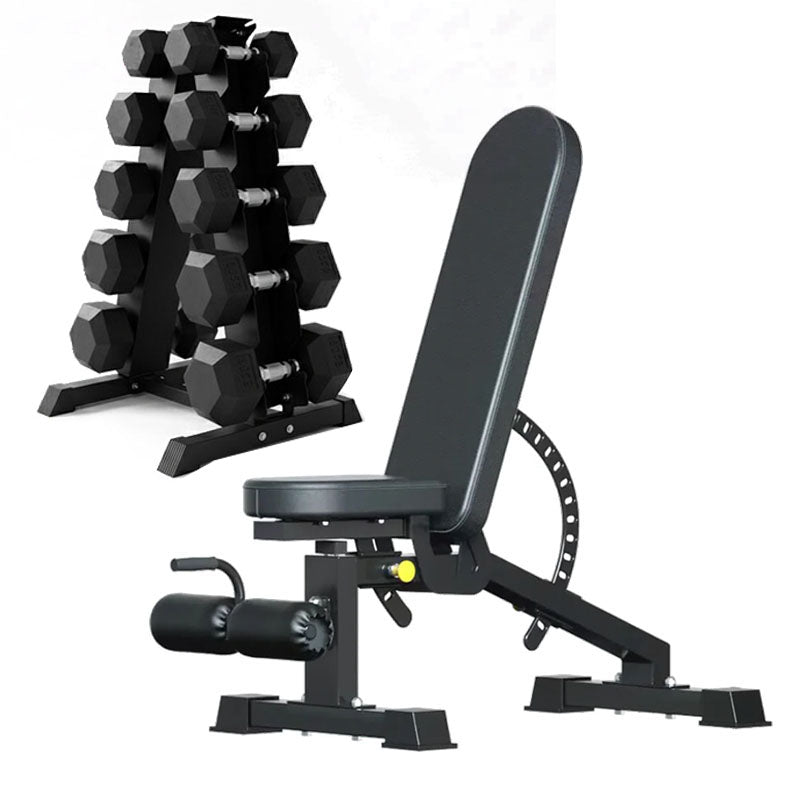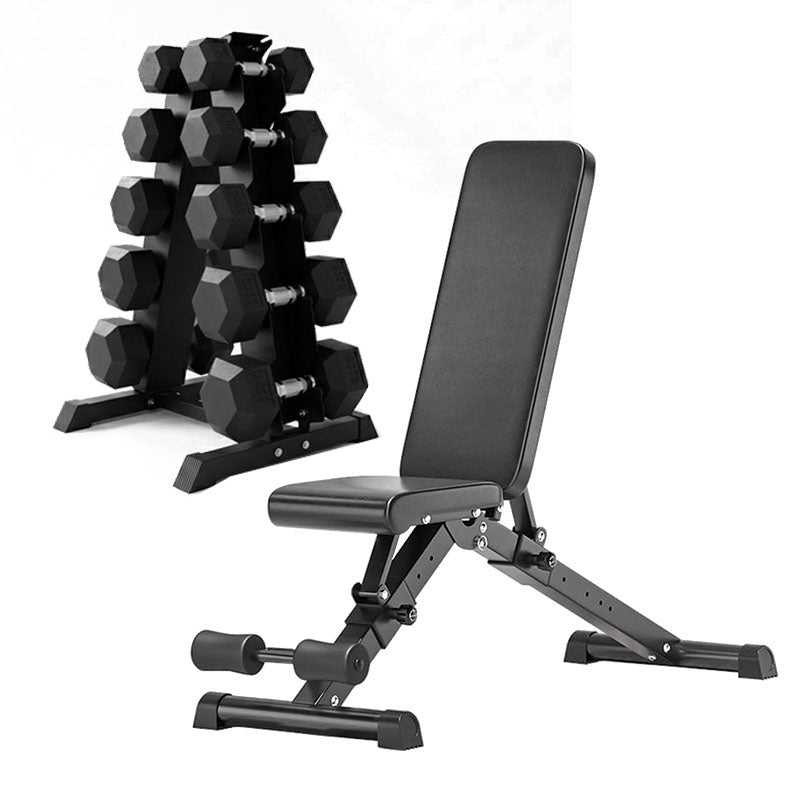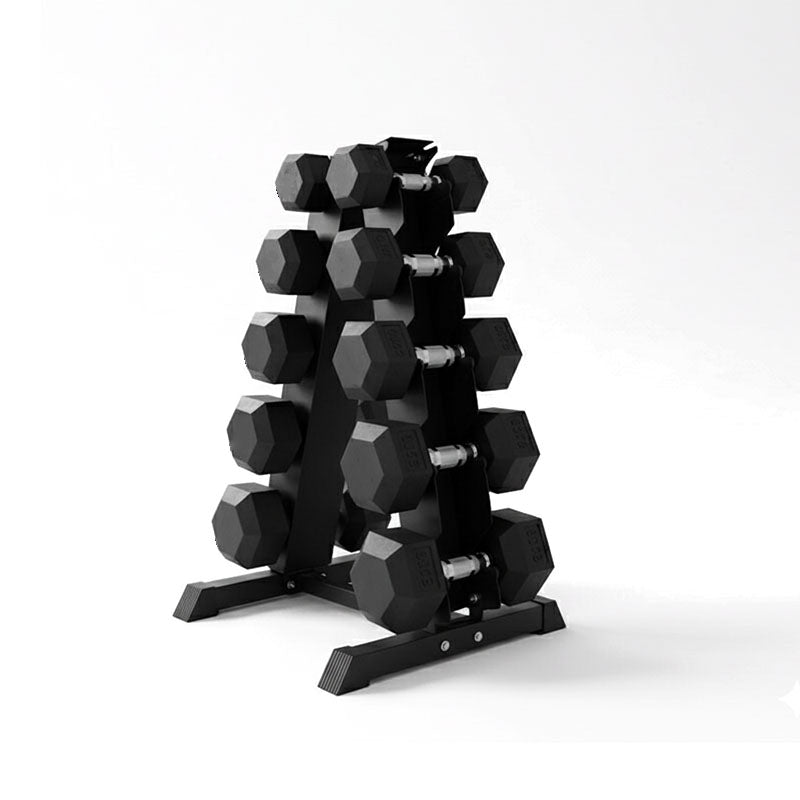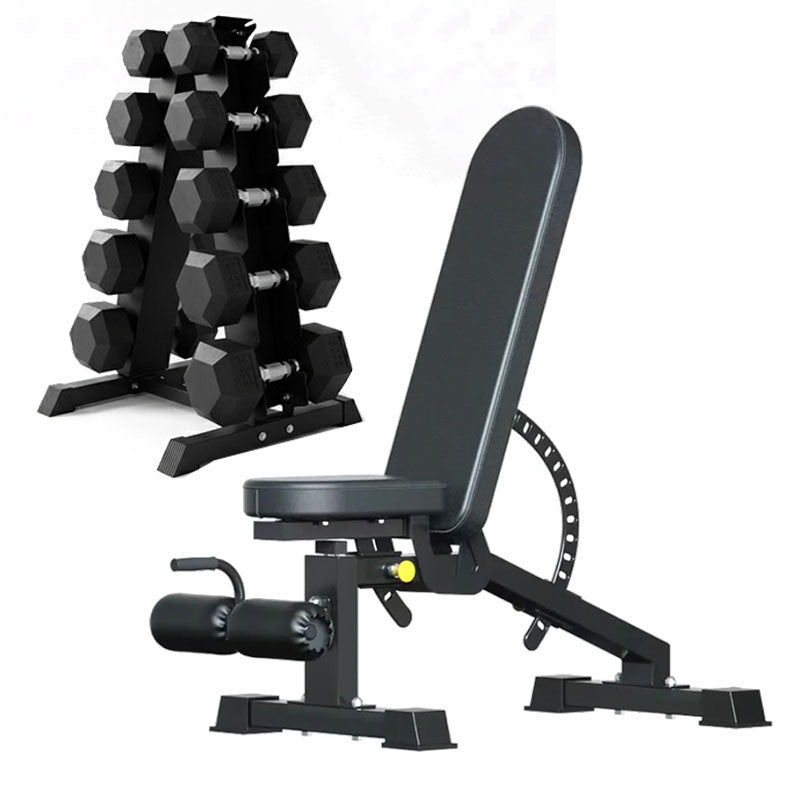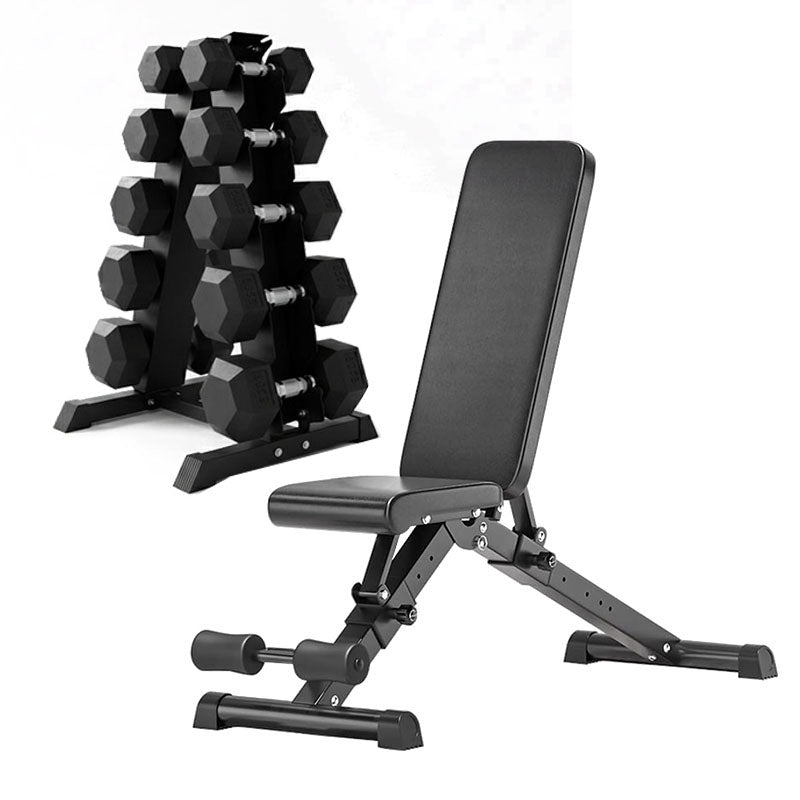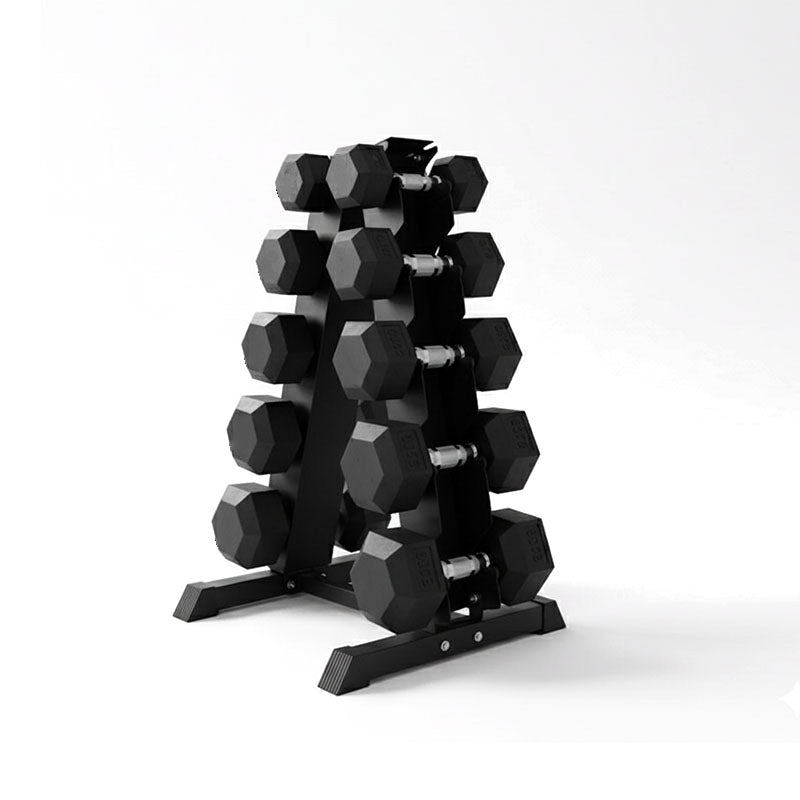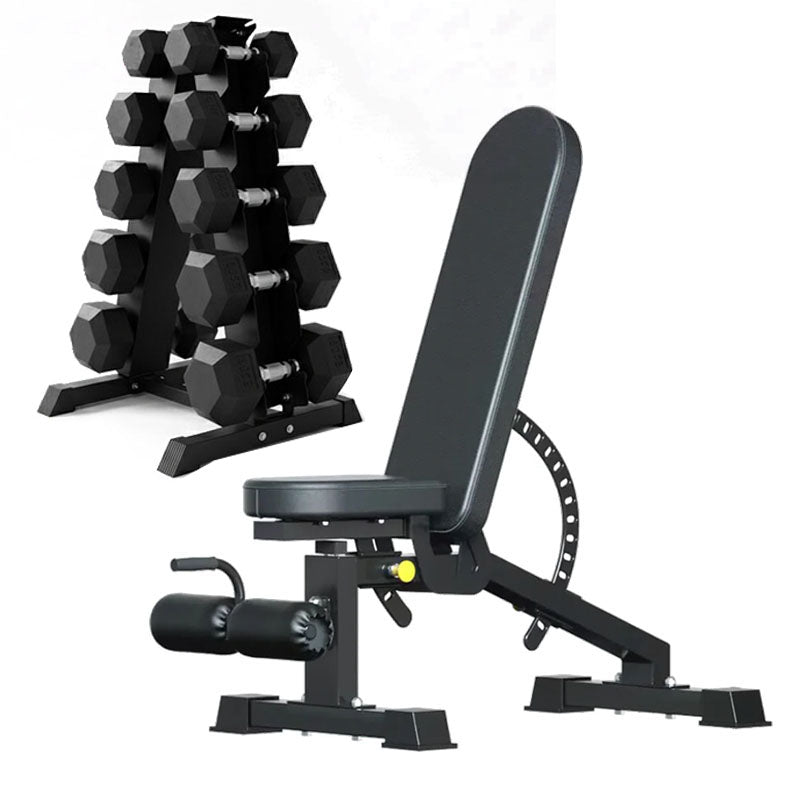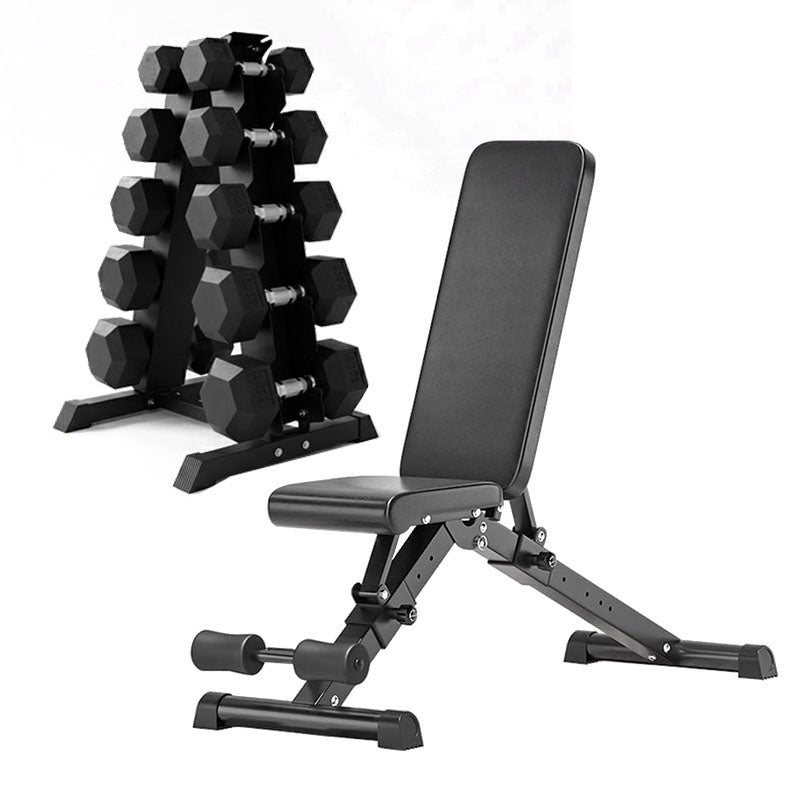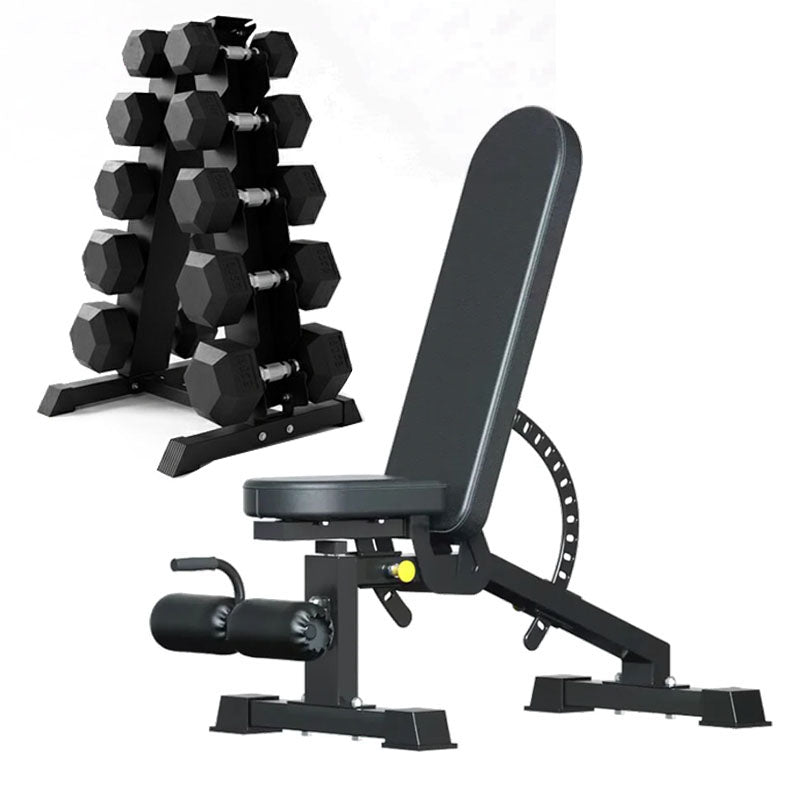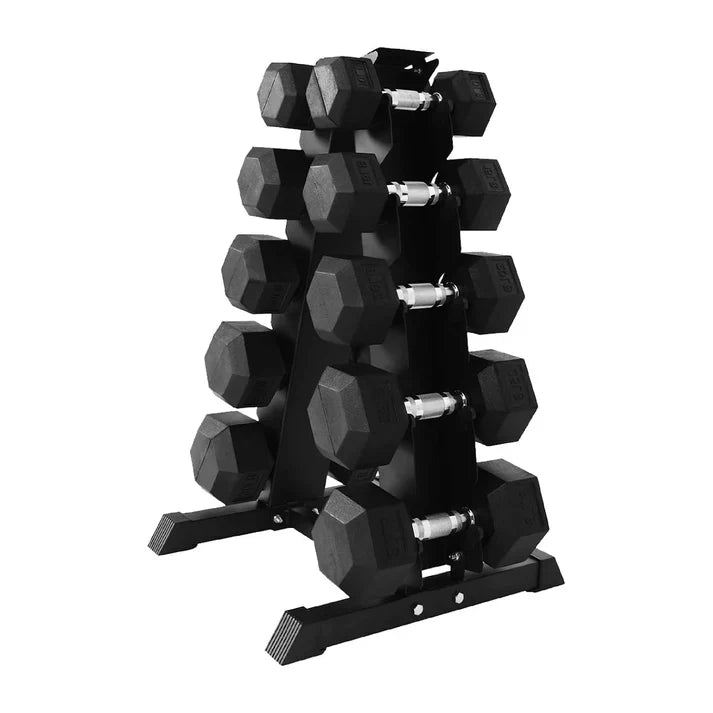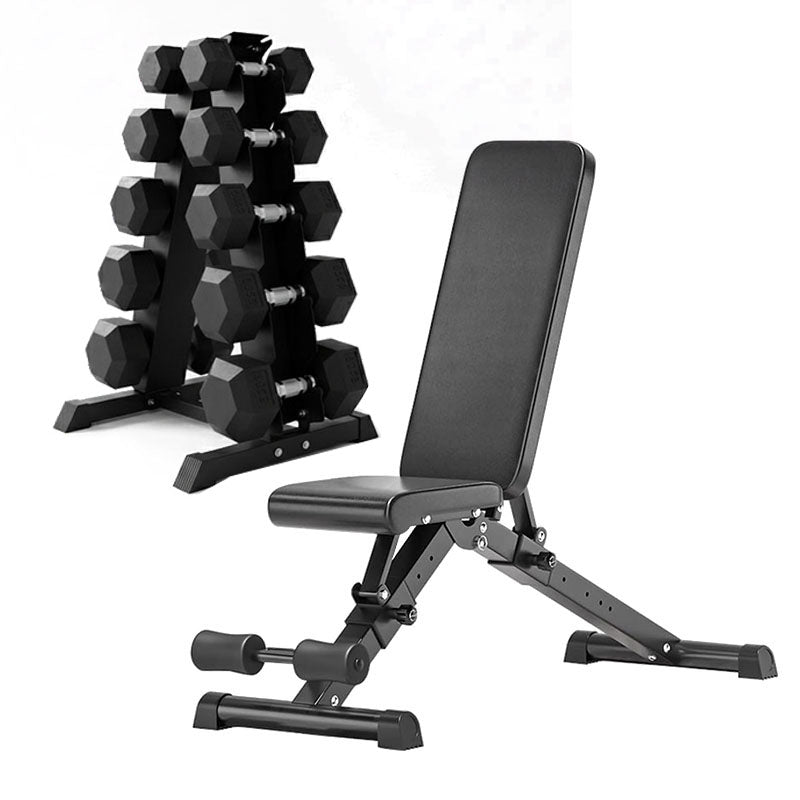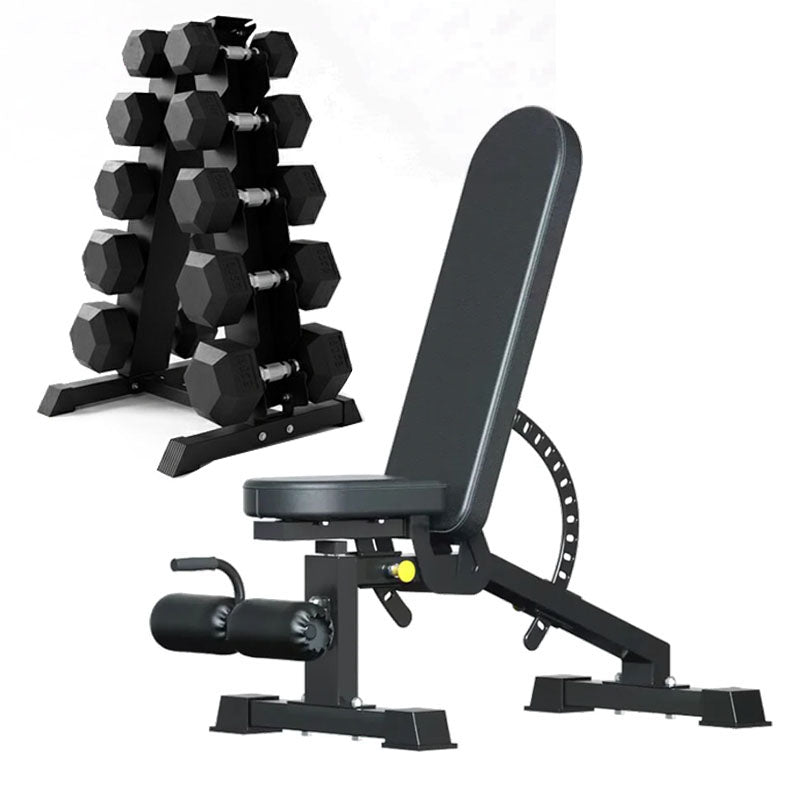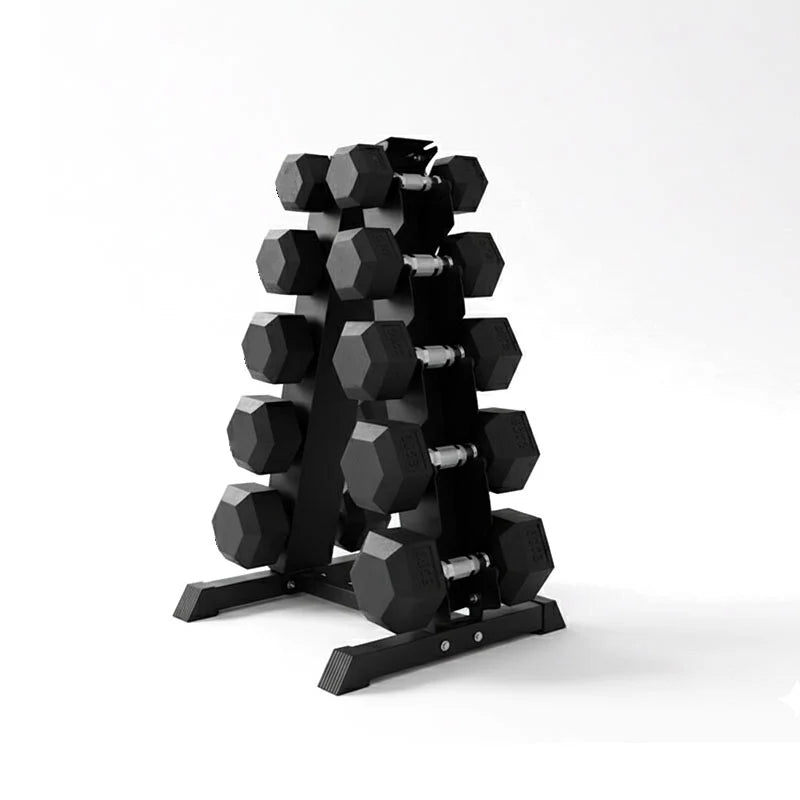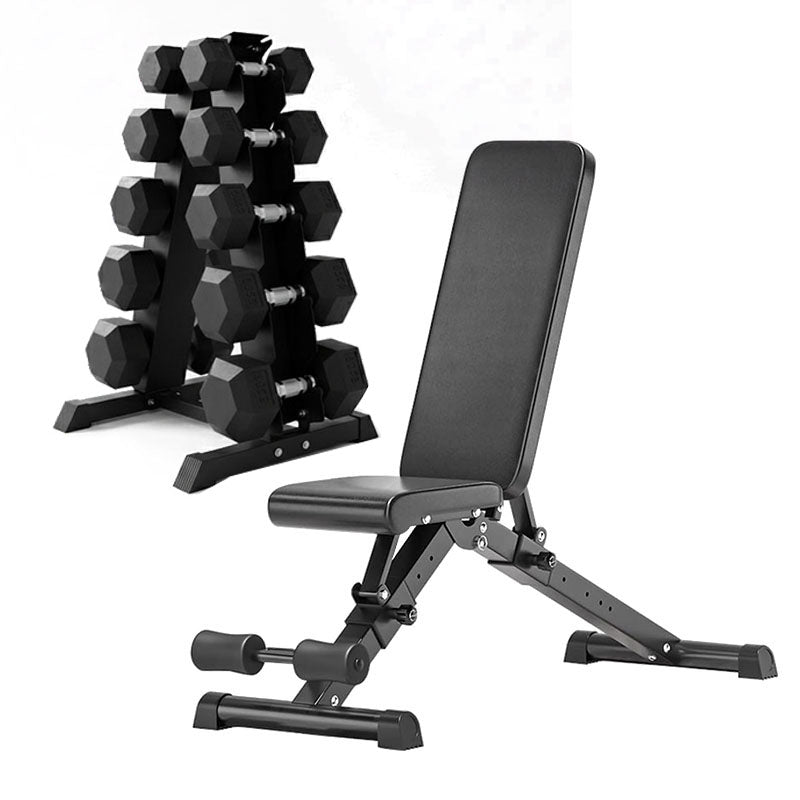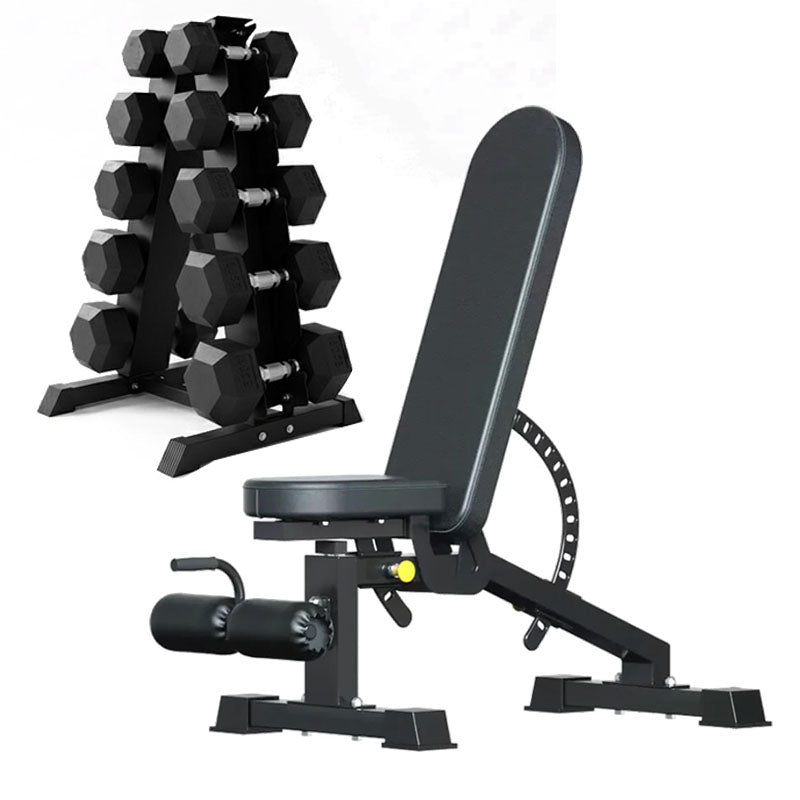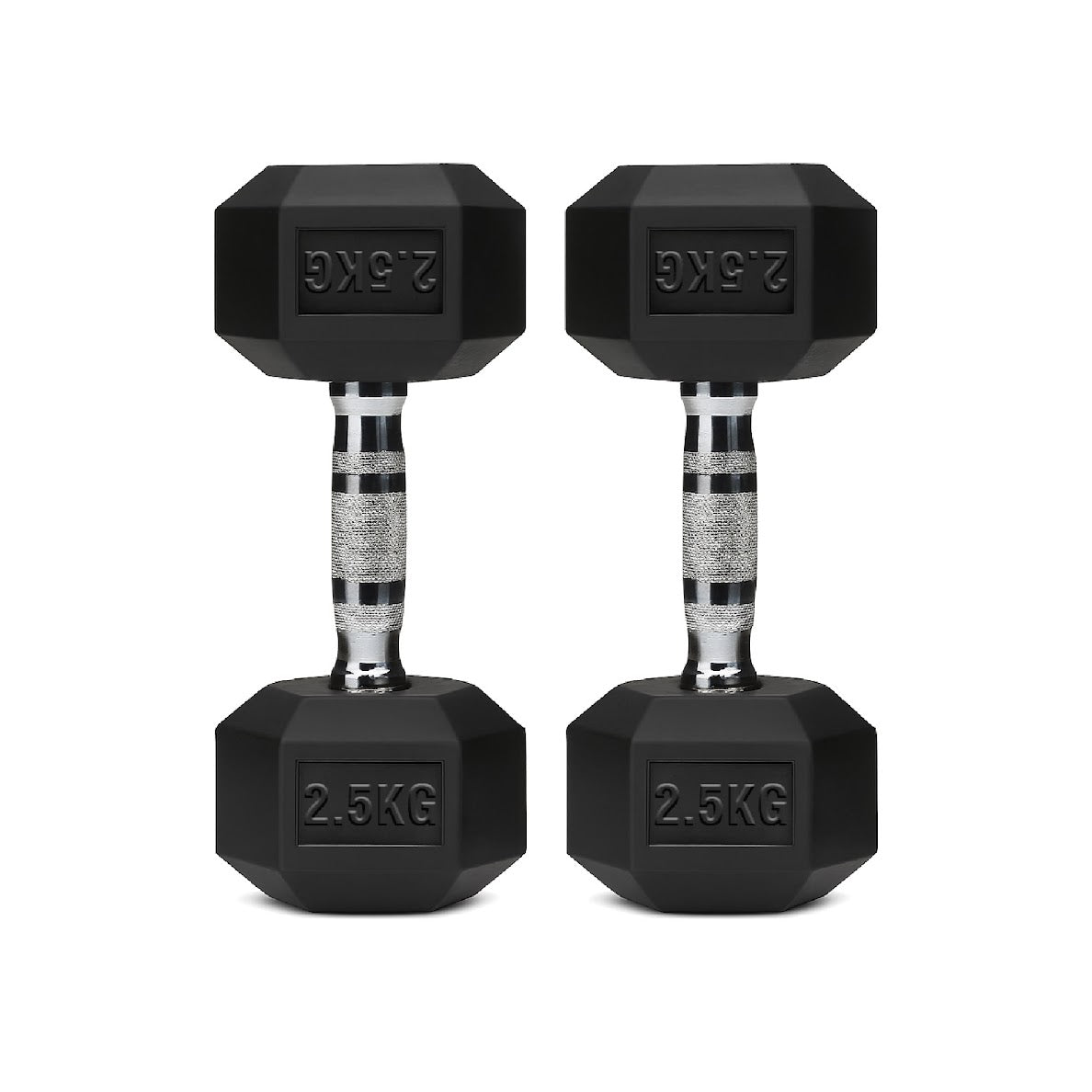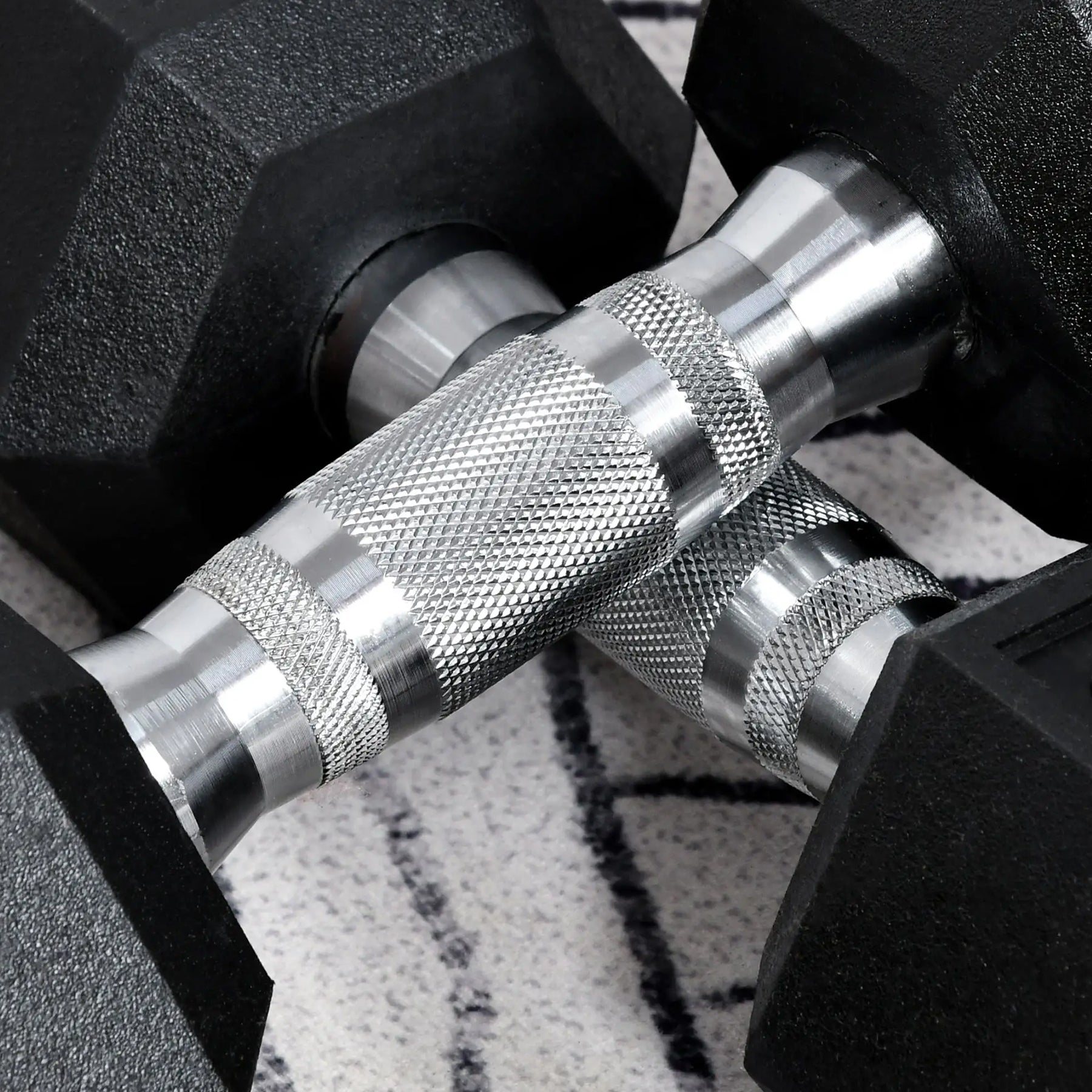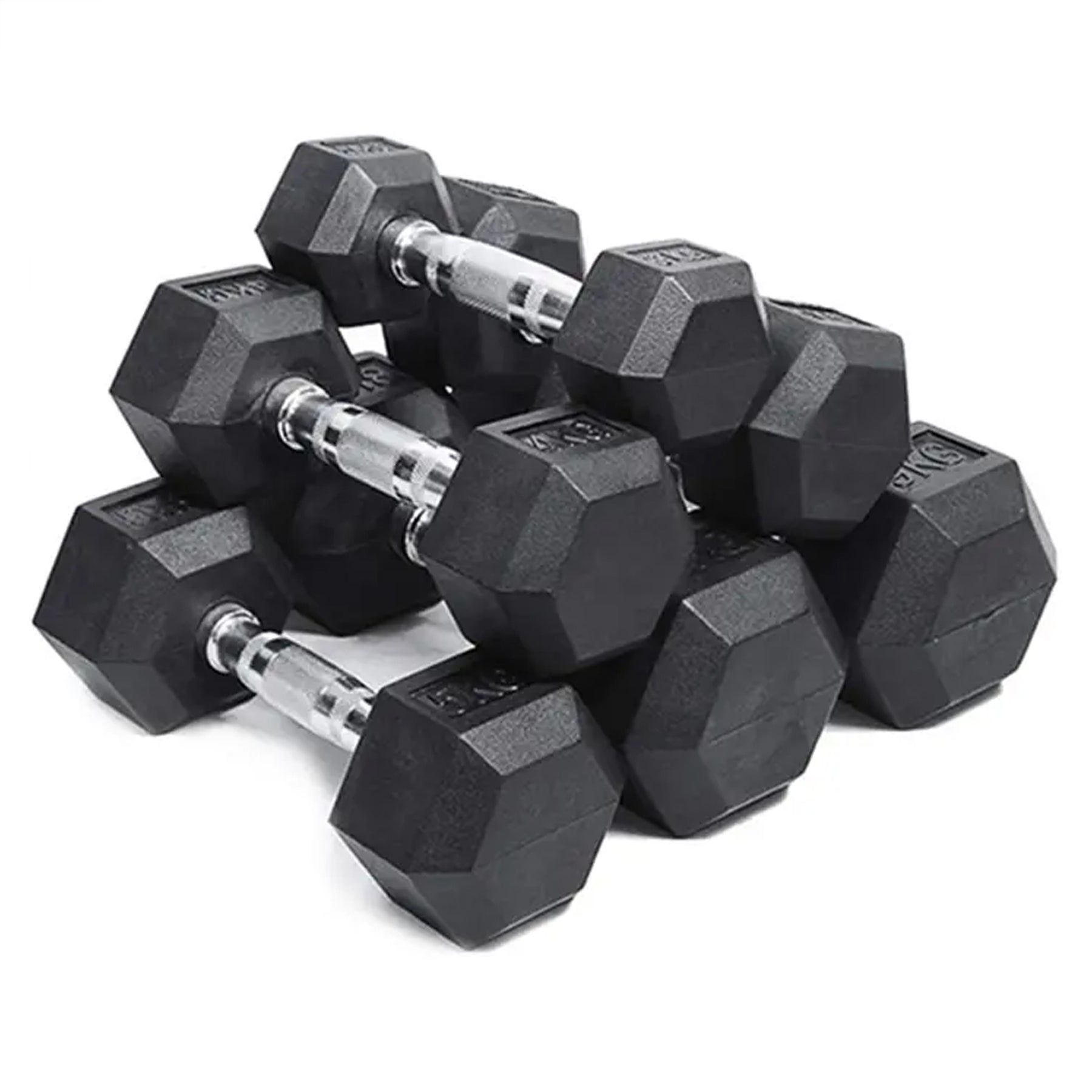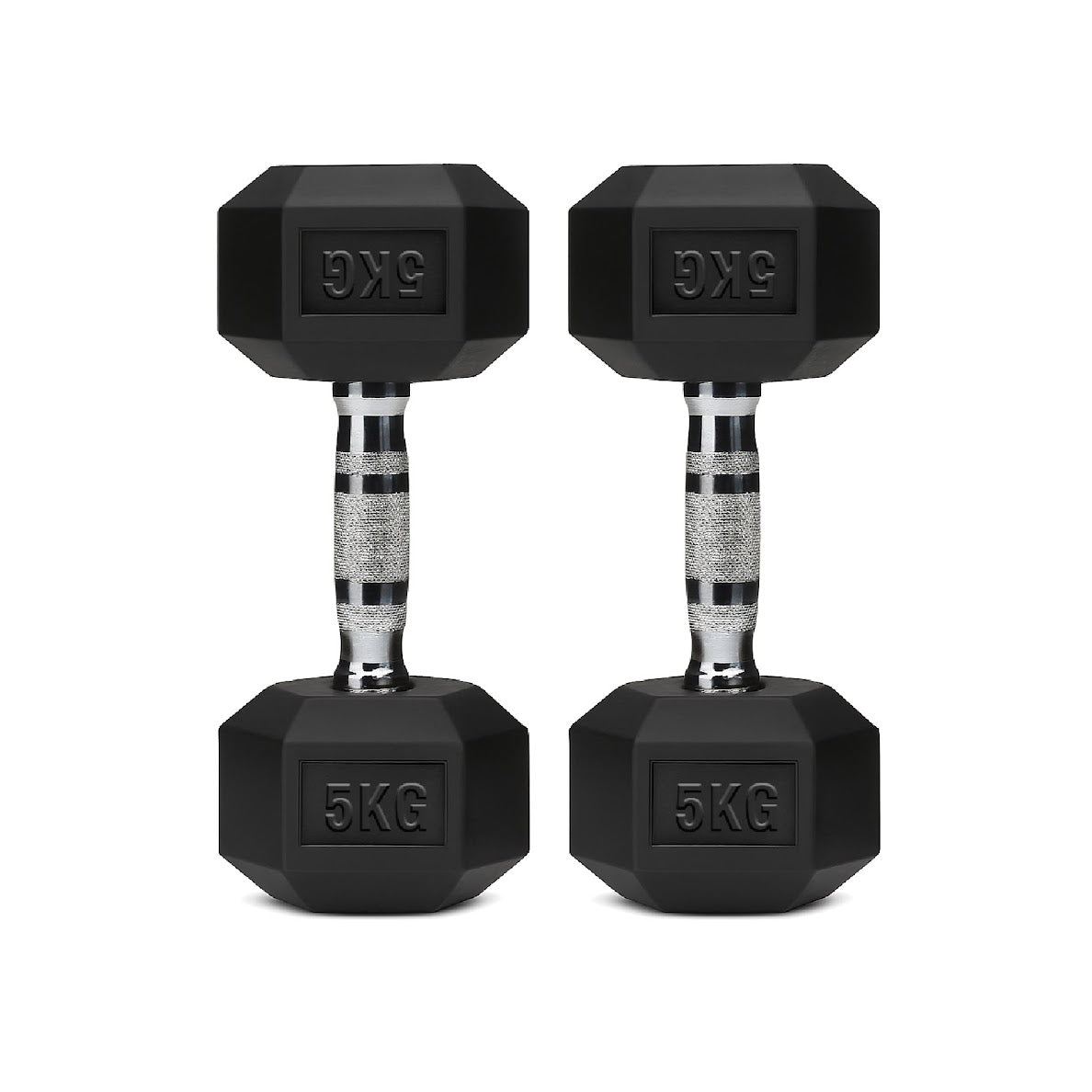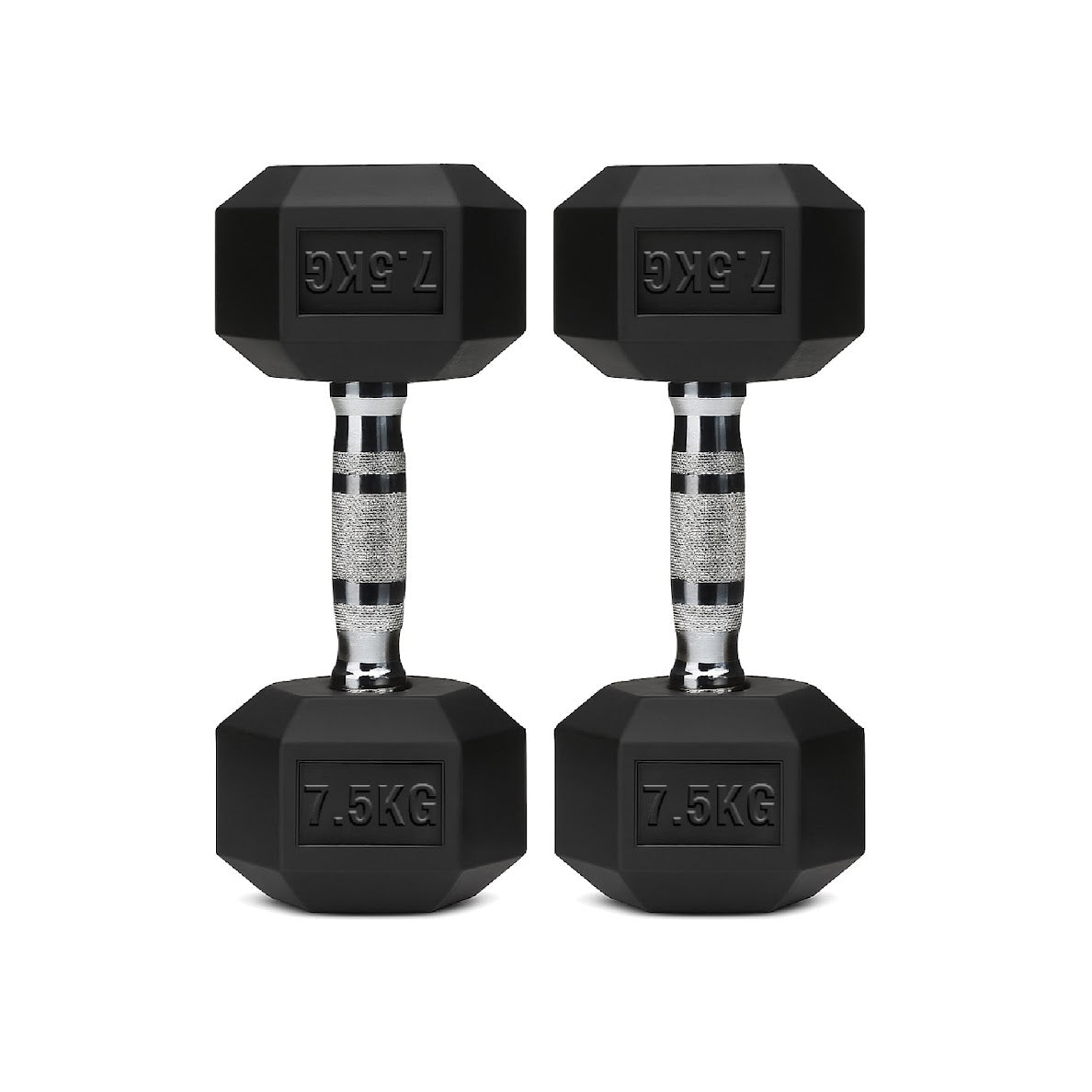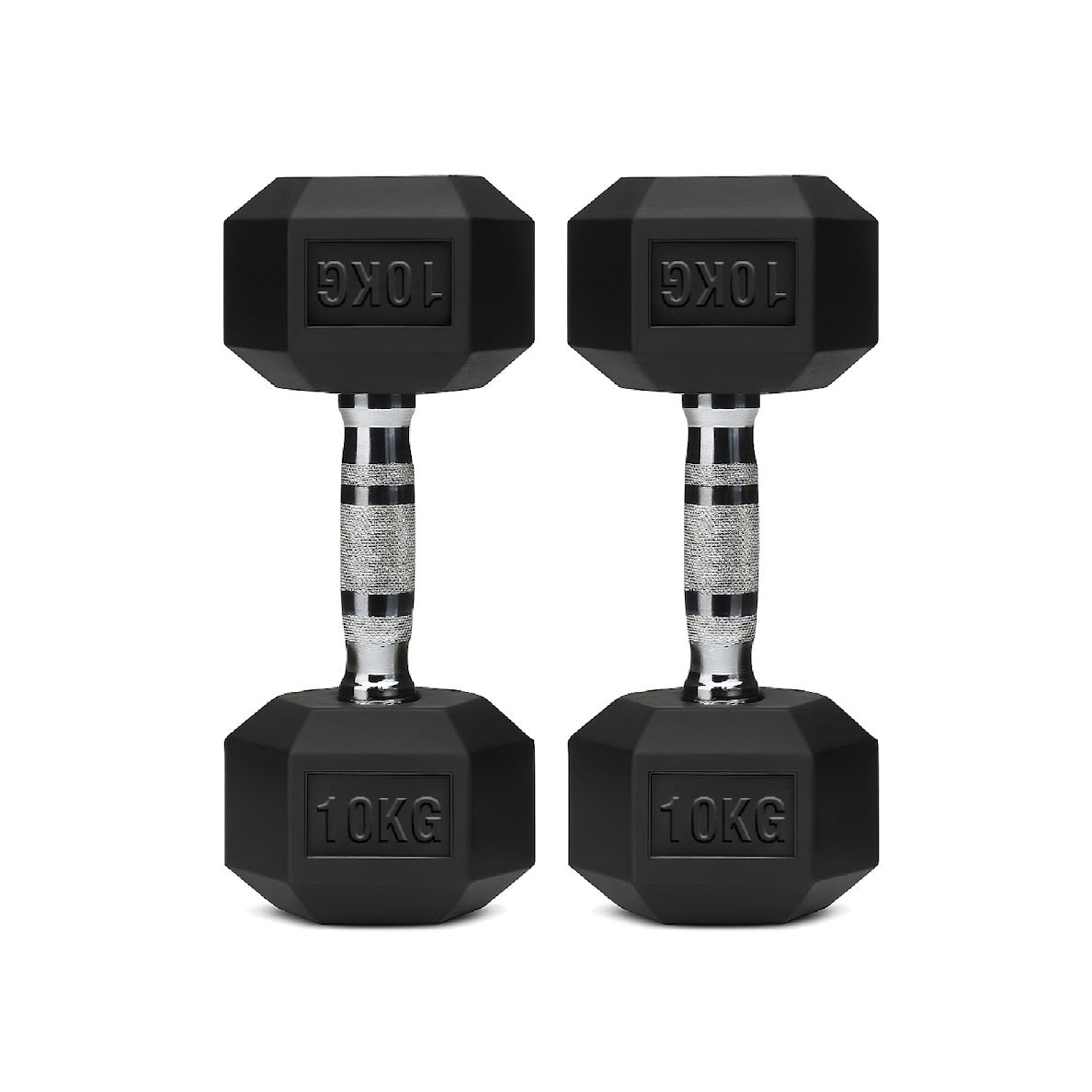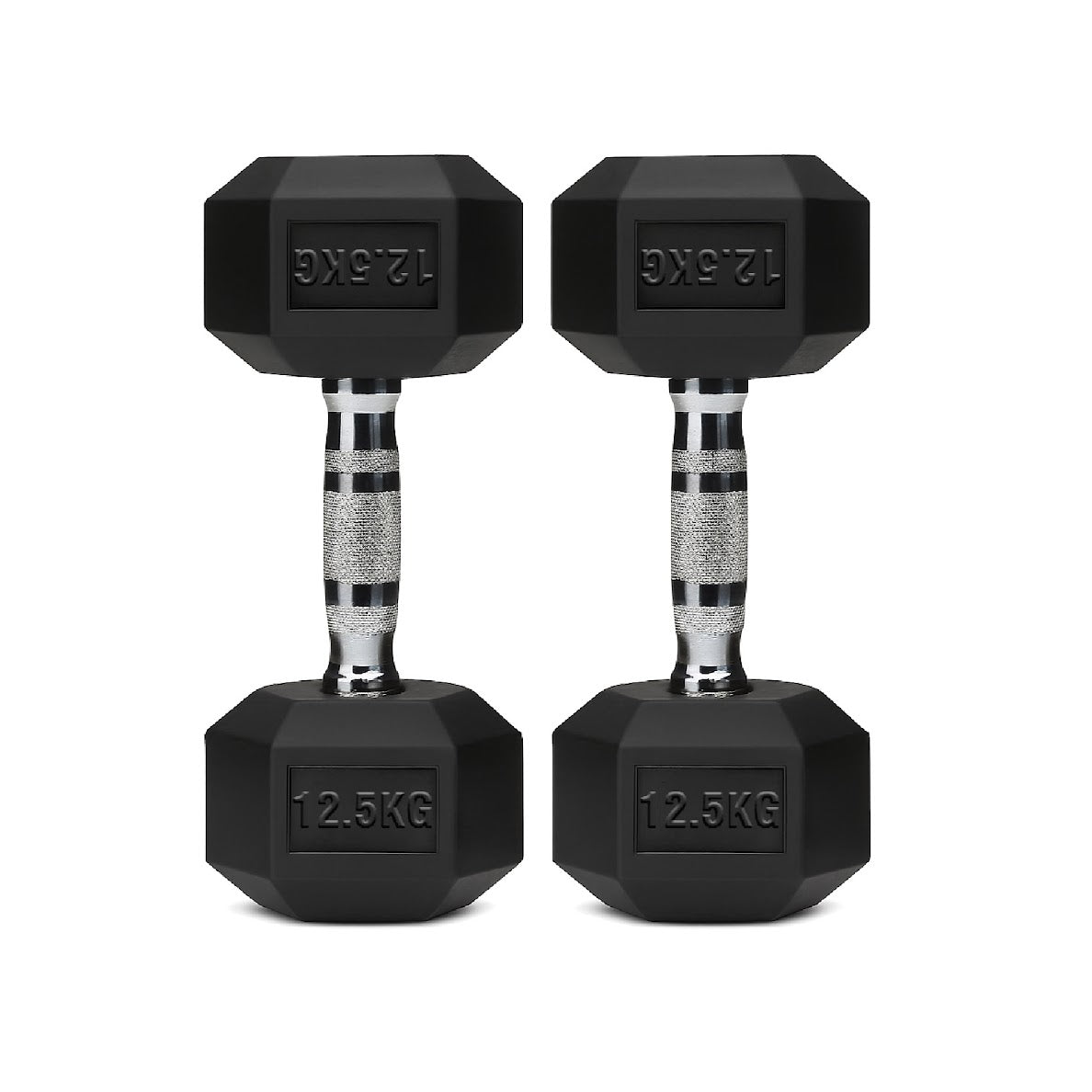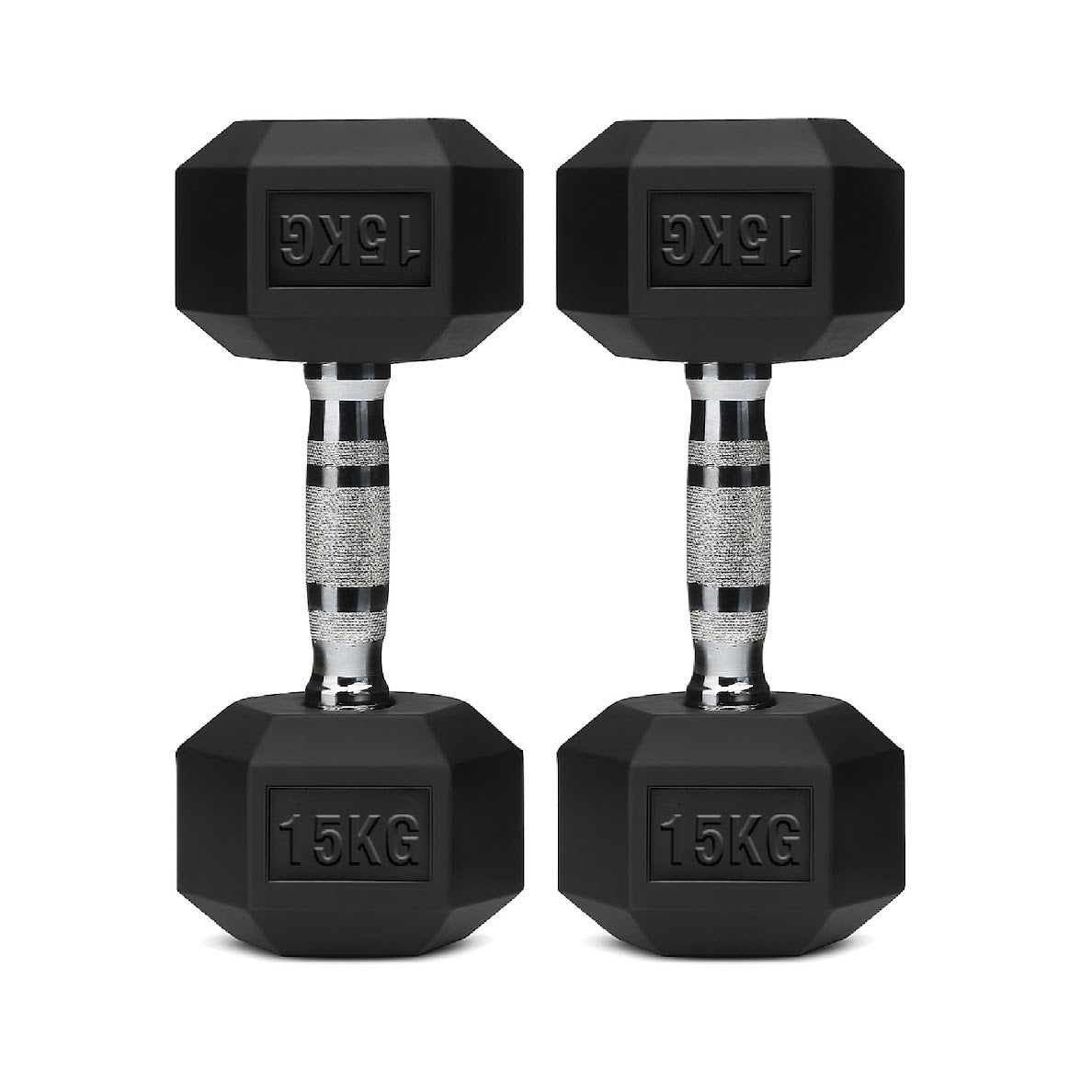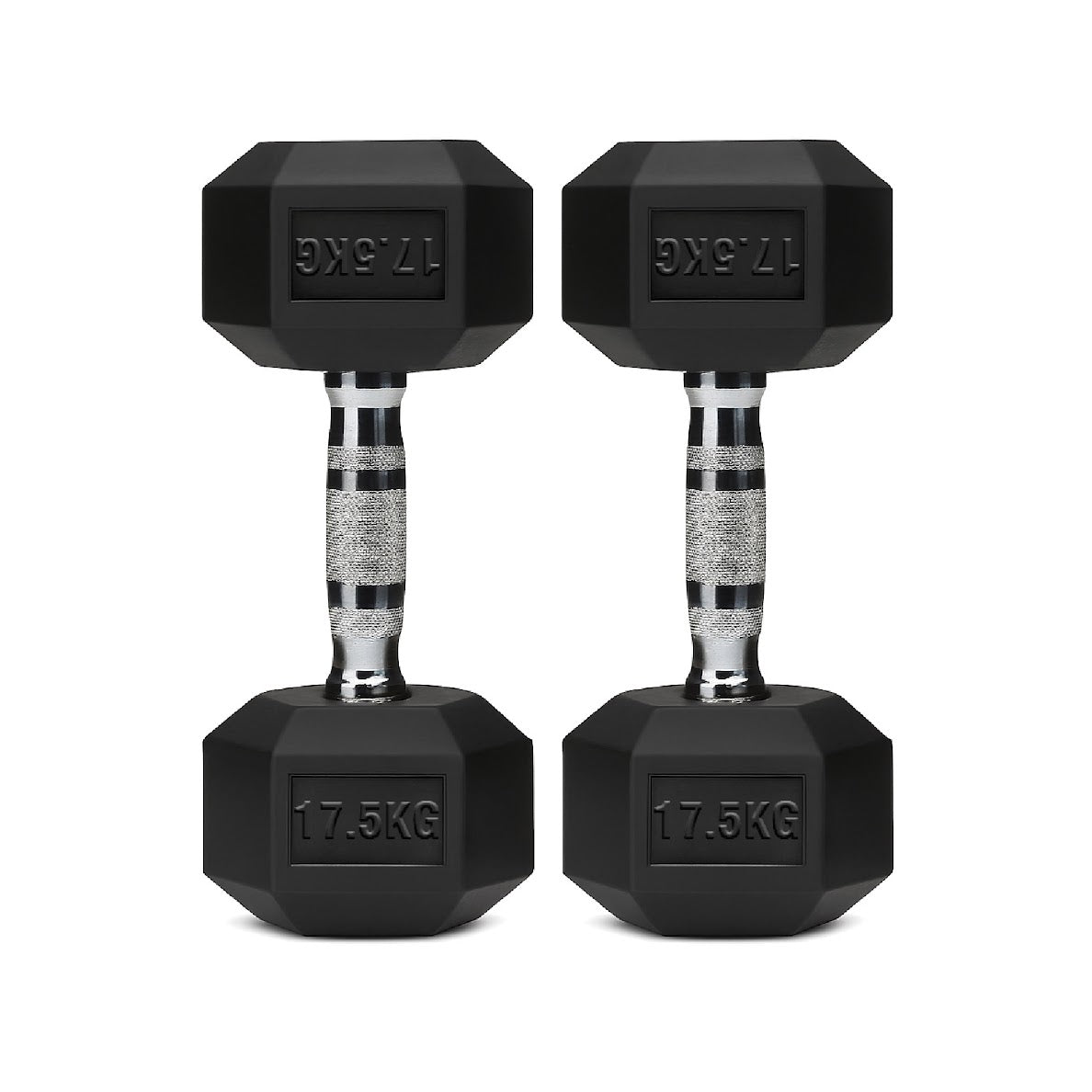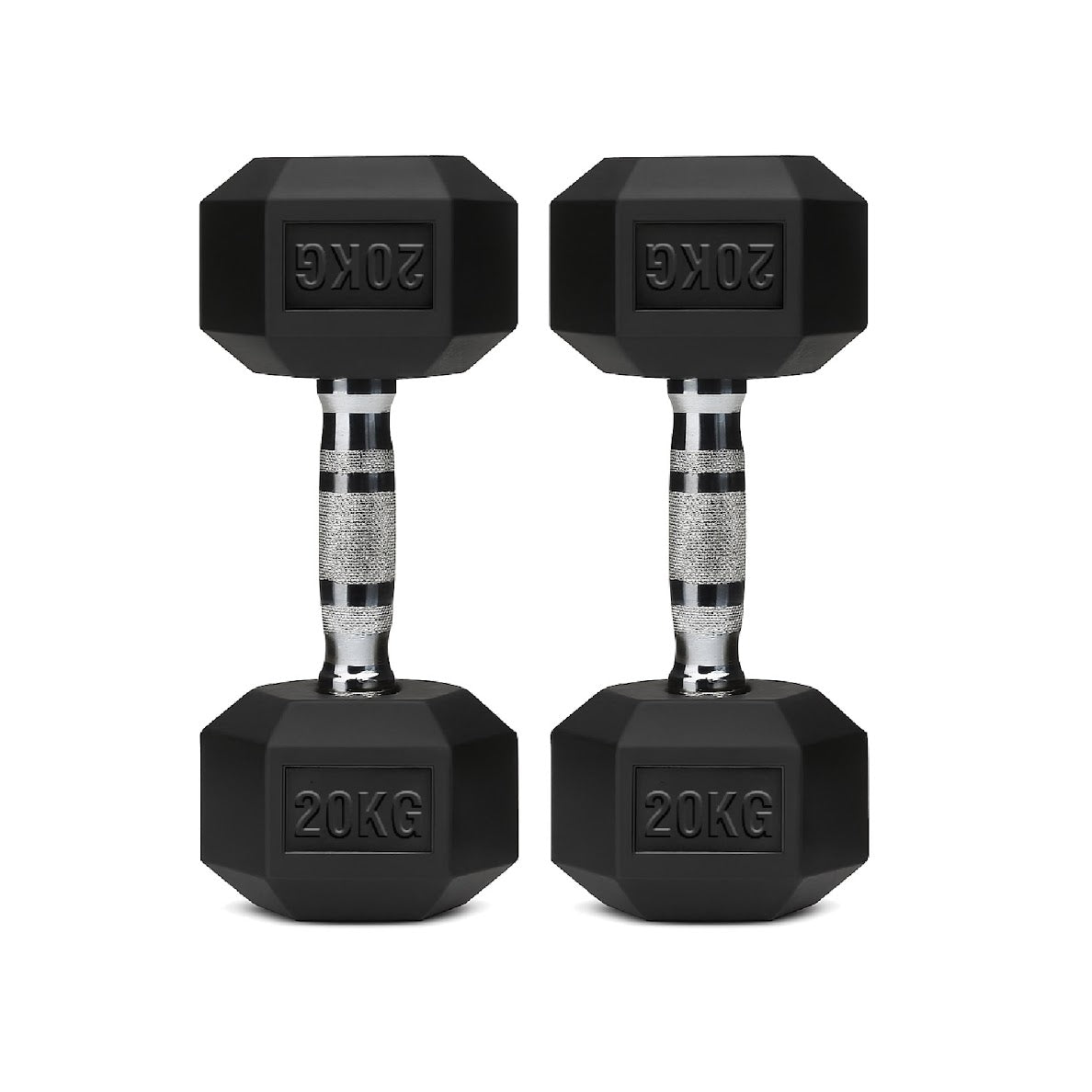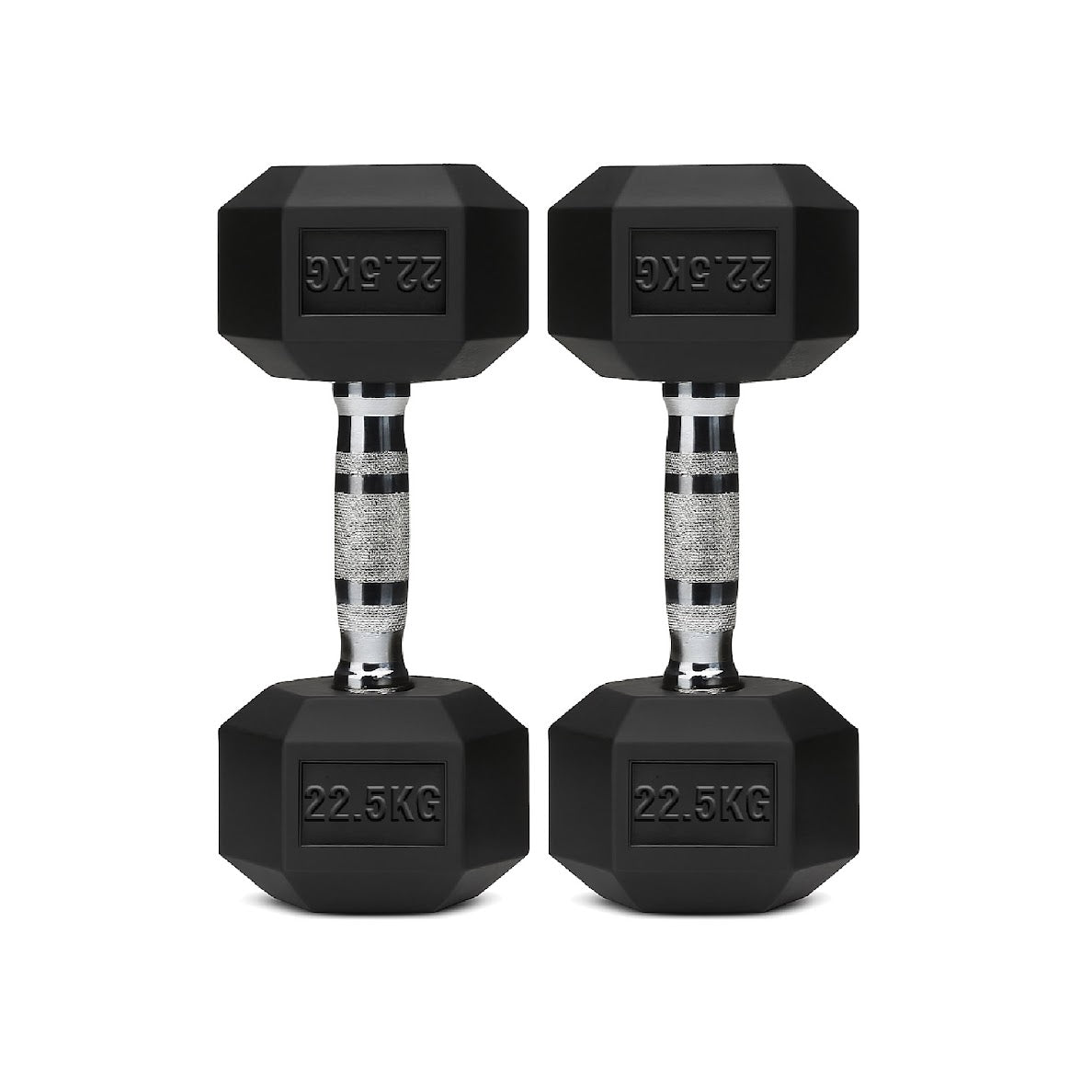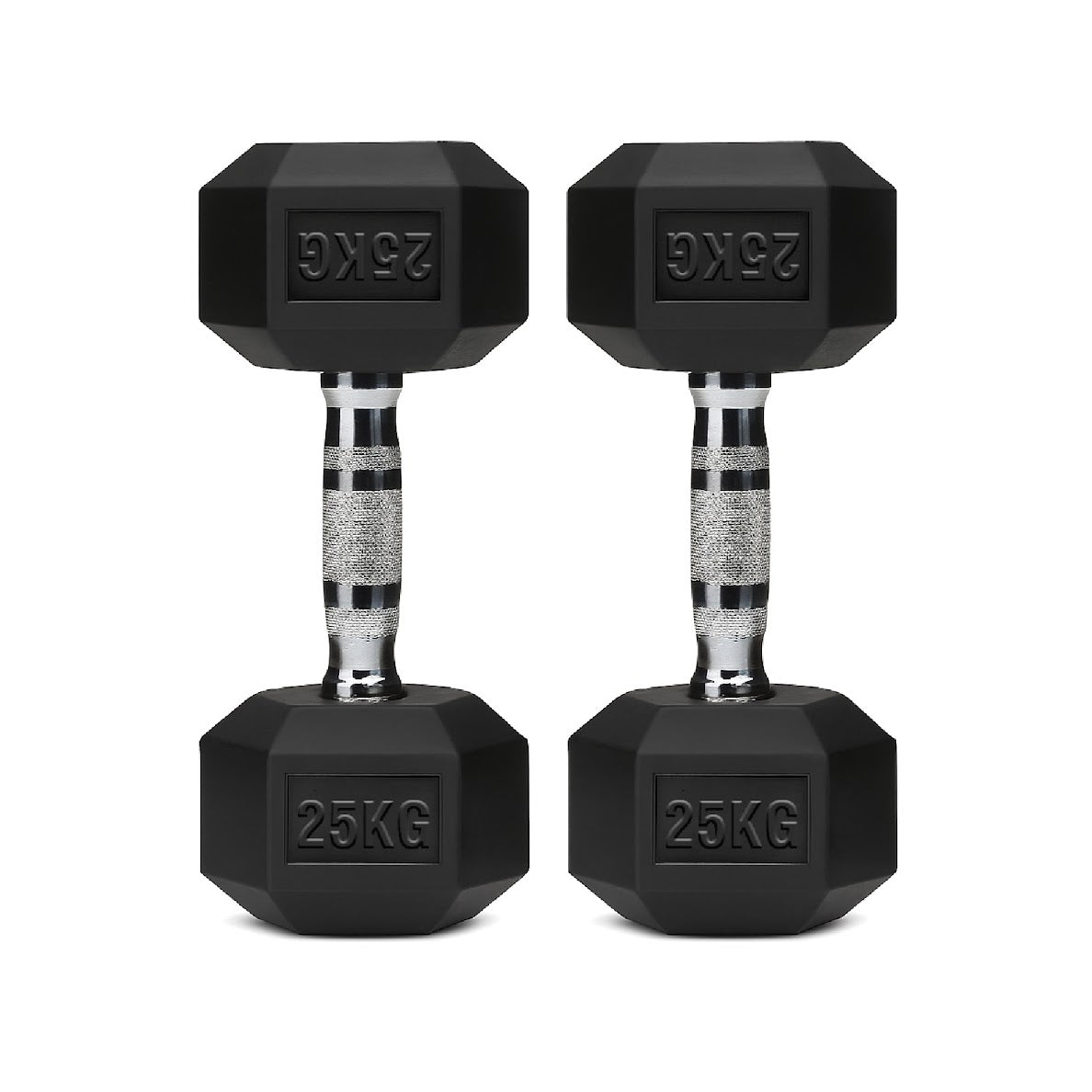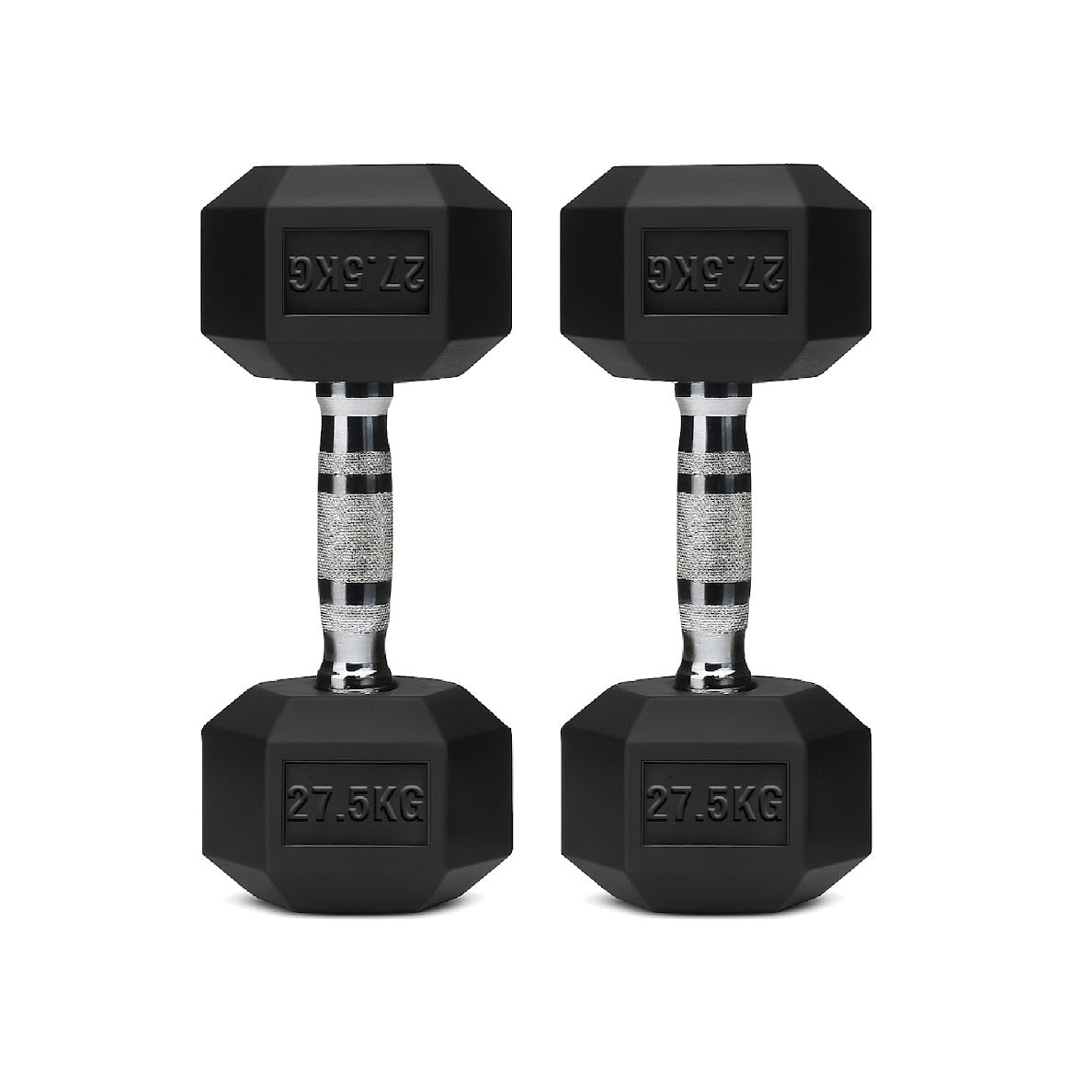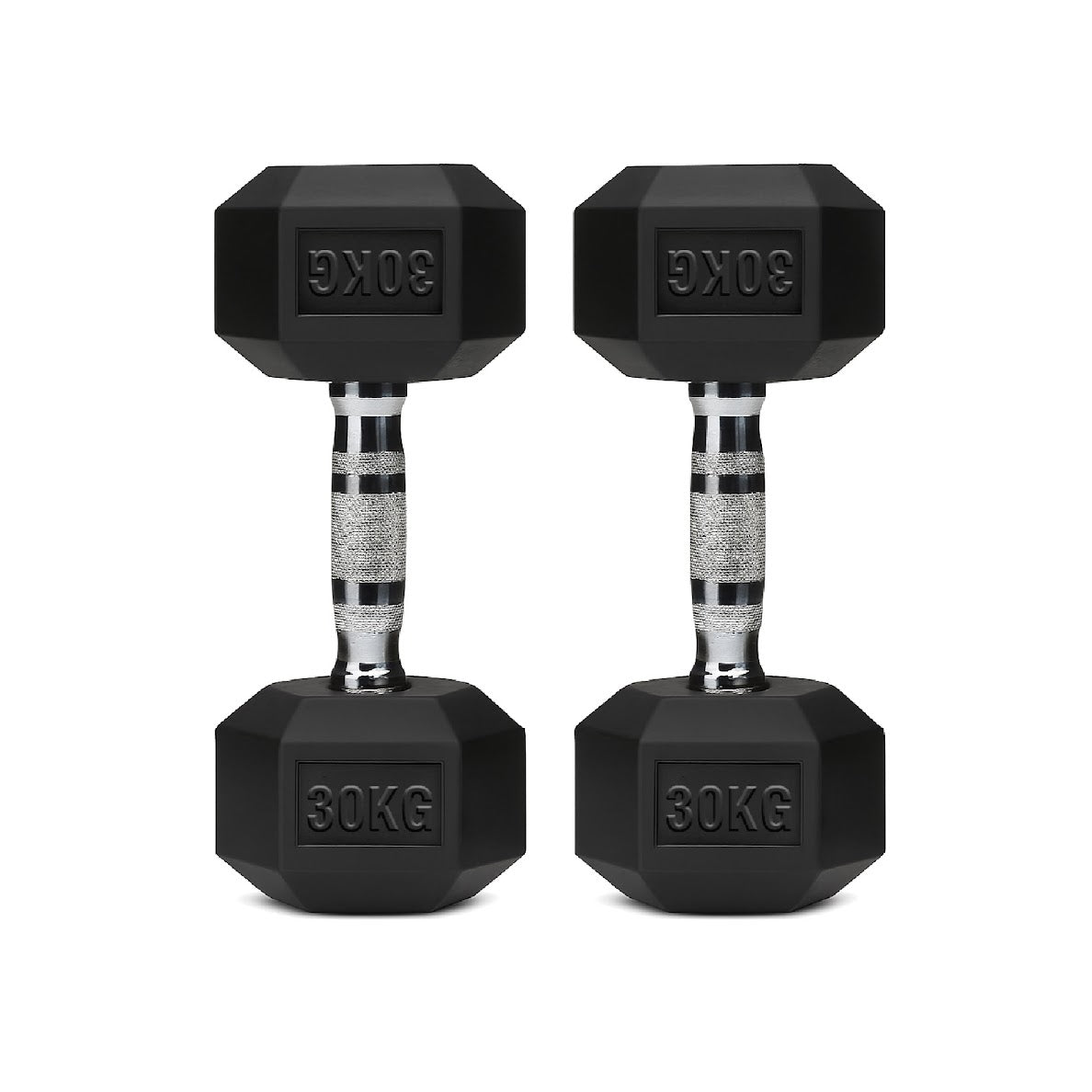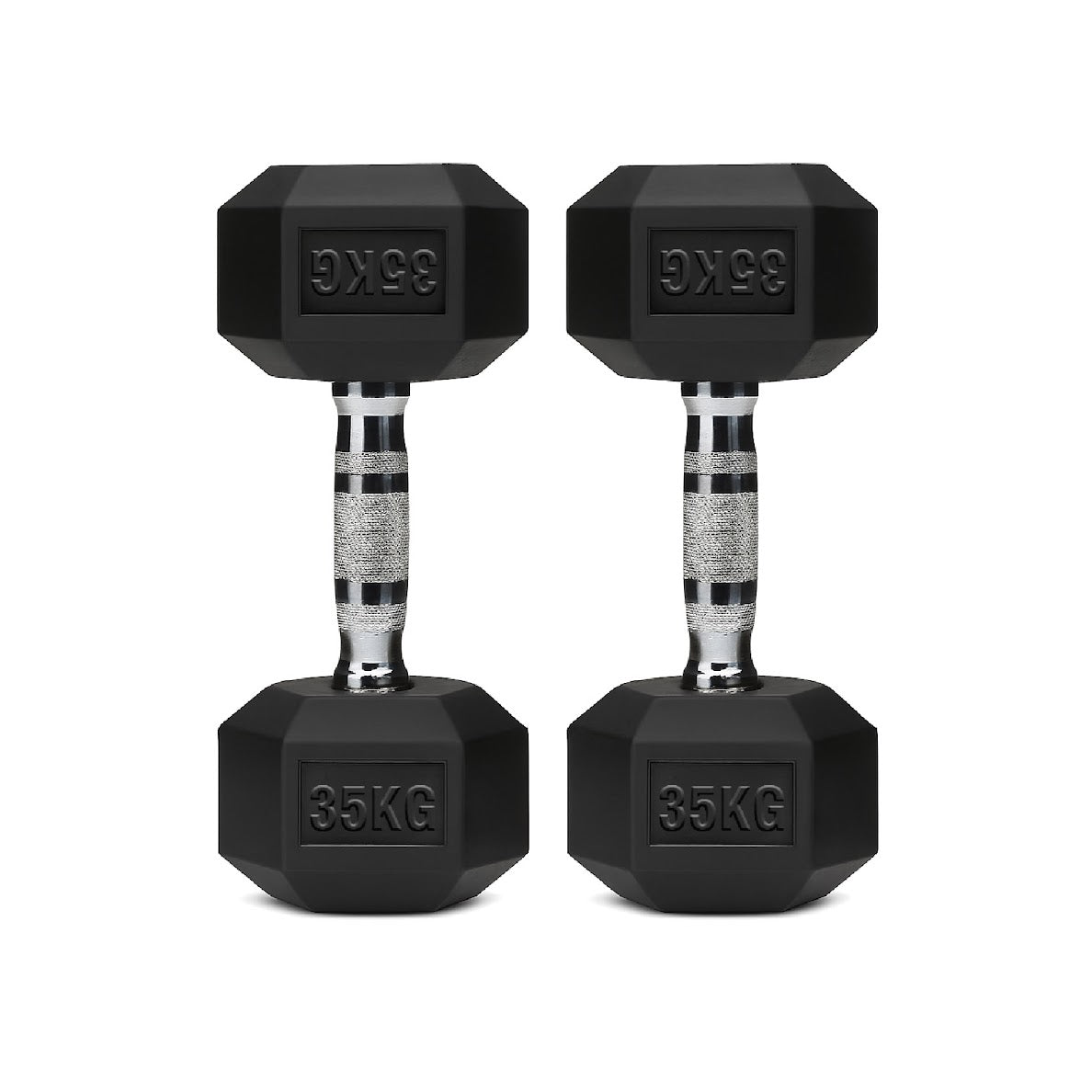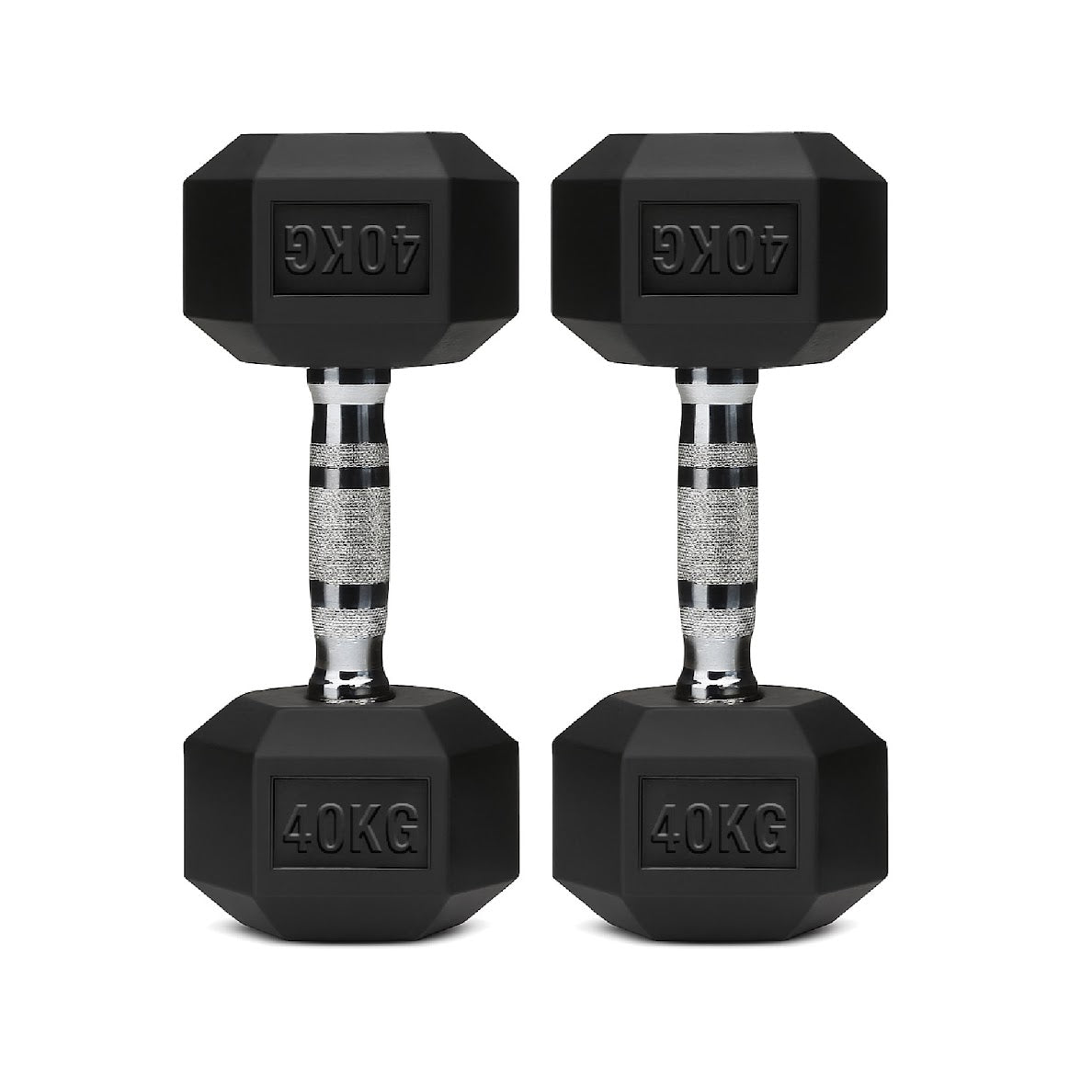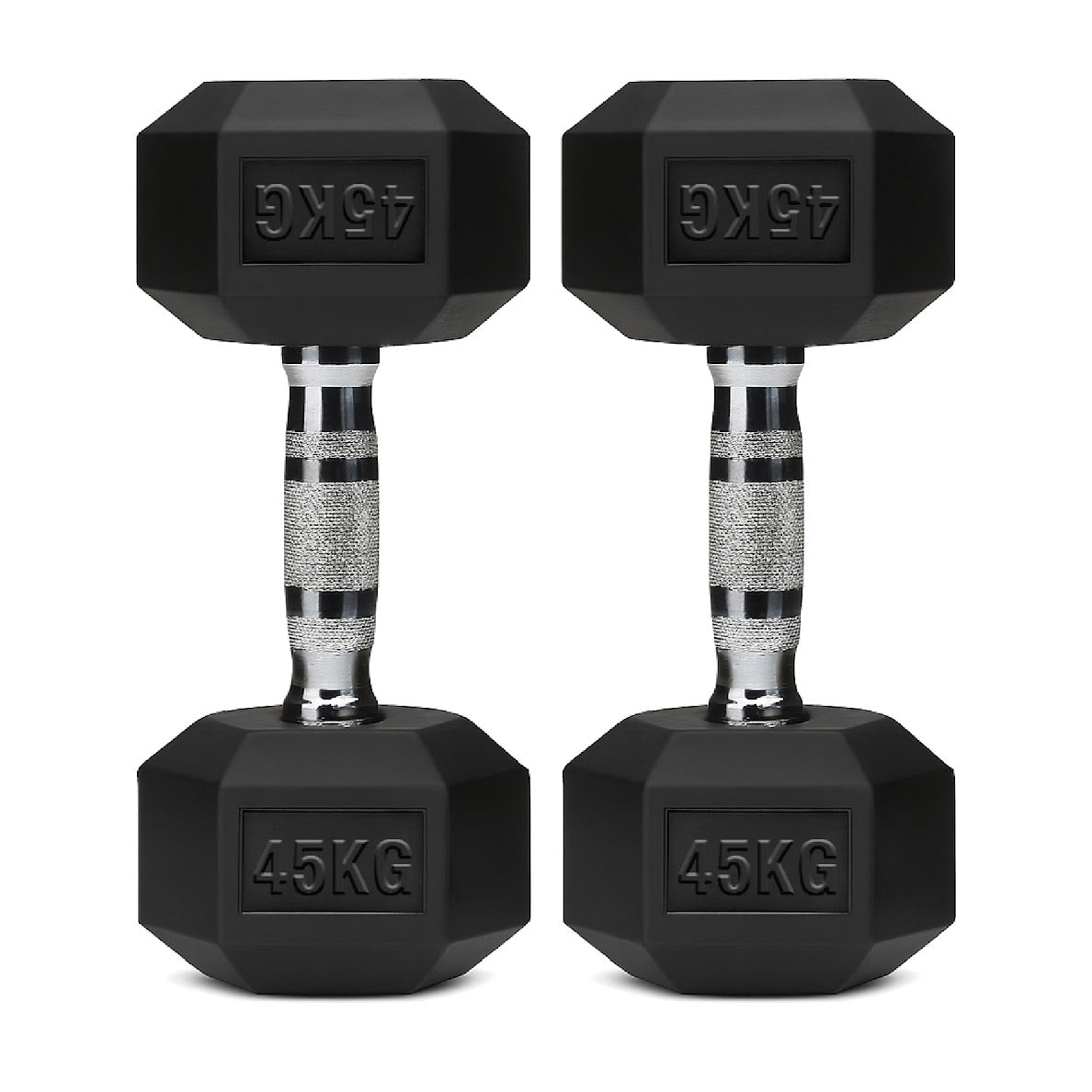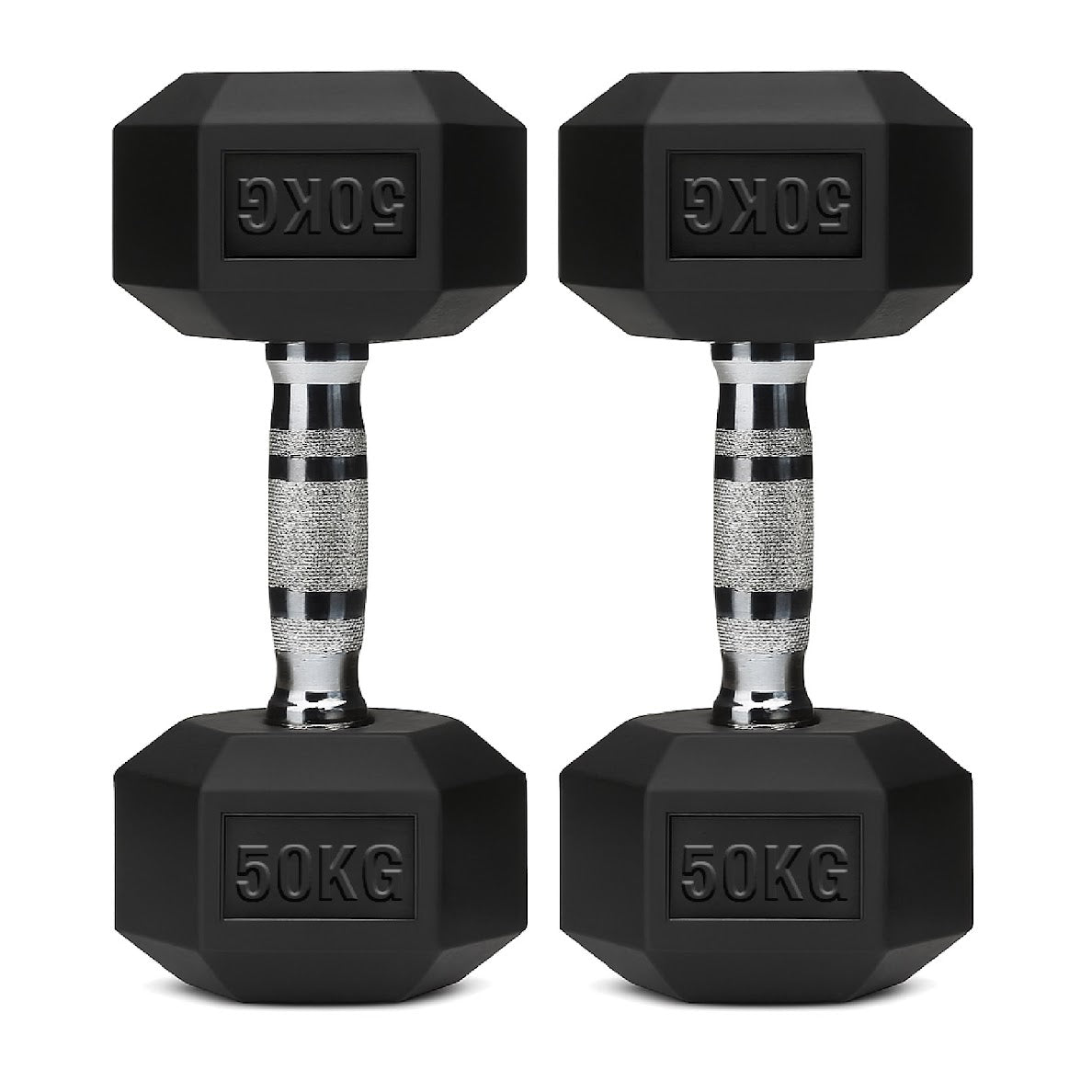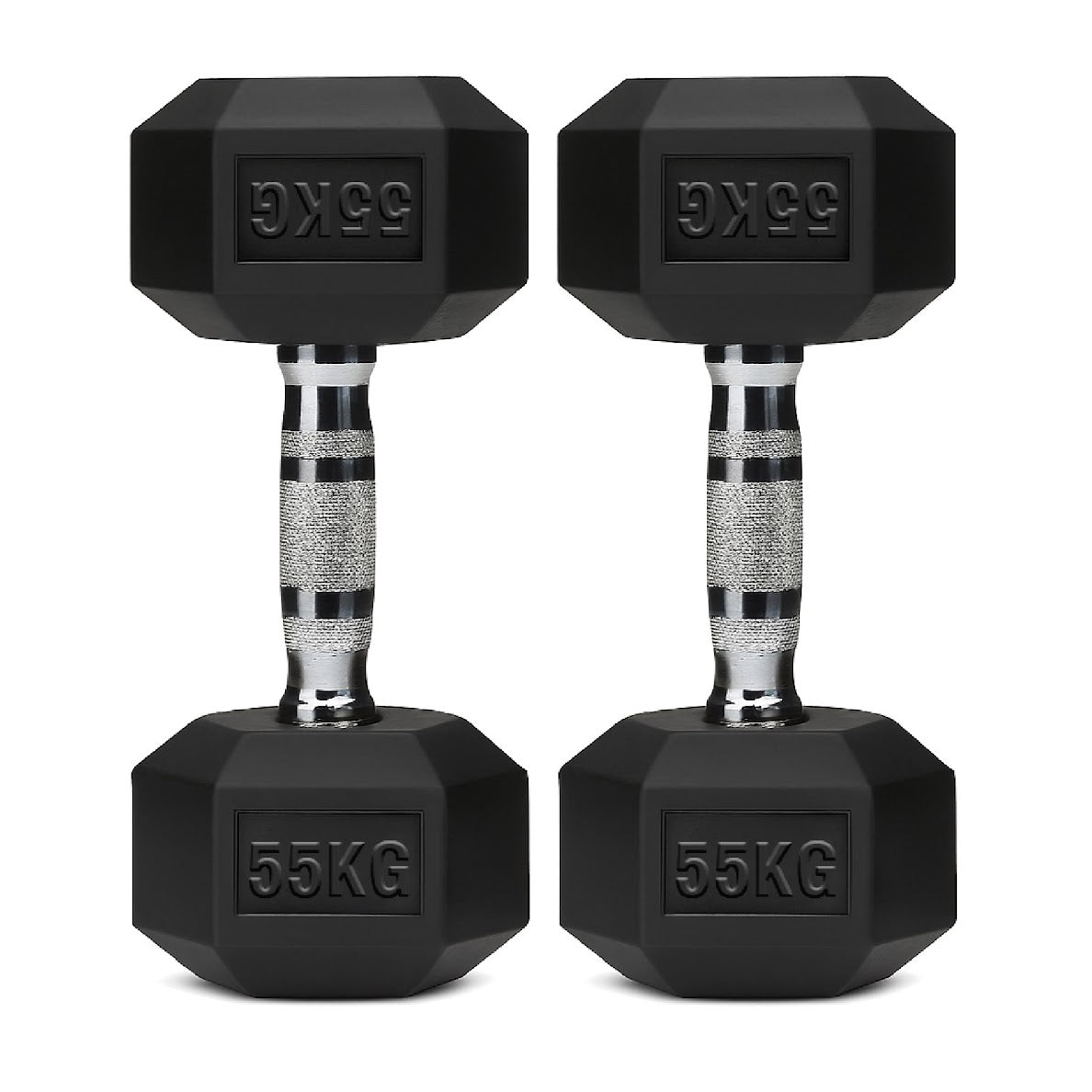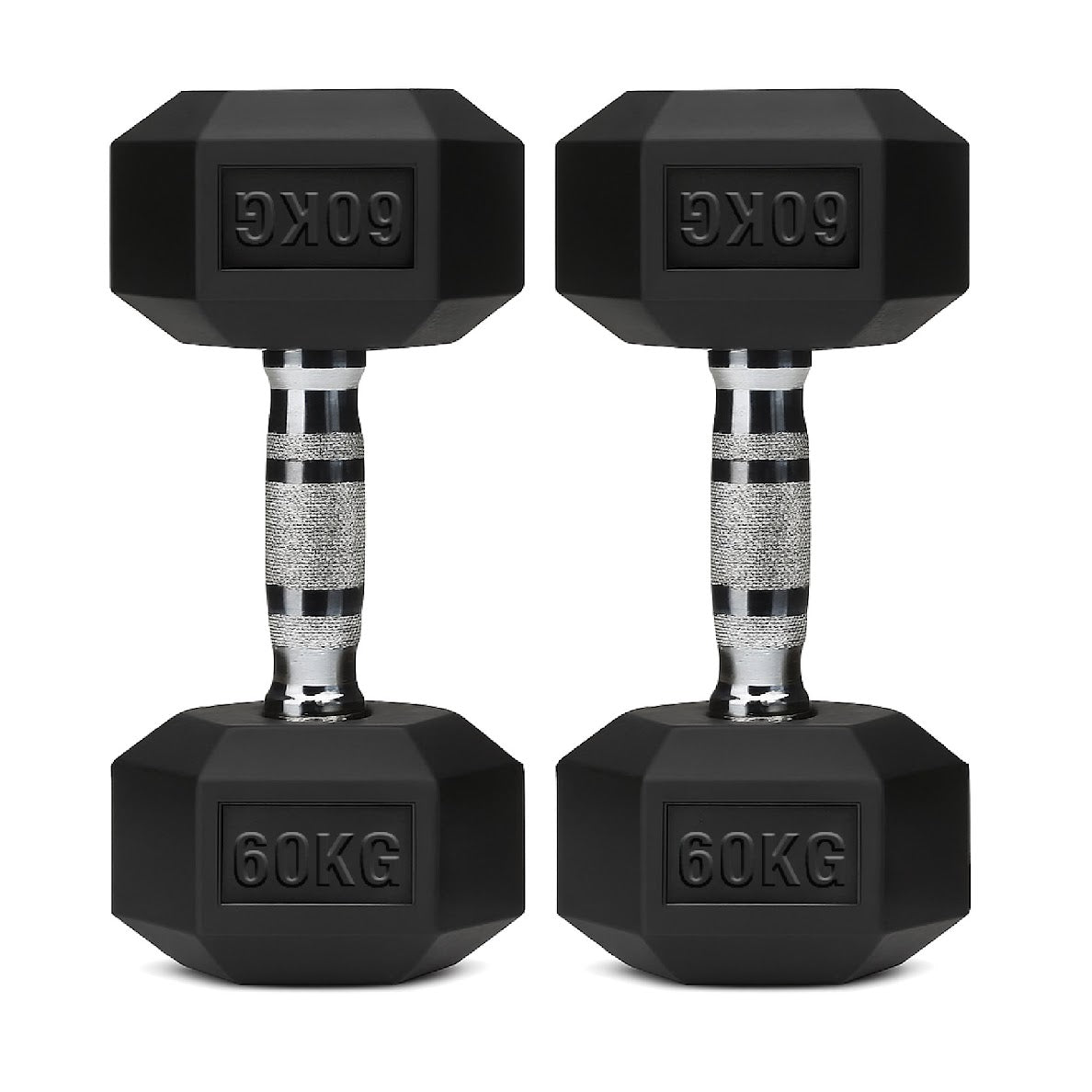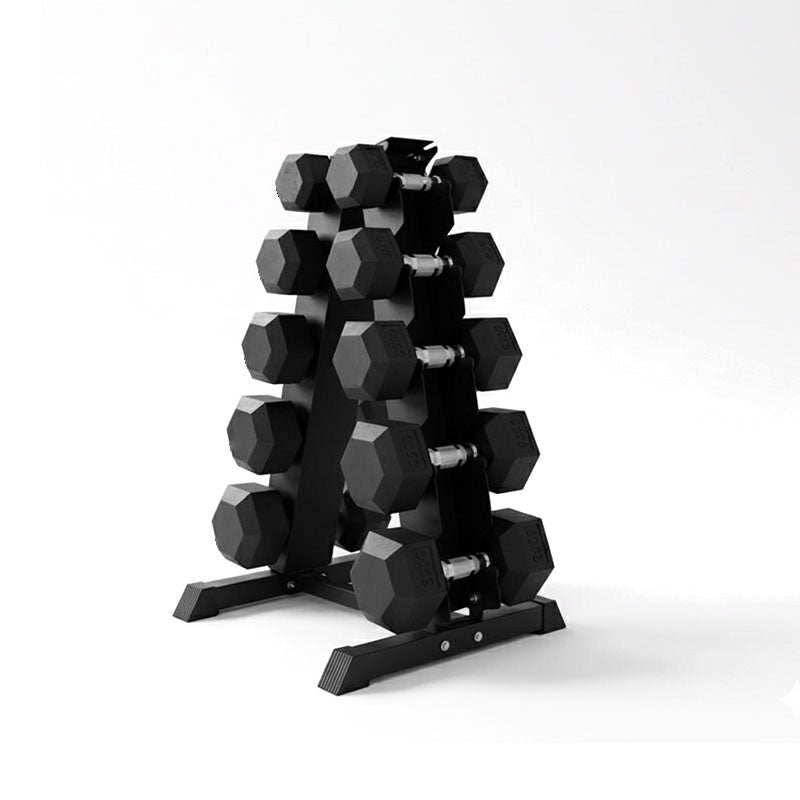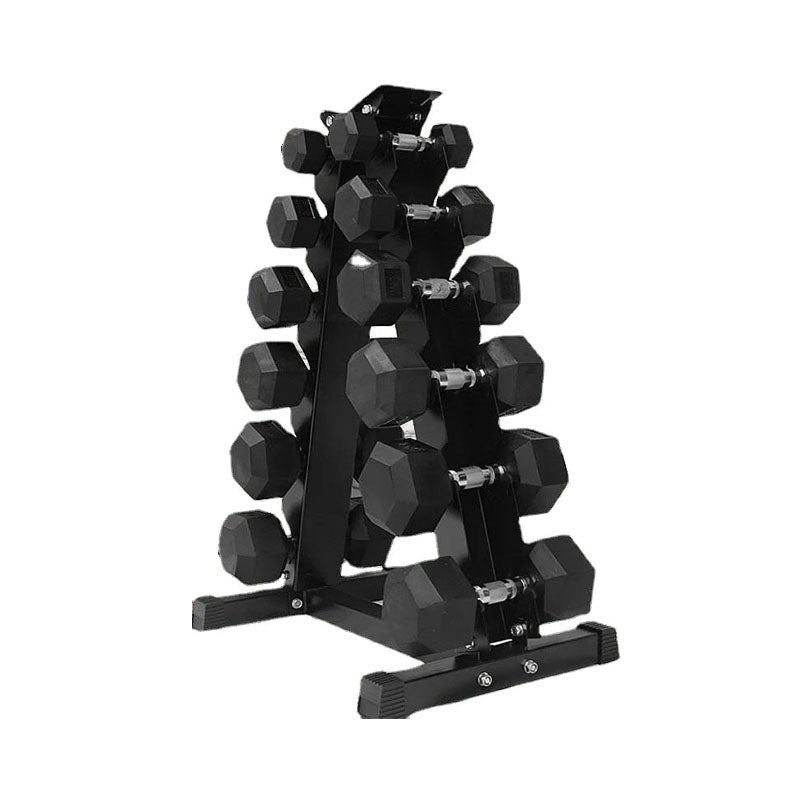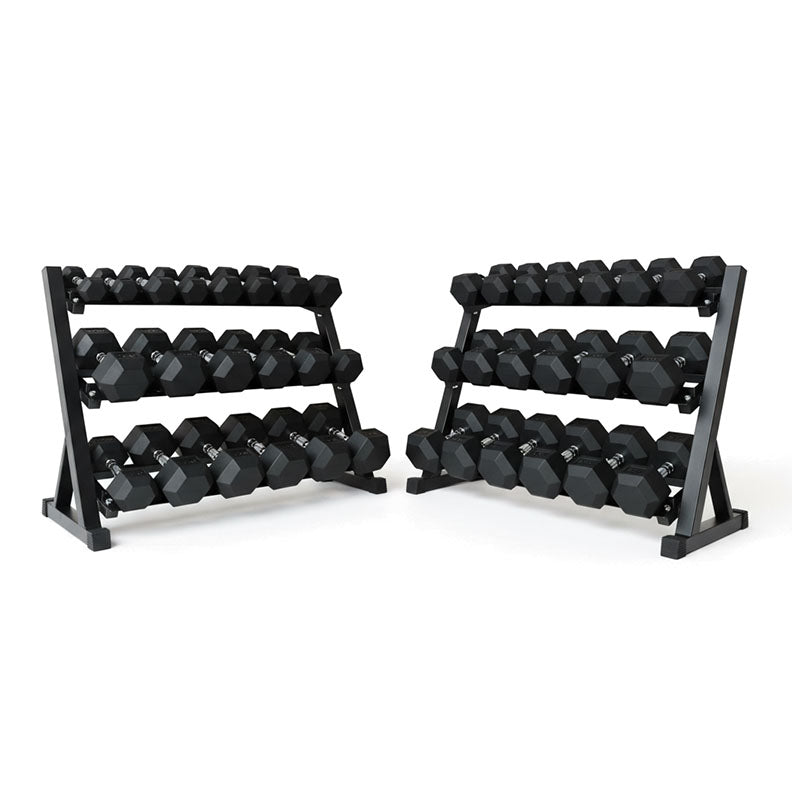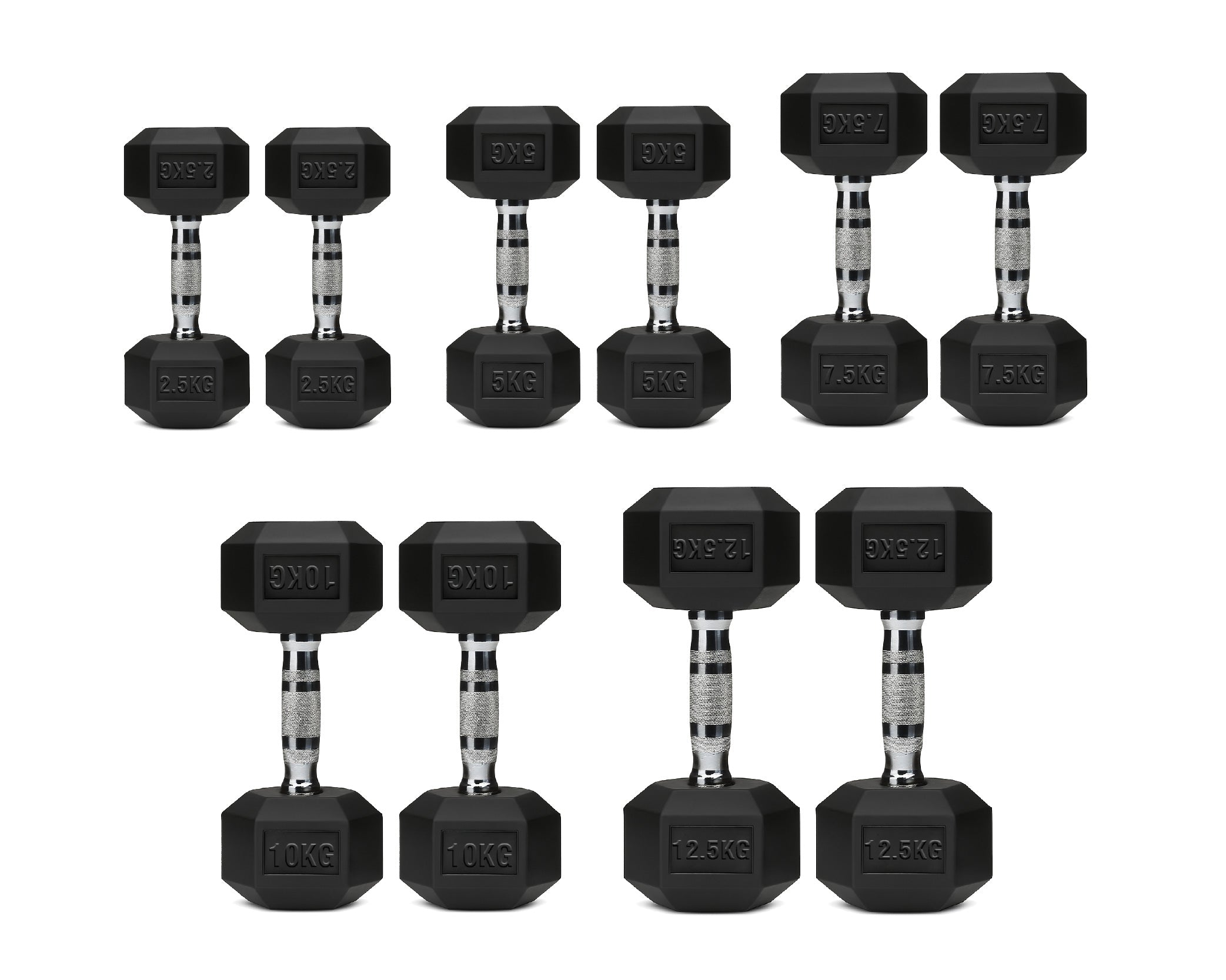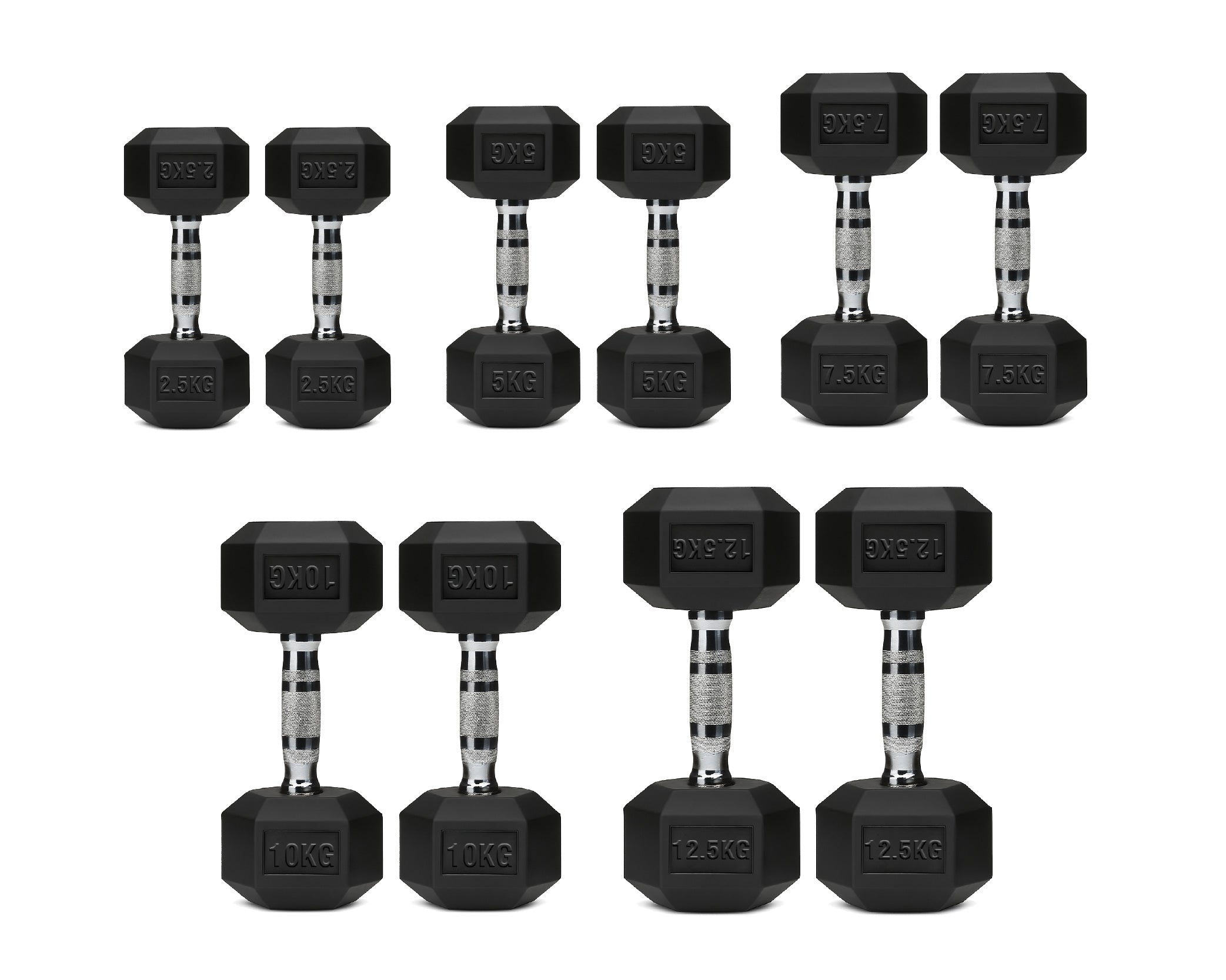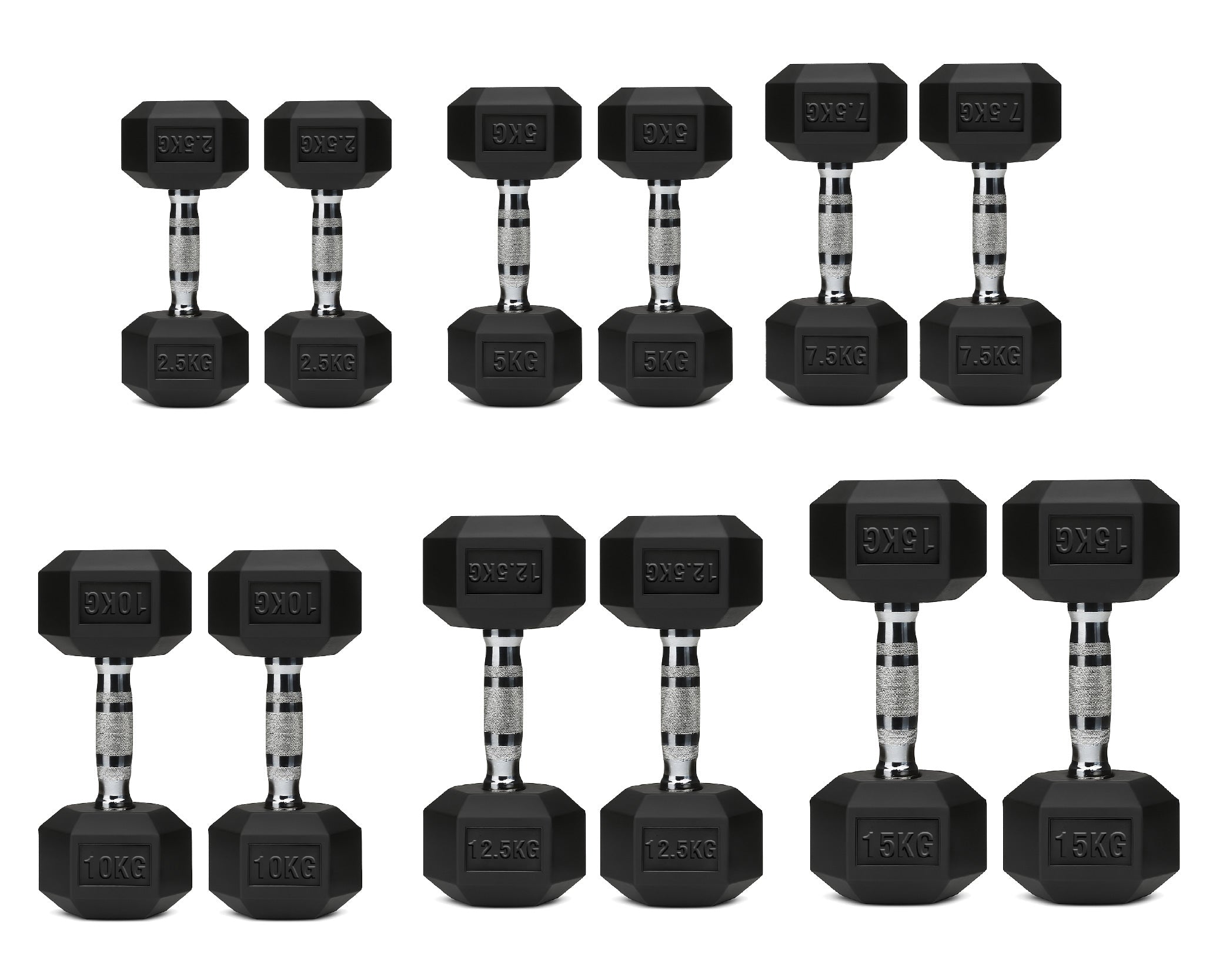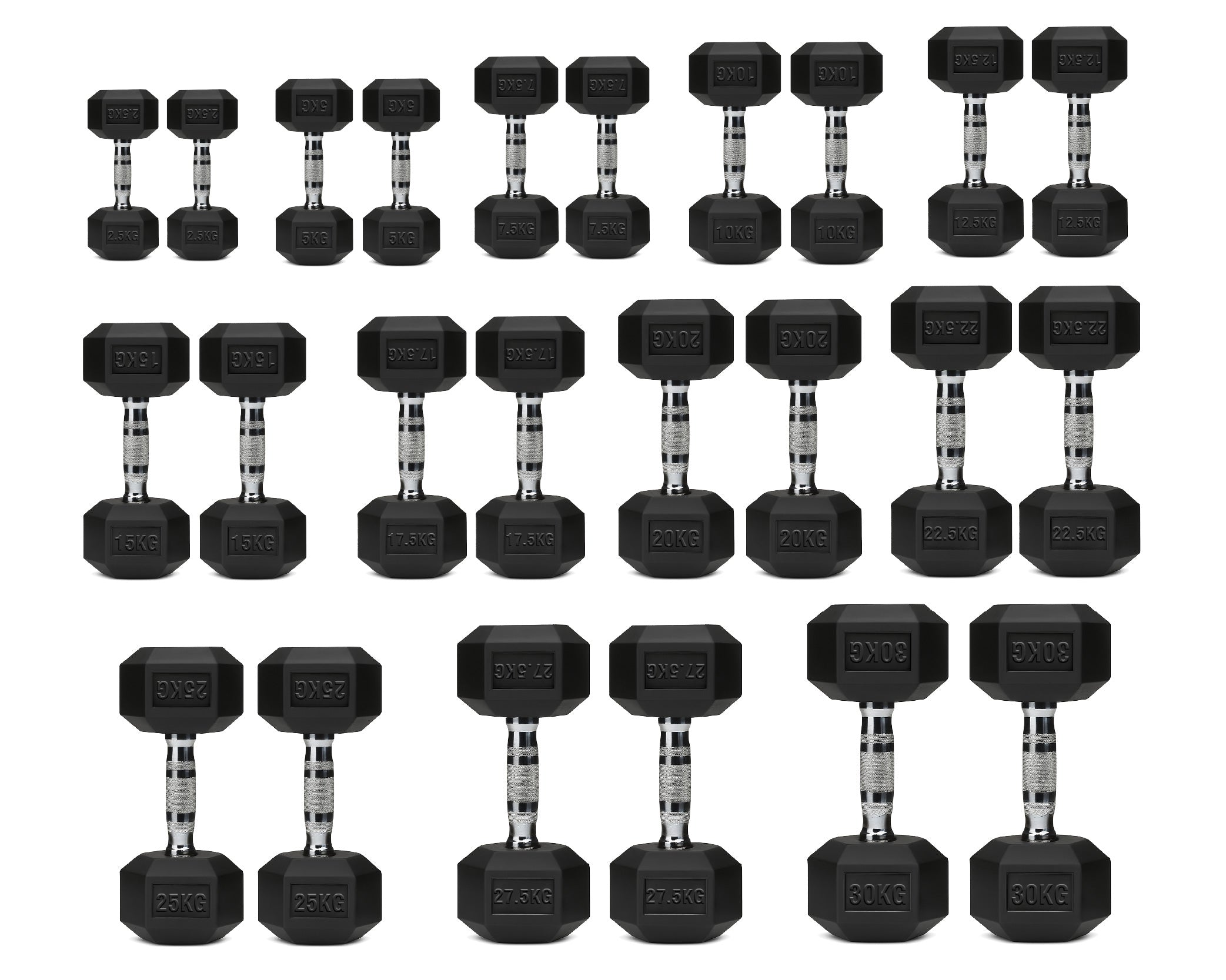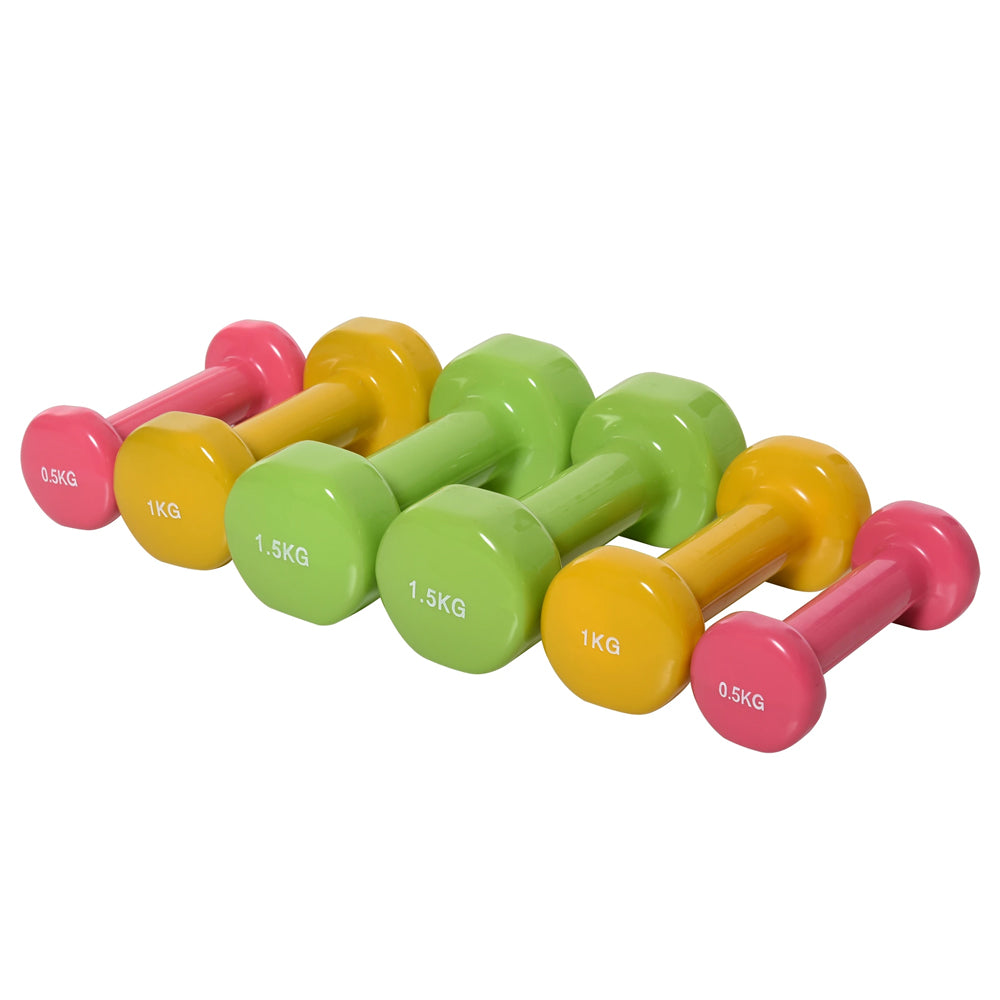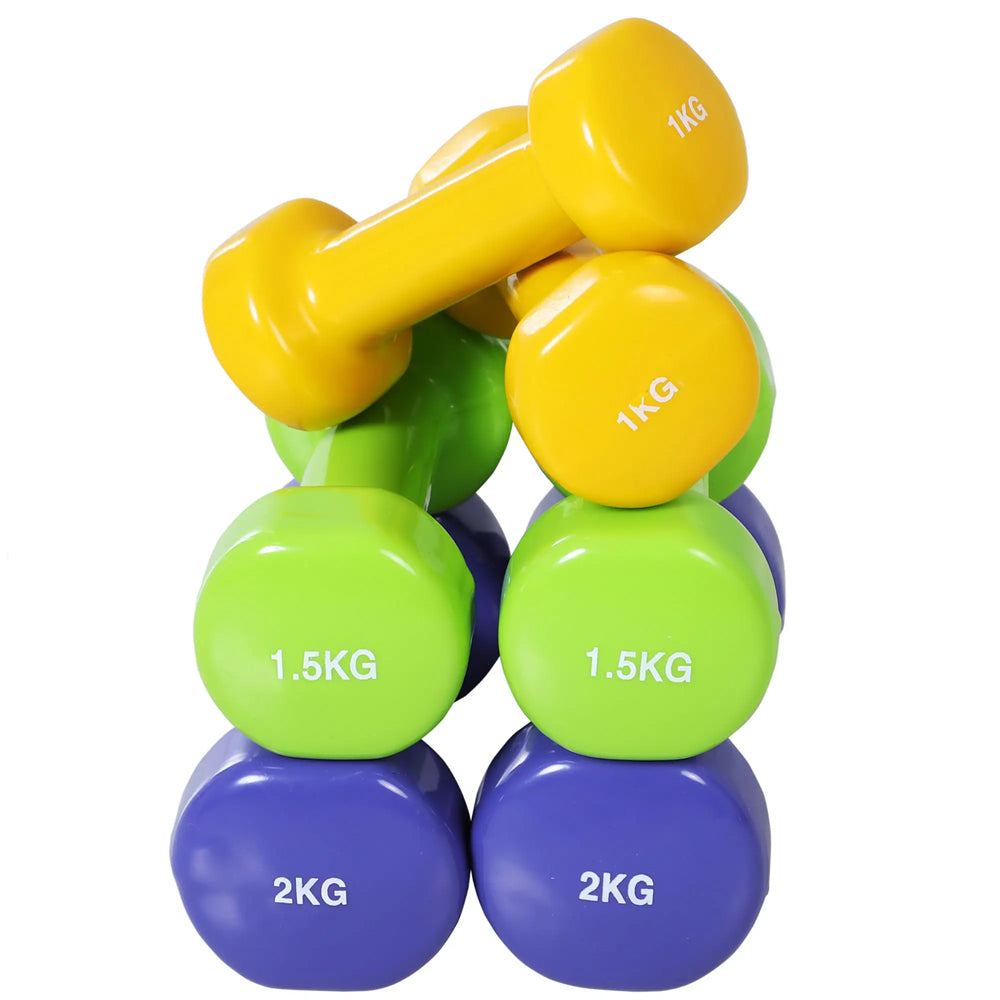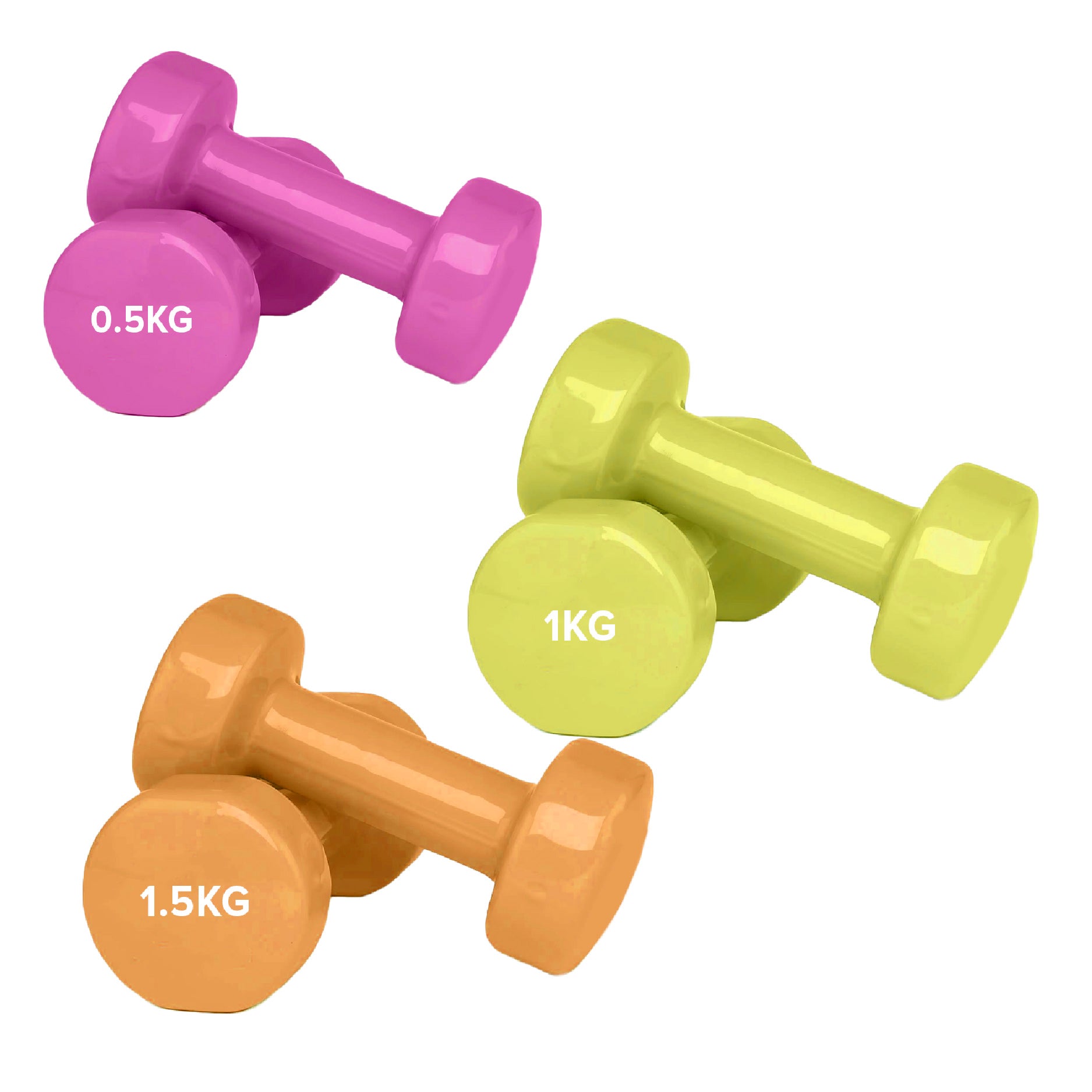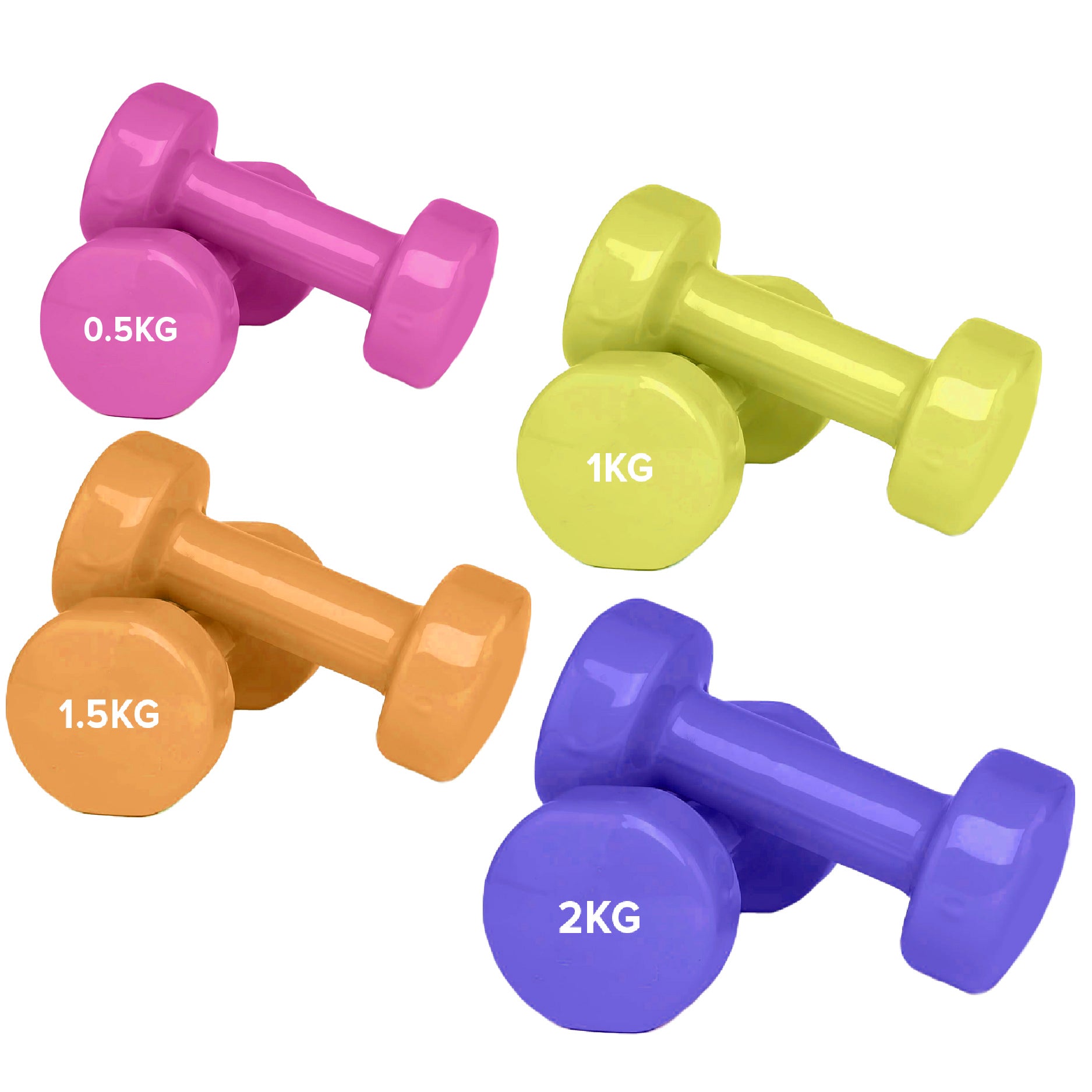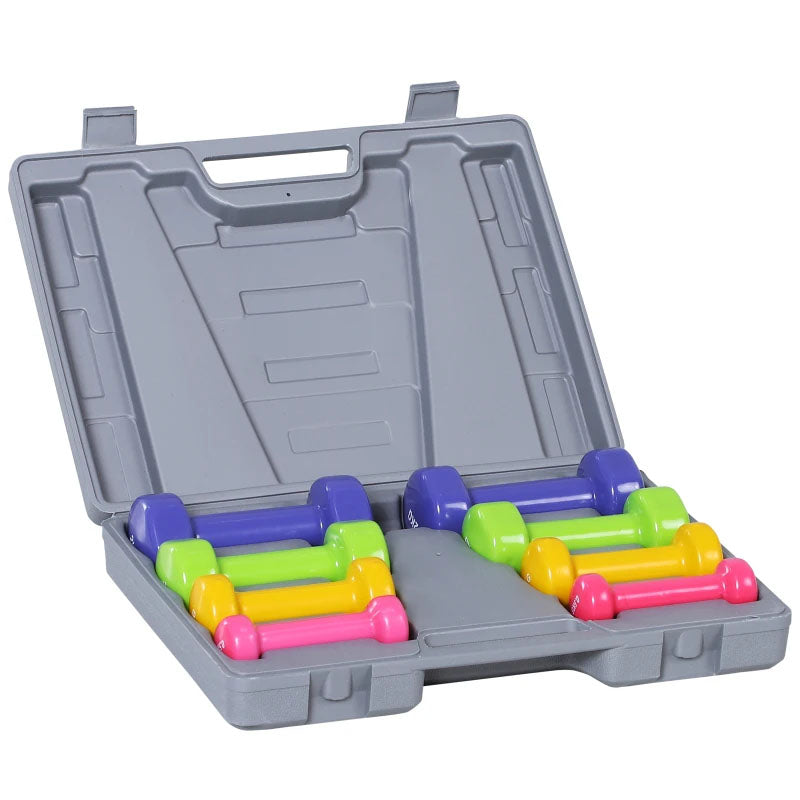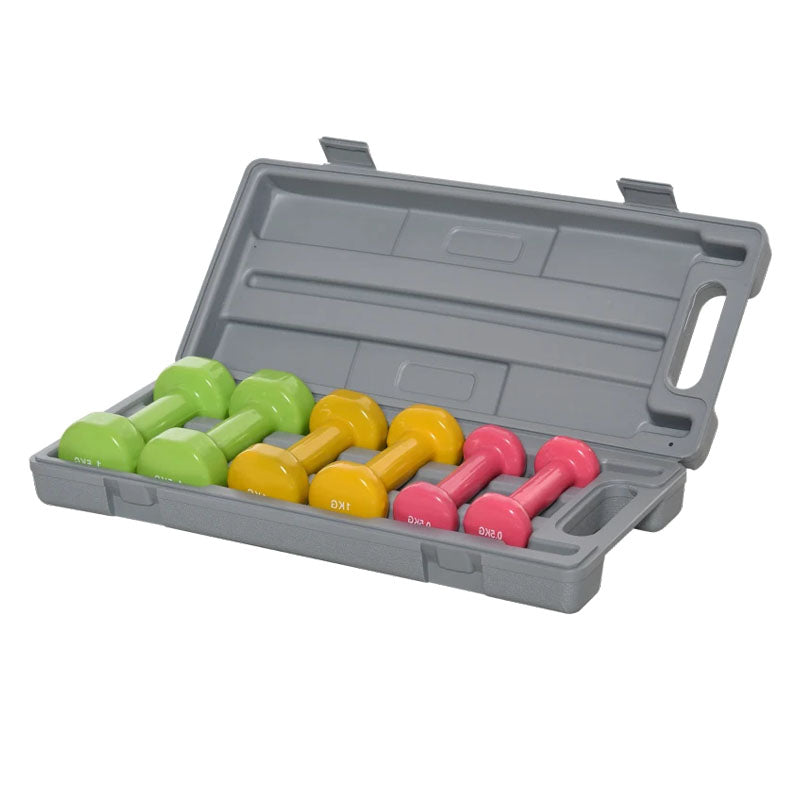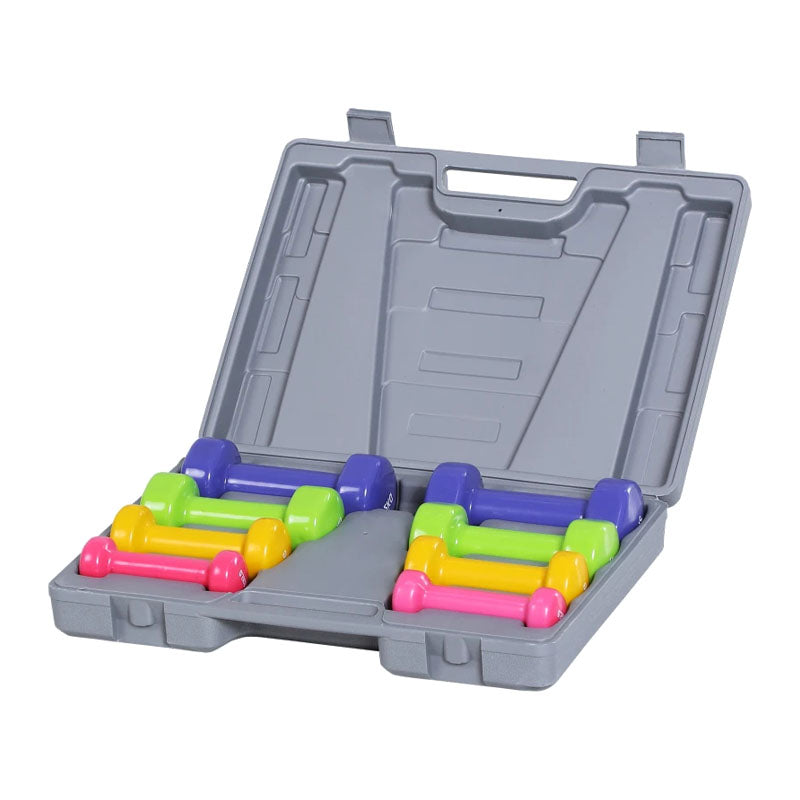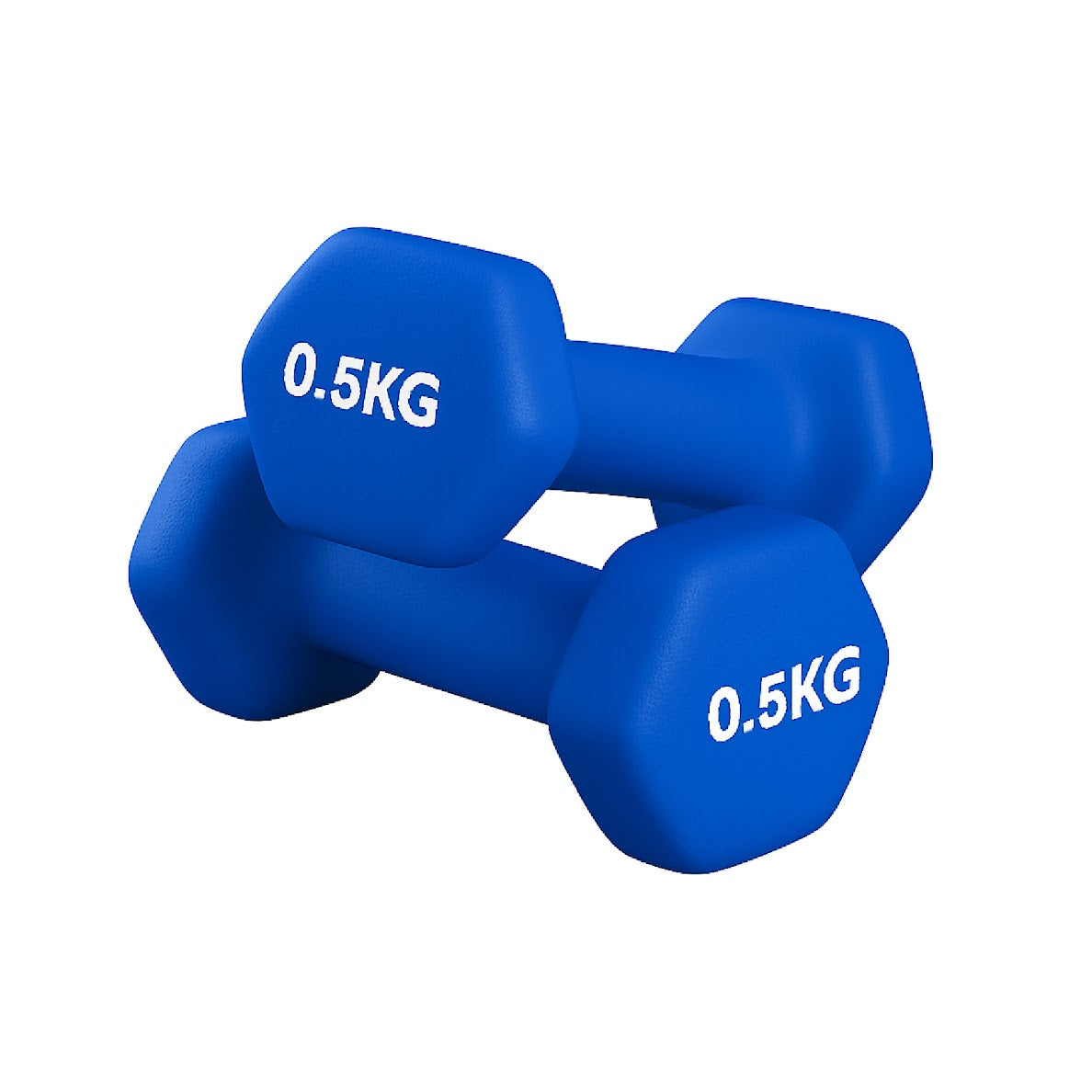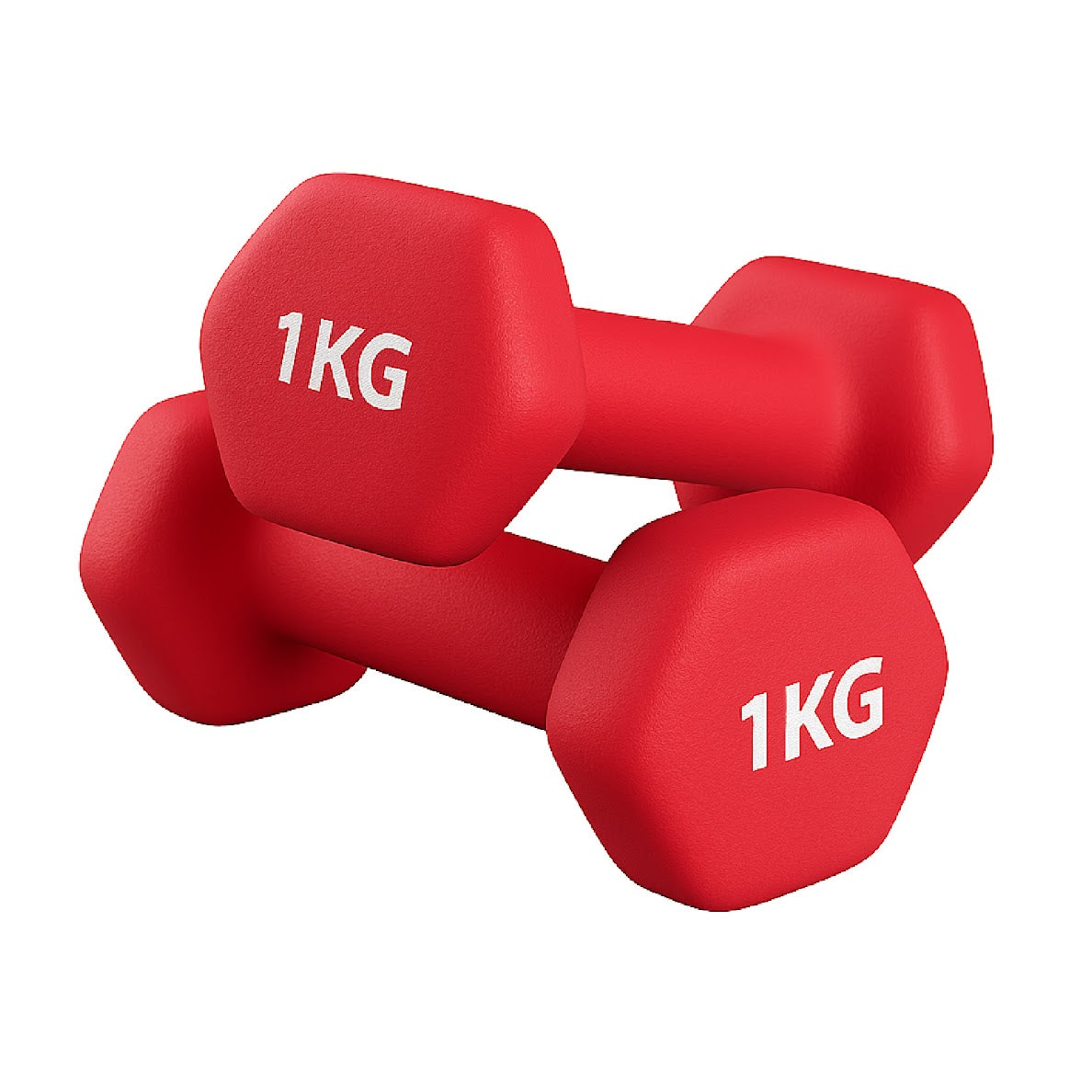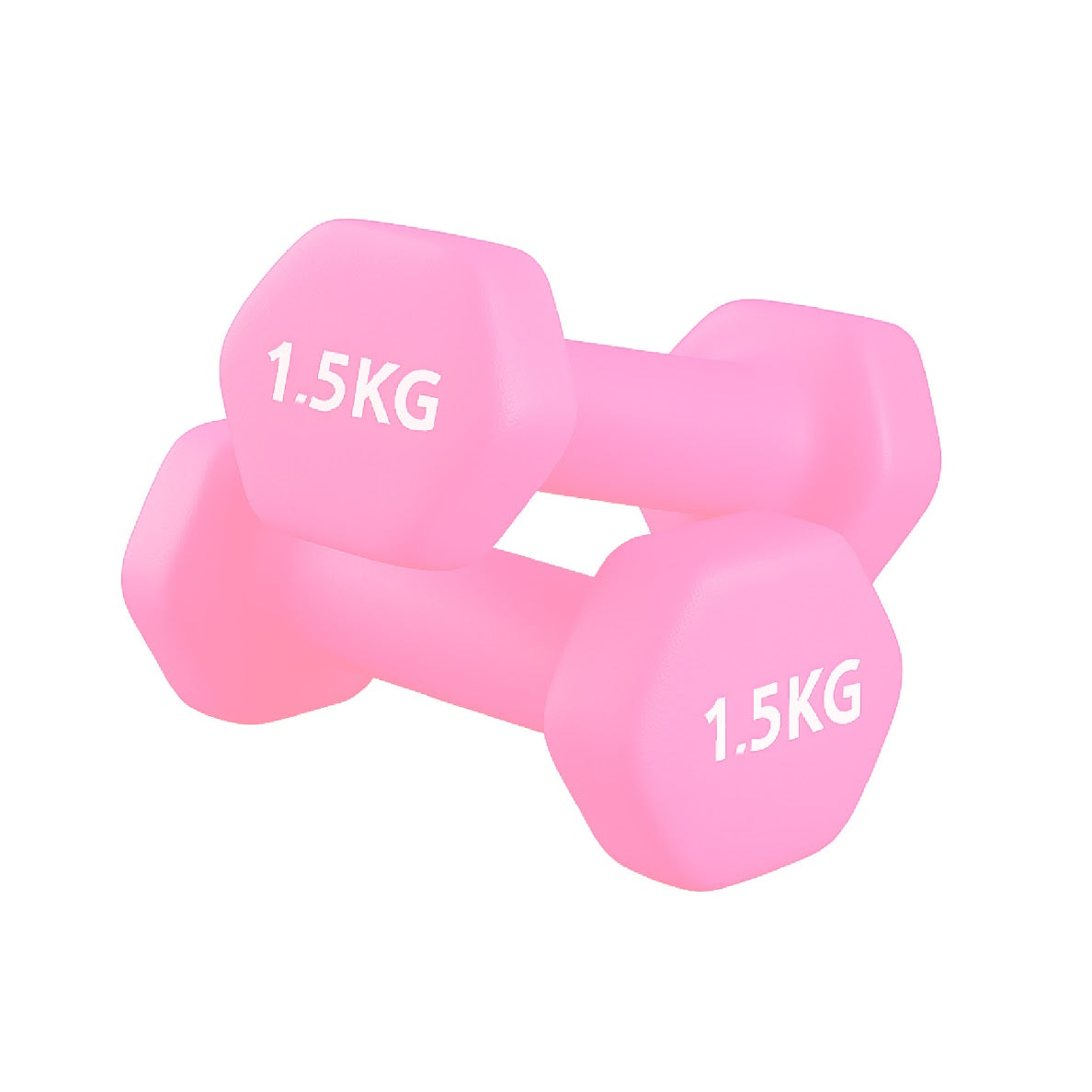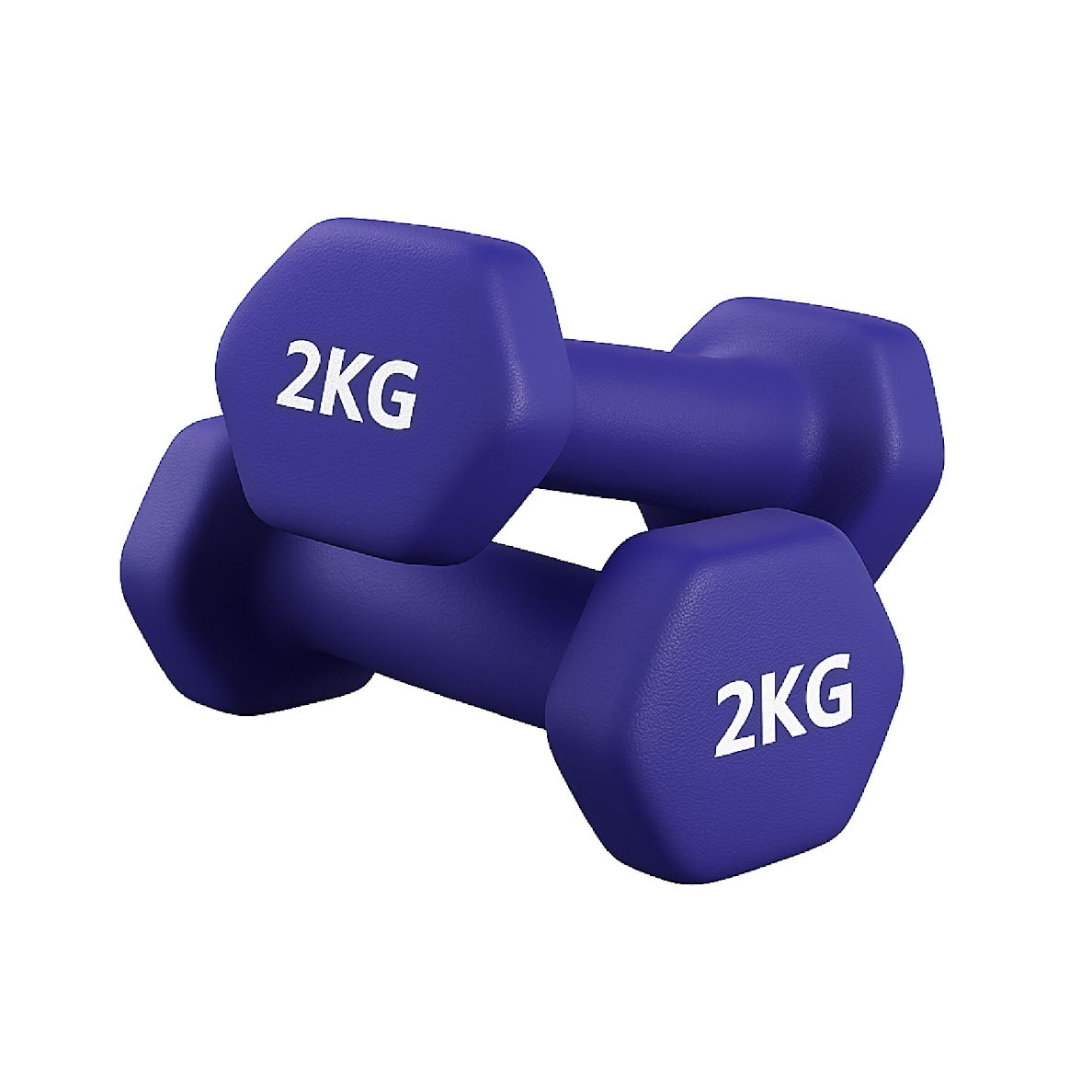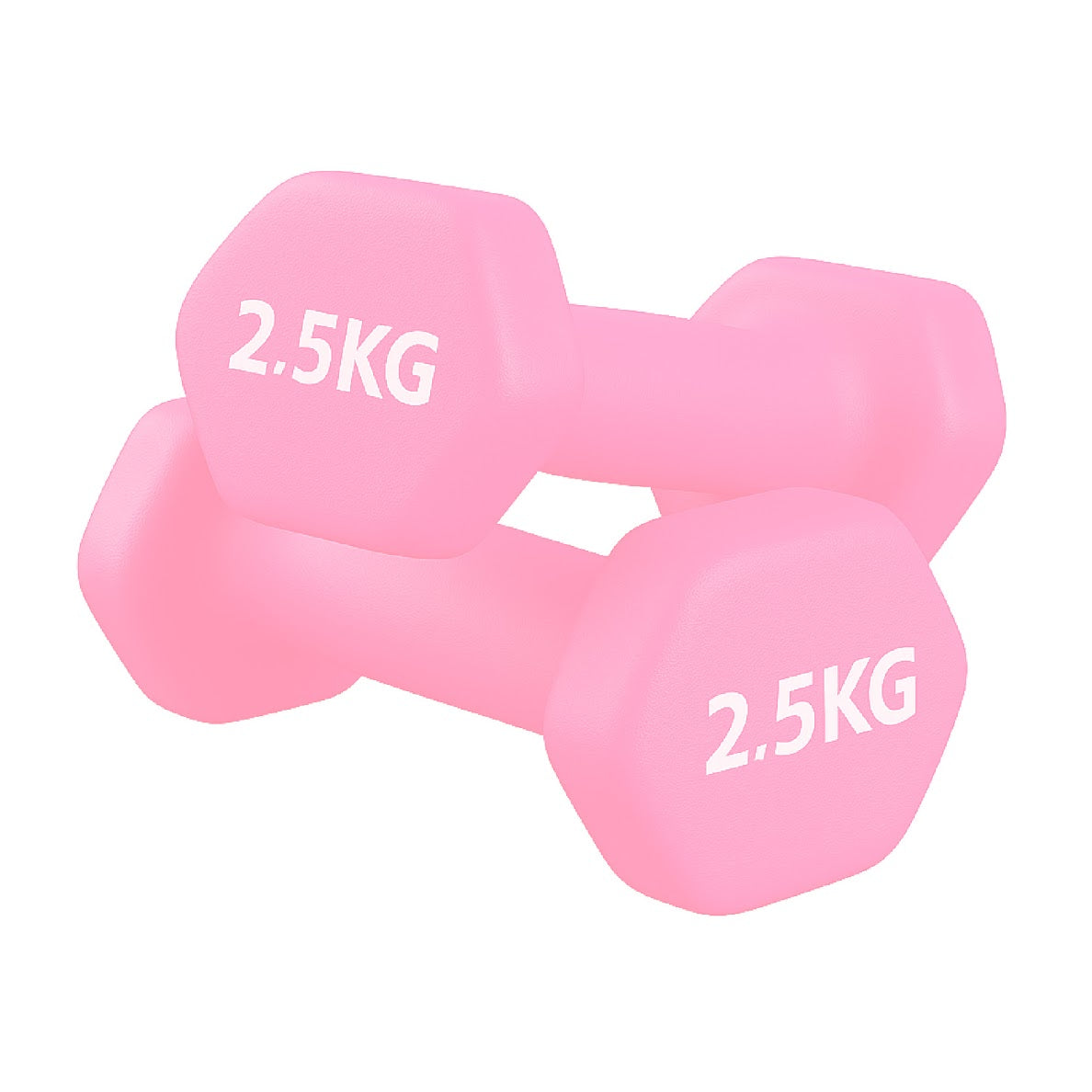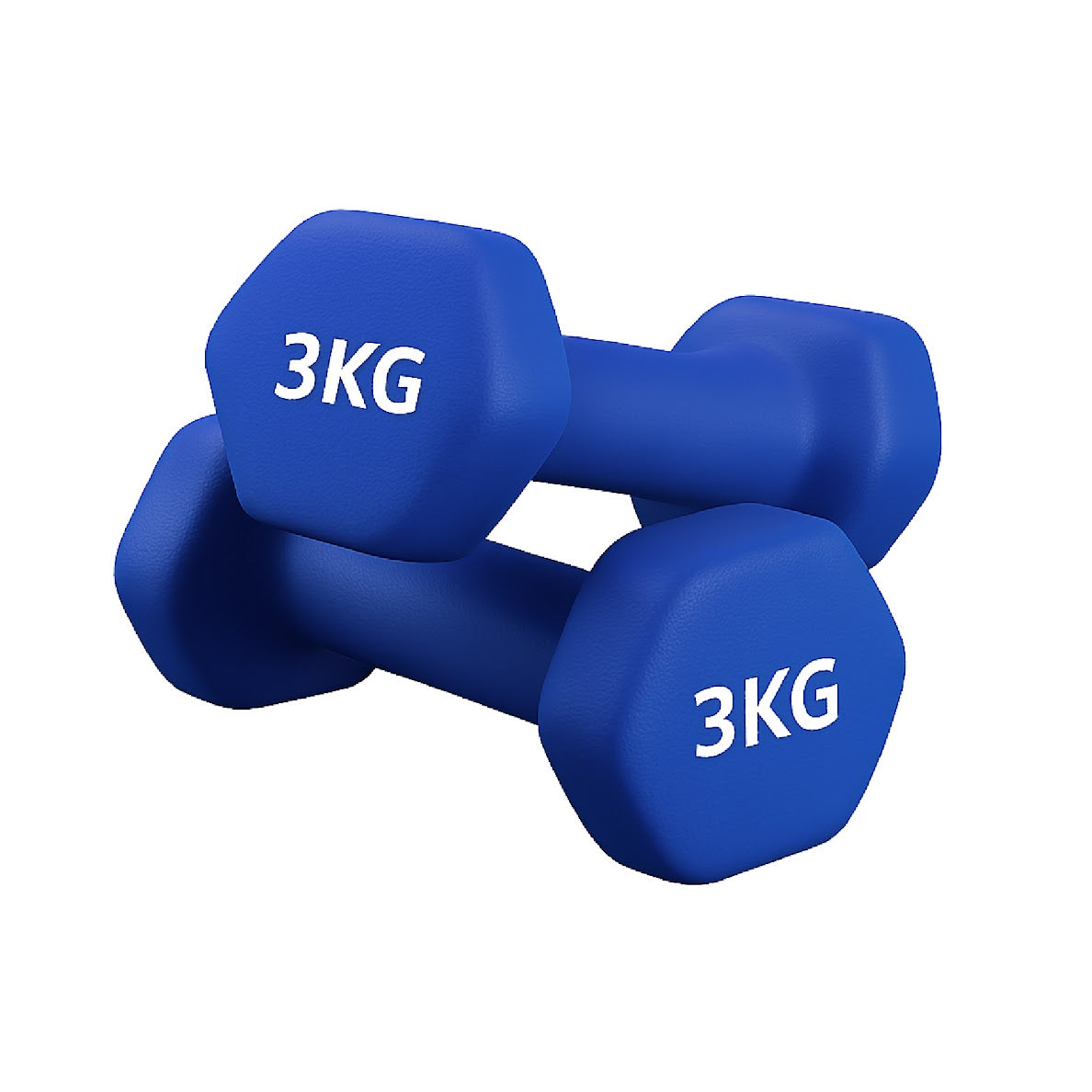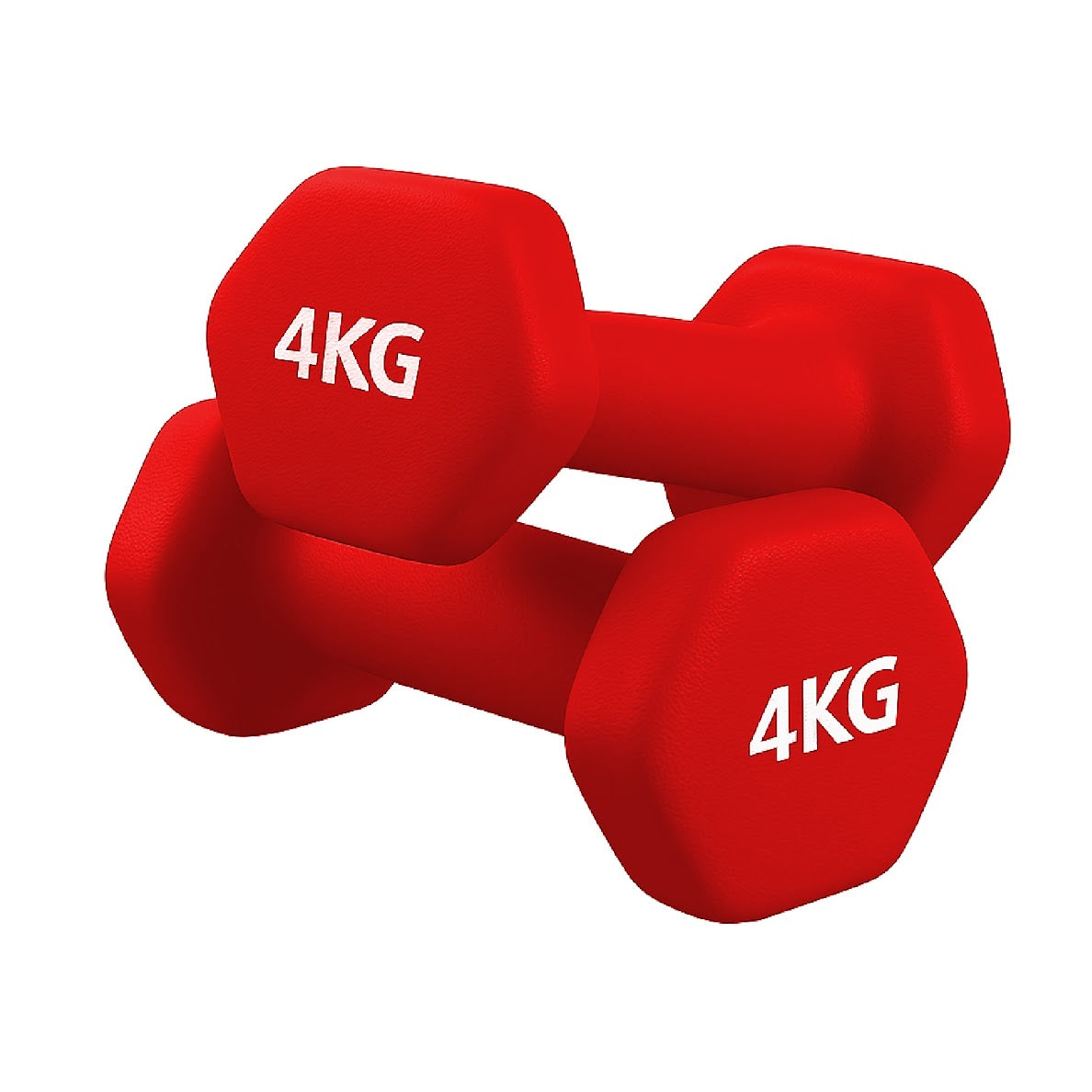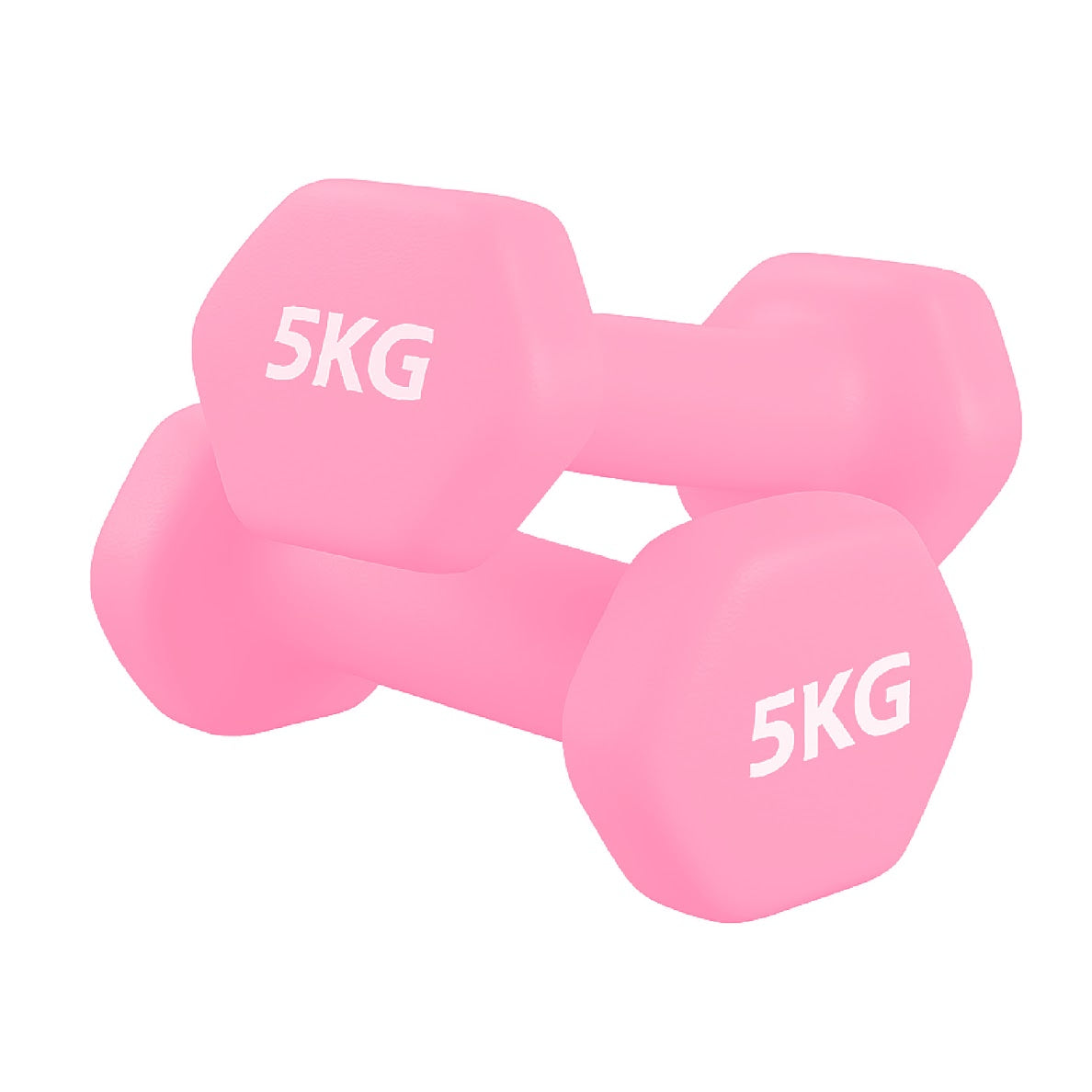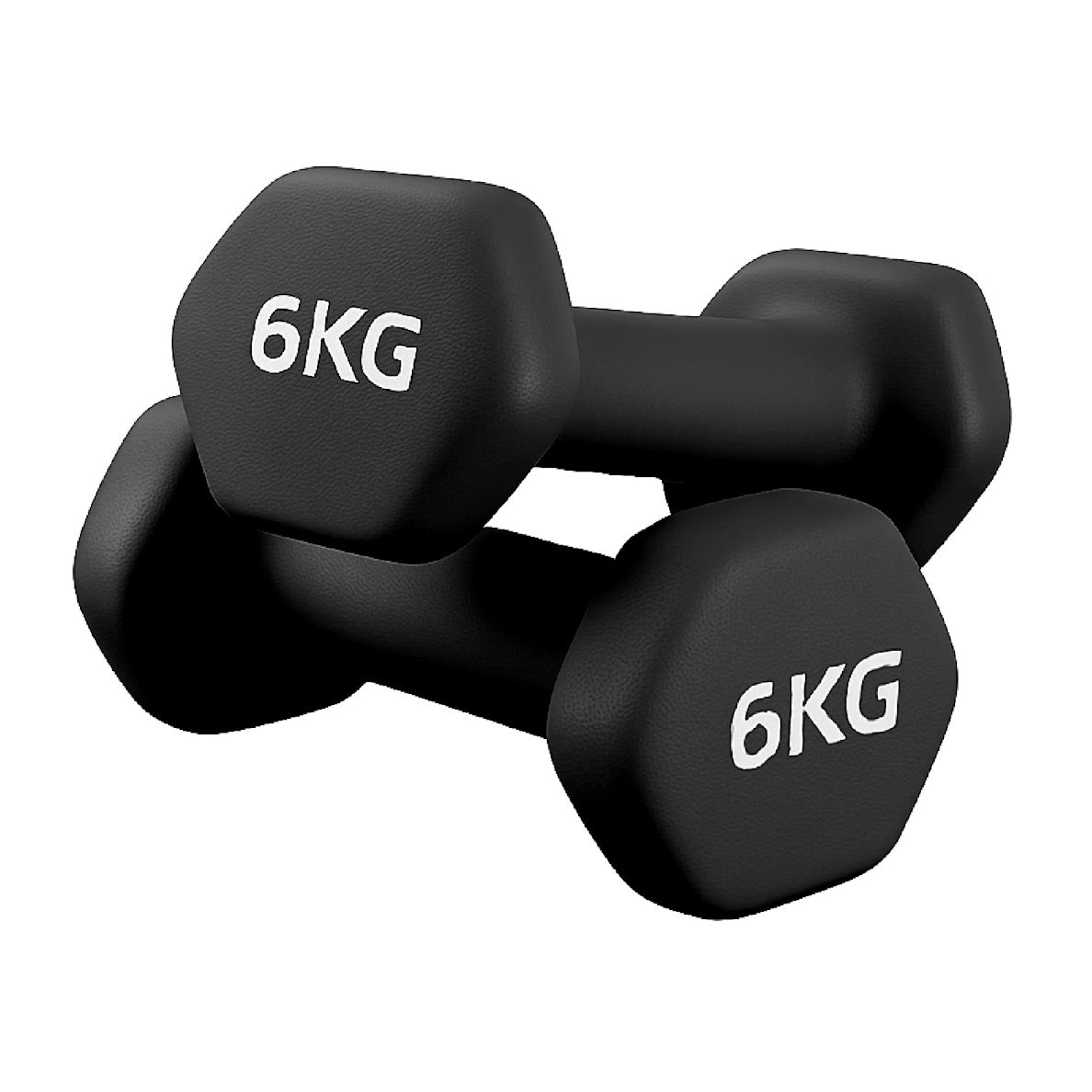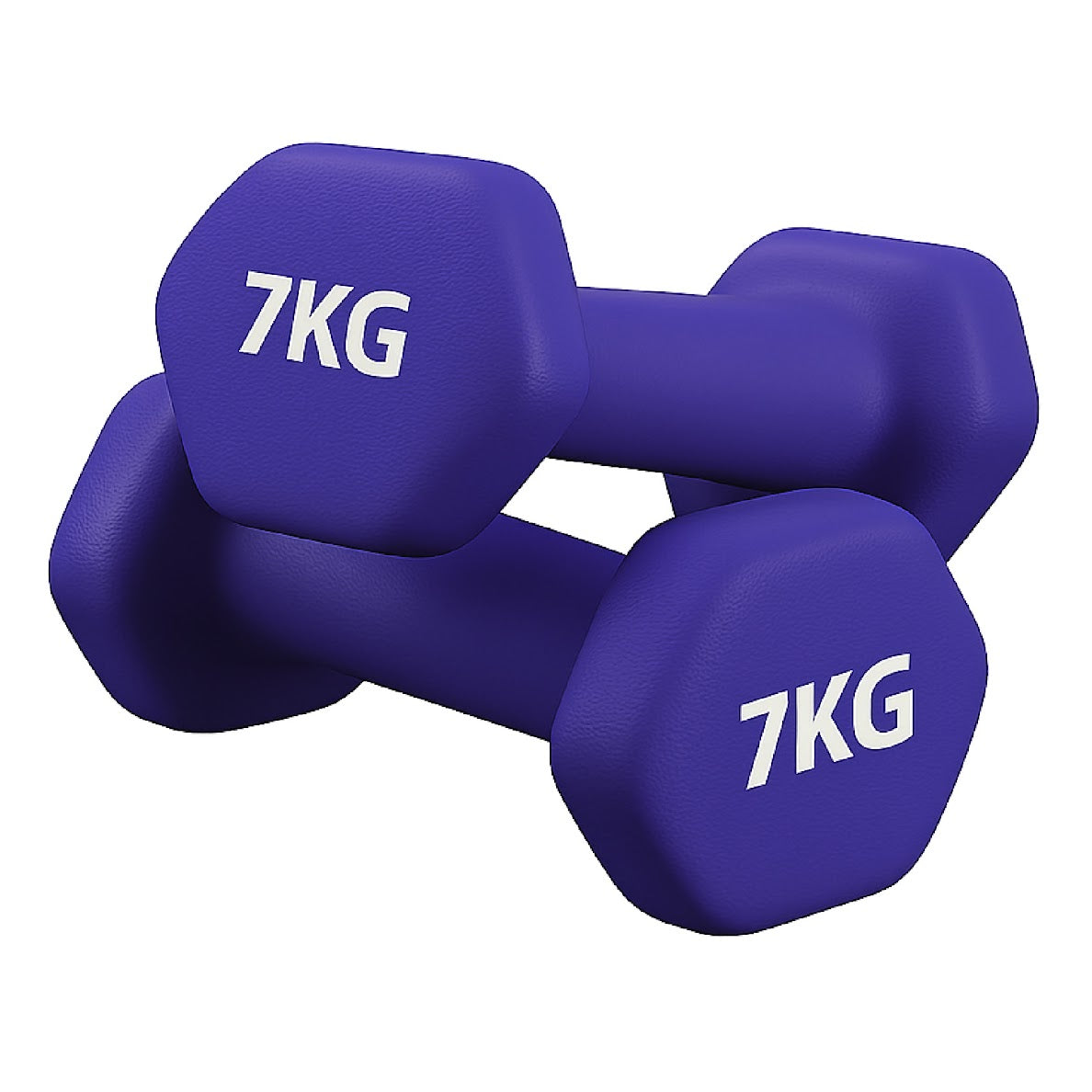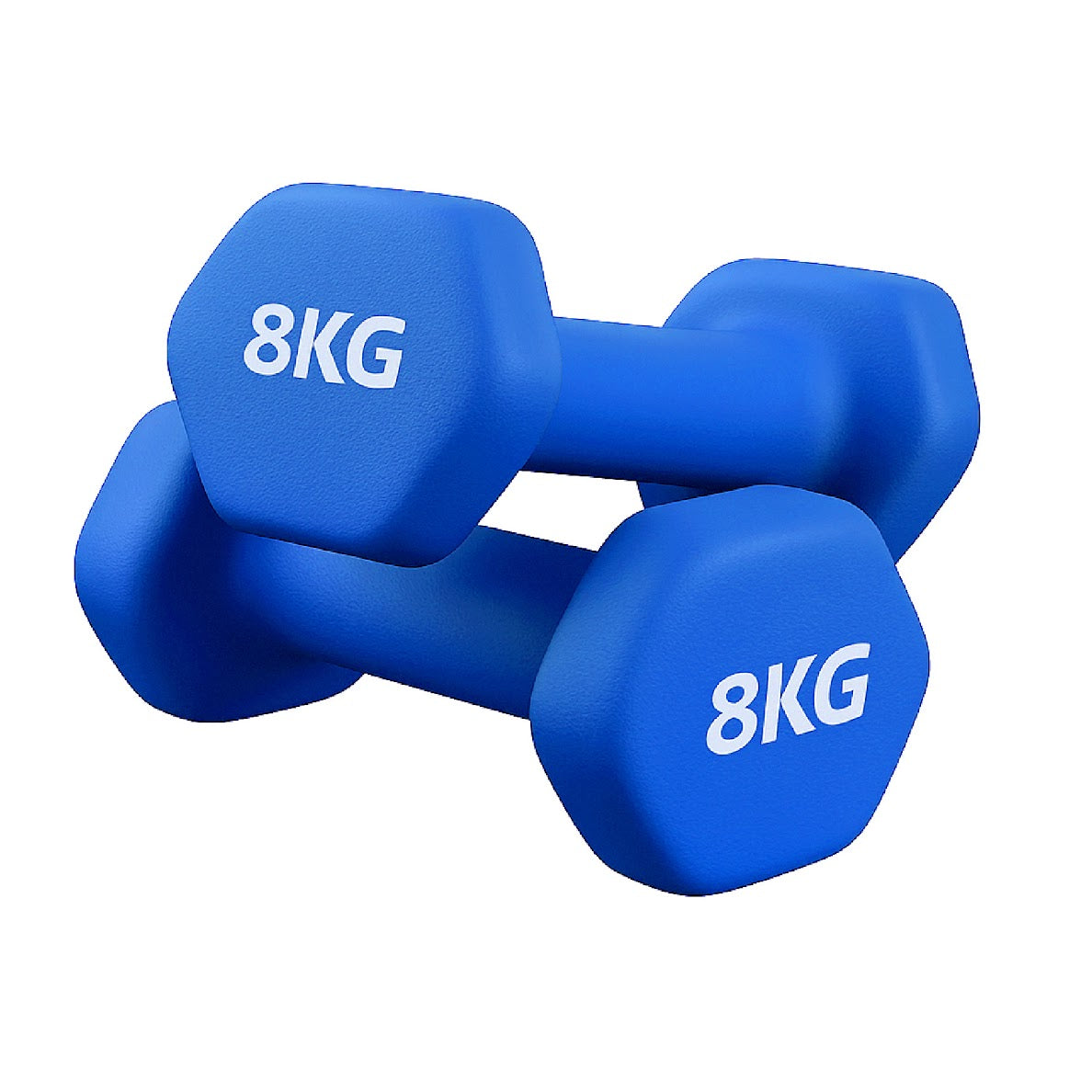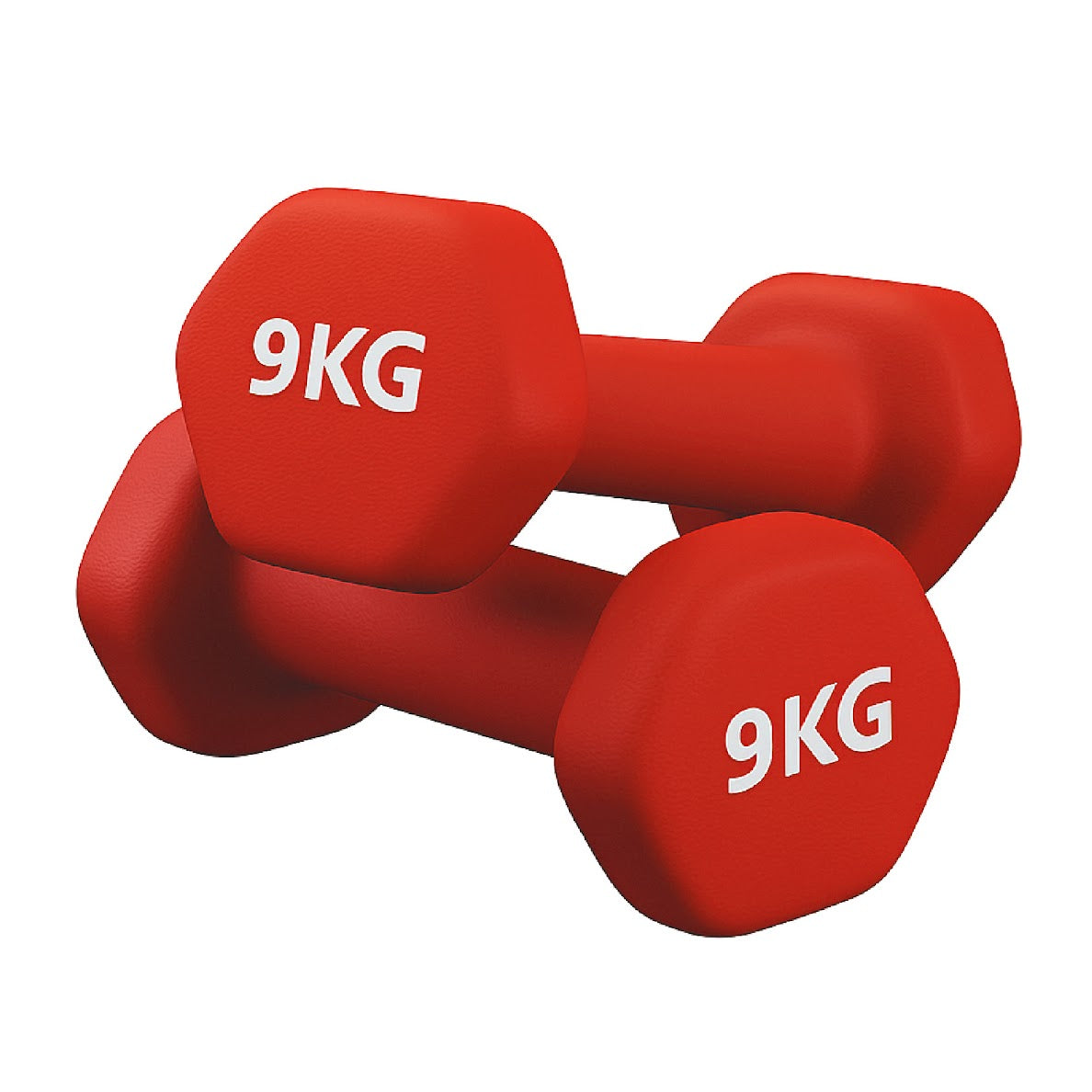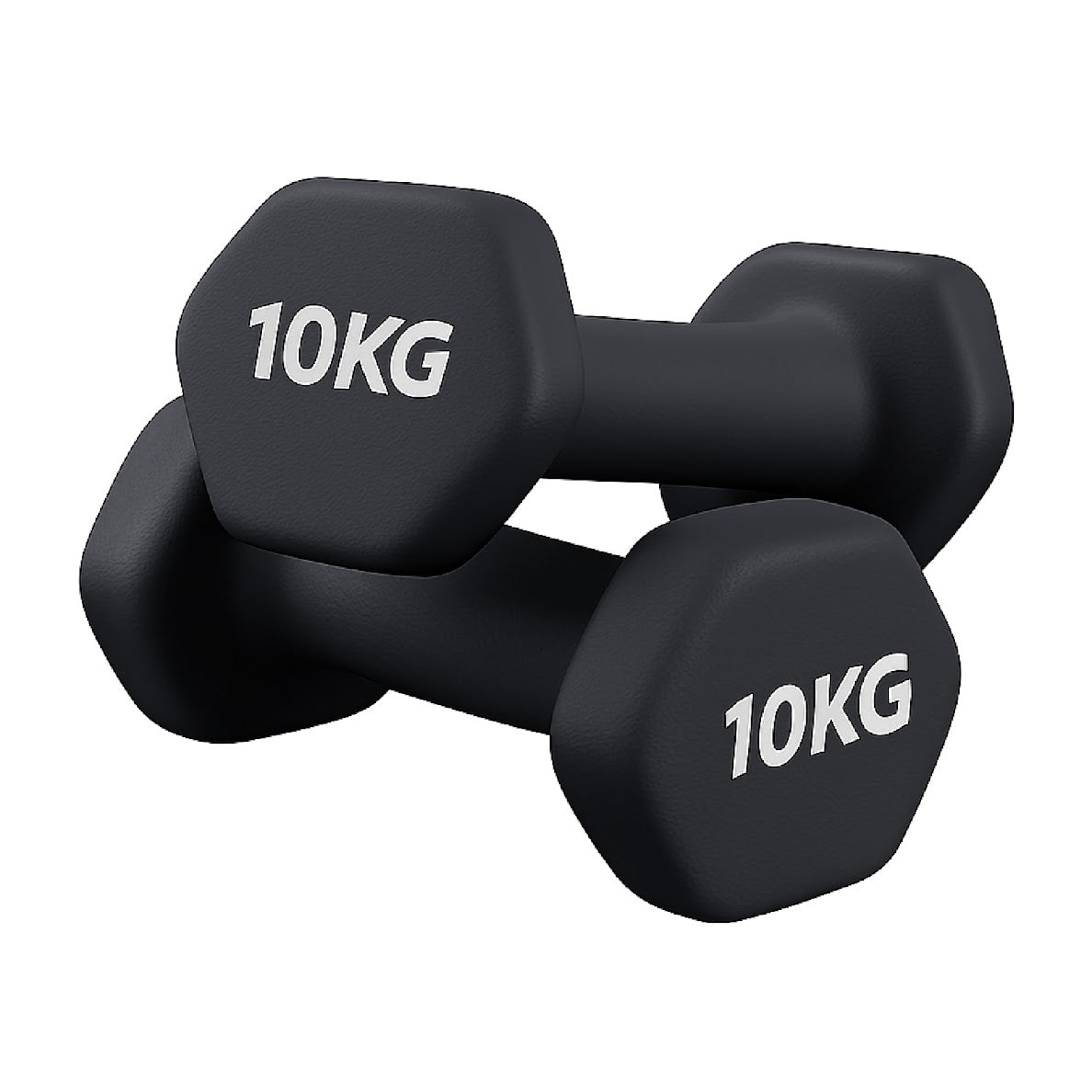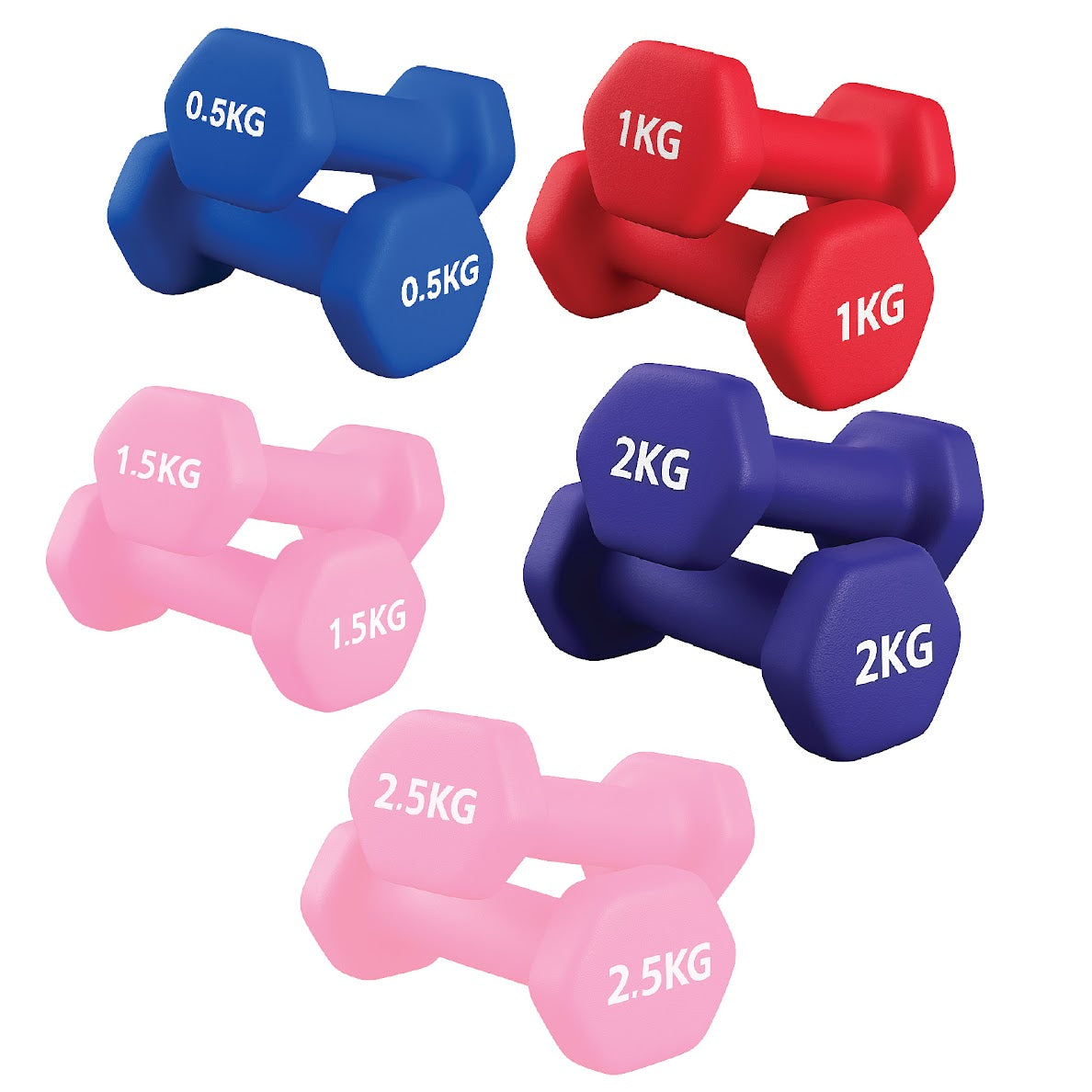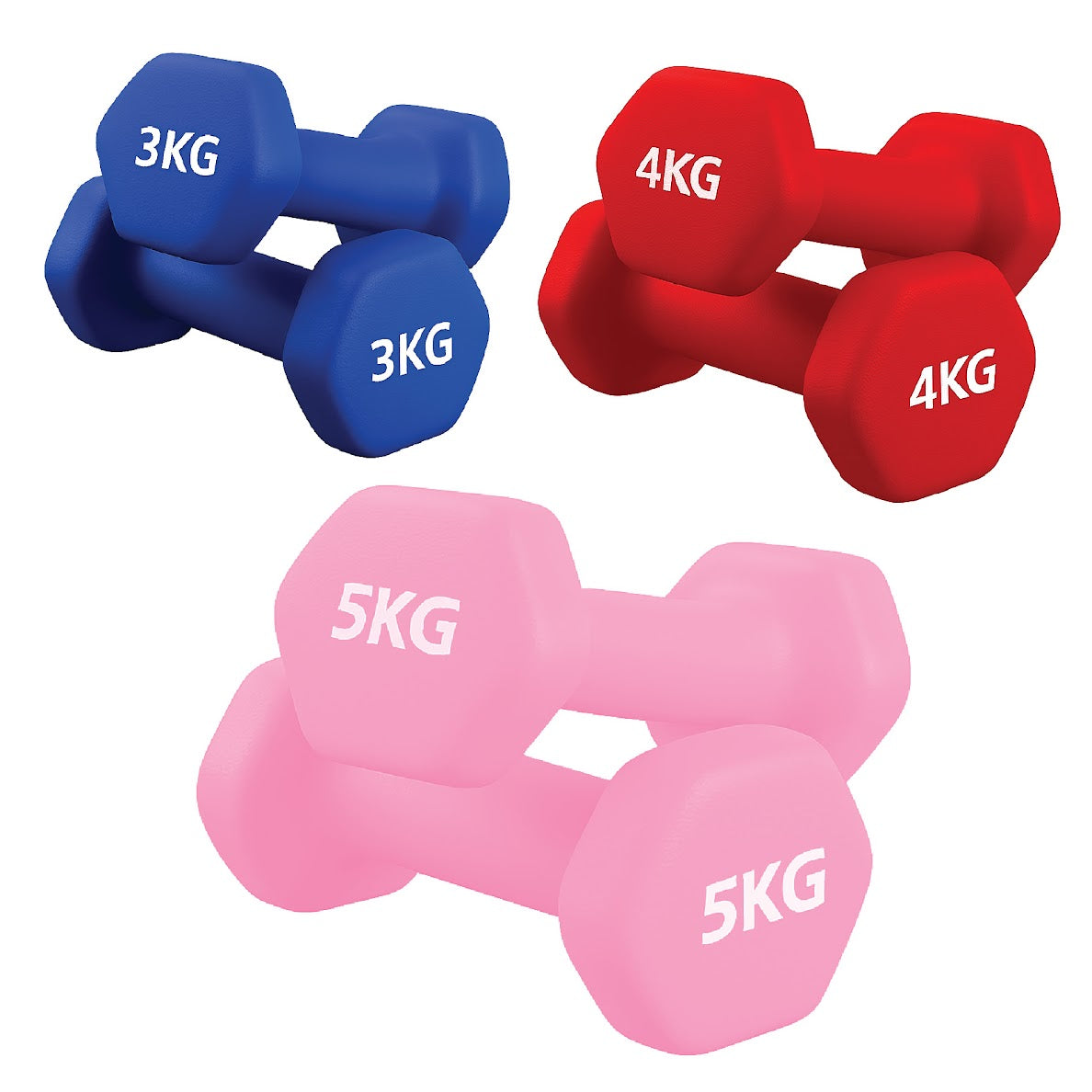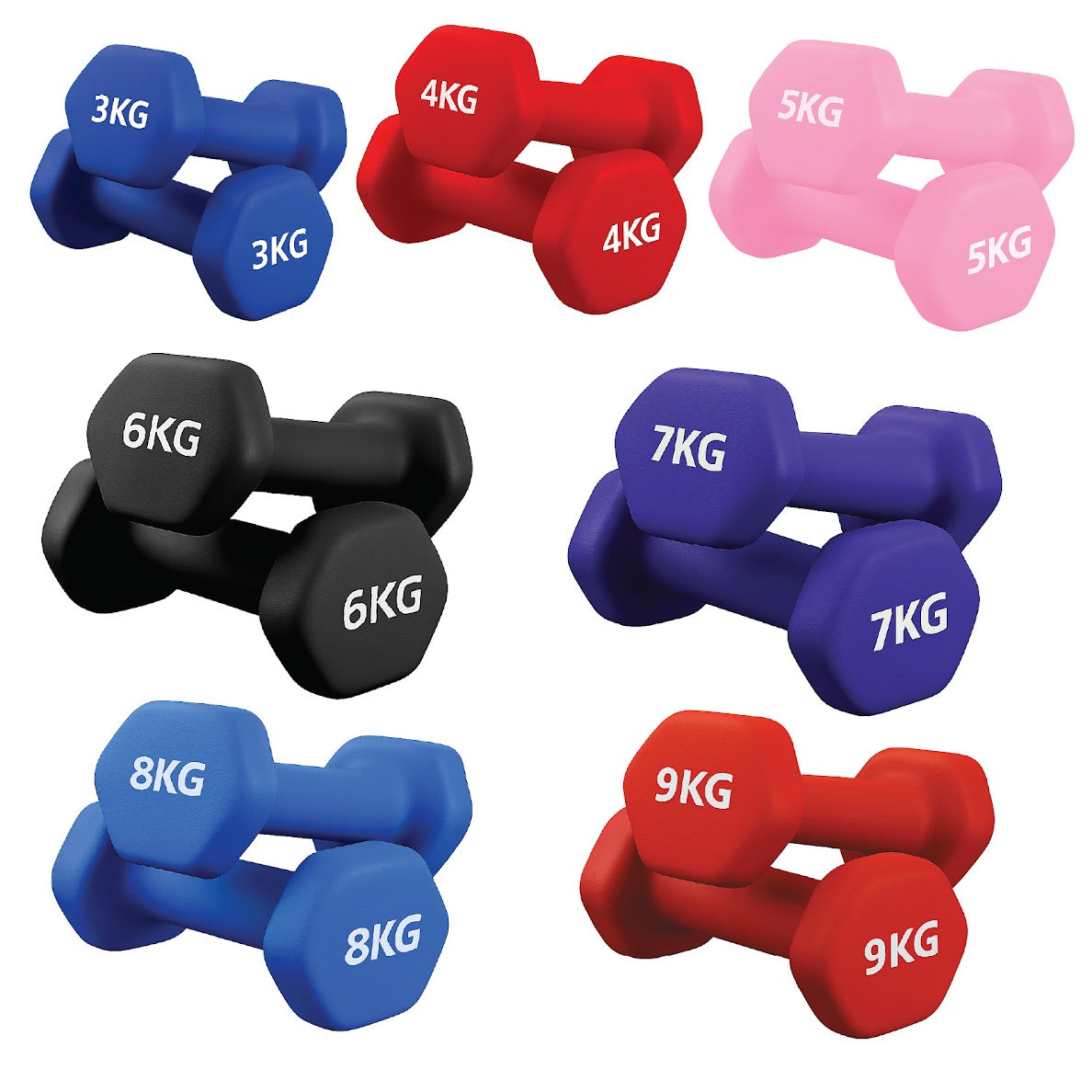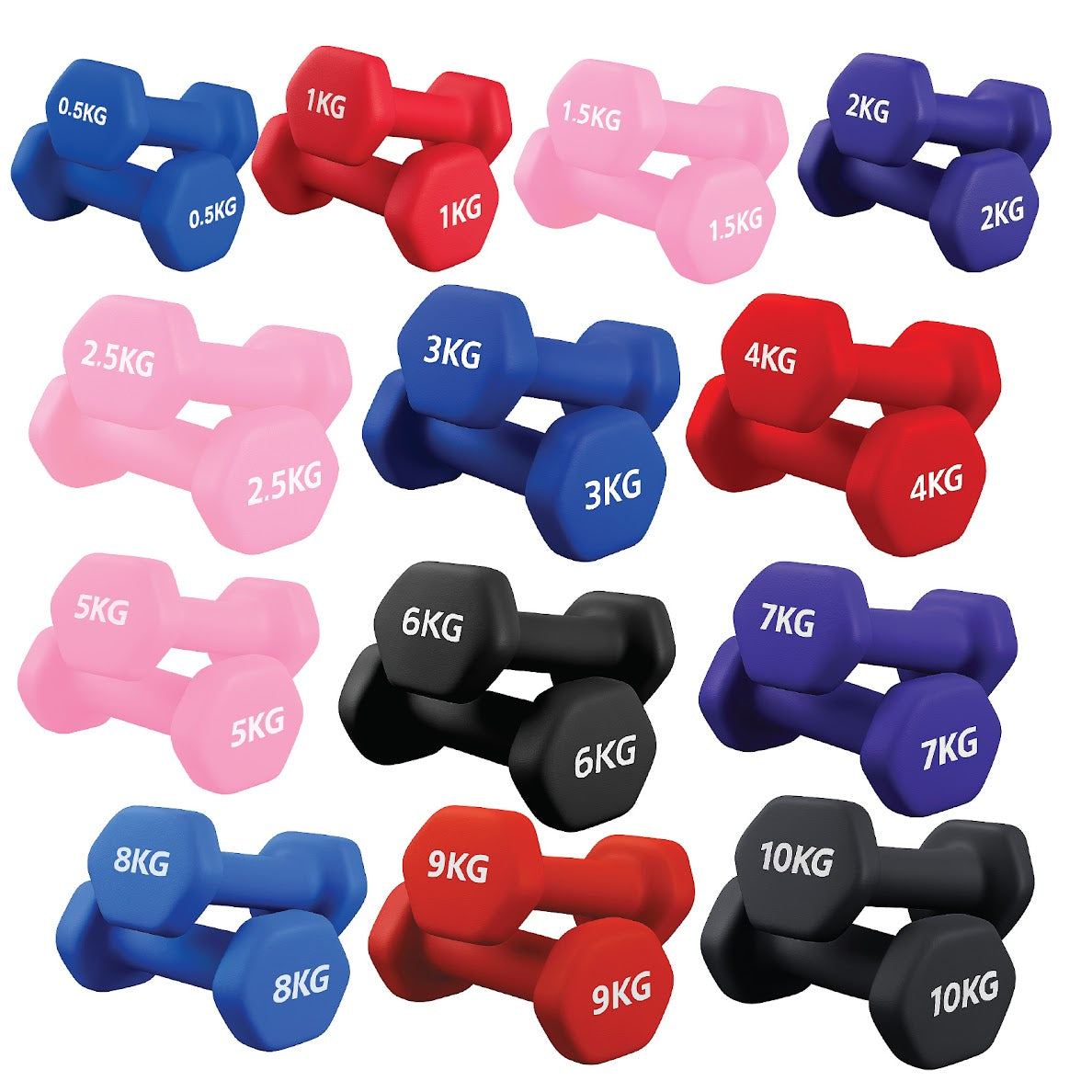Your neoprene dumbbells set has become an essential part of your home fitness routine, but proper care is crucial for keeping them in top condition. Whether you've invested in quality dumbbell weights neoprene for your home gym or you're using them for regular workouts, knowing how to clean neoprene dumbbells properly will extend their lifespan and maintain hygiene standards.
Neoprene coating provides excellent grip and comfort during workouts, but it also requires specific cleaning techniques to prevent damage and maintain its integrity. With the right approach, your metis neoprene hex dumbbells or any other neoprene-coated weights can remain fresh, functional, and visually appealing for years to come.
This comprehensive guide will walk you through everything you need to know about cleaning and maintaining your neoprene dumbbells, from daily care routines to addressing stubborn odours and wear issues.
Essential Tools and Materials for Cleaning Neoprene Dumbbells
Before you begin cleaning your dumbbell weights neoprene, gather the necessary supplies. Having the right tools makes the process more efficient and ensures you don't accidentally damage the neoprene coating.
Basic Cleaning Supplies
Start with mild dish soap or specialized fitness equipment cleaner. Avoid harsh chemicals like bleach, acetone, or ammonia-based products, as these can deteriorate the neoprene material. You'll also need clean microfibre cloths, which are gentle on neoprene surfaces and highly absorbent.
Soft-bristled brushes work well for textured surfaces, while cotton swabs help reach crevices around hex-shaped weights. Keep a spray bottle handy for applying cleaning solutions evenly across the surface.
Advanced Cleaning Materials
For deeper cleaning sessions, consider antibacterial wipes specifically designed for gym equipment. White vinegar serves as an excellent natural deodorizer and disinfectant when diluted with water. Baking soda can tackle stubborn odours and stains when made into a paste with water.
Isopropyl alcohol (70% concentration) provides effective sanitization without damaging neoprene, making it ideal for post-workout cleaning.
Step-by-Step Guide to Clean Neoprene Dumbbells
Proper cleaning technique is essential for maintaining your neoprene dumbbells set without causing damage. Follow these steps for thorough, safe cleaning.
Daily Cleaning Routine
After each workout session, wipe down your dumbbells with a damp microfibre cloth to remove sweat and oils. This simple step prevents buildup that can lead to odours and deterioration over time.
Mix a few drops of mild dish soap with warm water in your spray bottle. Spray the solution lightly onto the neoprene surface, ensuring even coverage without oversaturating the material. Allow the solution to sit for 30 seconds to break down oils and bacteria.
Gently wipe the surface with a clean, damp cloth to remove the soap solution. Pay special attention to textured areas and grooves where sweat and debris tend to accumulate. For metis neoprene hex dumbbells, clean each flat surface individually to ensure thorough coverage.
Deep Cleaning Process
Weekly deep cleaning helps maintain hygiene and appearance. Start by removing any loose debris or dust from the dumbbells using a dry cloth or soft brush.
Create a stronger cleaning solution using one part white vinegar to three parts warm water. This mixture effectively sanitizes while being gentle on neoprene materials. Apply the solution using a spray bottle and let it sit for two to three minutes.
Use a soft-bristled brush to gently scrub textured surfaces, working in circular motions to lift embedded dirt and oils. Be particularly thorough around handle areas where grip residue accumulates.
Rinse the dumbbells with clean water using a damp cloth, ensuring all cleaning solution is removed. Soap residue can attract dirt and create slippery surfaces, compromising safety during workouts.
Drying and Storage
Proper drying prevents mould and mildew growth. After cleaning, pat the dumbbells dry with a clean towel, then allow them to air dry completely in a well-ventilated area away from direct sunlight.
Never store damp dumbbells in enclosed spaces, as this can promote bacterial growth and unpleasant odours. Ensure your storage area is dry and has adequate airflow.
Essential Maintenance Tips for Long-Term Care
Regular maintenance extends the life of your dumbbell weights neoprene and keeps them performing at their best. Implementing these practices will protect your investment and ensure safe, effective workouts.
Storage Best Practices
Store your neoprene dumbbells in a cool, dry location away from direct sunlight and heat sources. Excessive heat can cause neoprene to become brittle and crack over time. Avoid storing weights directly on concrete floors, which can retain moisture and promote deterioration.
Use dumbbell racks or rubber mats to keep weights off the ground and prevent scratching. Proper storage also prevents accidental damage from dropped weights or contact with sharp objects.
Regular Inspections
Examine your dumbbells monthly for signs of wear, including cracks, tears, or areas where the neoprene coating is separating from the underlying weight. Early detection allows for prompt action before minor issues become major problems.
Check handles for looseness or unusual movement, which could indicate internal damage. Any structural issues should be addressed immediately to prevent injury during use.
Preventive Care Measures
Apply a thin layer of specialized rubber and vinyl protectant monthly to maintain the neoprene's flexibility and appearance. These products help prevent cracking and fading while providing additional protection against moisture.
Rotate your dumbbells regularly if you have multiple sets, ensuring even wear across all weights. This practice is particularly important for commercial or heavily-used home gyms.
Addressing Common Issues with Neoprene Dumbbells
Even with proper care, you may encounter specific issues that require targeted solutions. Understanding how to address these problems will help maintain your equipment's condition and usability.
Eliminating Persistent Odours
Stubborn odours often develop when sweat and bacteria penetrate the neoprene surface. Create a paste using baking soda and water, apply it to affected areas, and let it sit for 15 minutes before scrubbing gently with a soft brush.
For severe odour issues, try a solution of equal parts water and white vinegar. Apply this mixture and allow it to penetrate for five minutes before wiping clean. The vinegar neutralizes bacteria while eliminating unpleasant smells.
Removing Stains and Discoloration
Light stains often respond to gentle scrubbing with mild soap and warm water. For more stubborn marks, make a paste using baking soda and a small amount of dish soap. Apply this mixture to the stained area and scrub gently with a soft brush.
Avoid using abrasive cleaners or scrubbing pads, which can damage the neoprene surface and create rough patches that attract more dirt and bacteria.
Preventing and Treating Surface Damage
Small scratches and scuffs are normal with regular use, but proper handling can minimize damage. Always place dumbbells down gently rather than dropping them, and avoid dragging them across rough surfaces.
If you notice areas where the neoprene is beginning to separate, clean and dry the area thoroughly, then apply a small amount of neoprene adhesive to prevent further deterioration.
Maximizing the Lifespan of Your Investment
Proper care and maintenance of your neoprene dumbbells set represents more than just equipment upkeep—it's an investment in your long-term fitness journey. Clean neoprene dumbbells not only perform better but also provide a more hygienic and pleasant workout experience.
By implementing the cleaning techniques and maintenance practices outlined in this guide, you'll ensure your dumbbell weights neoprene remain in excellent condition for years to come. Whether you're using basic neoprene weights or premium metis neoprene hex dumbbells, consistent care will protect your investment and support your fitness goals.
Remember that prevention is always better than repair. Establishing a regular cleaning routine and following proper storage practices will save you time, money, and frustration while keeping your home gym equipment in peak condition. Your future self will thank you for the effort you put into maintaining these essential fitness tools today.


